Quick filters:
Greeks antiquities Stock Photos and Images
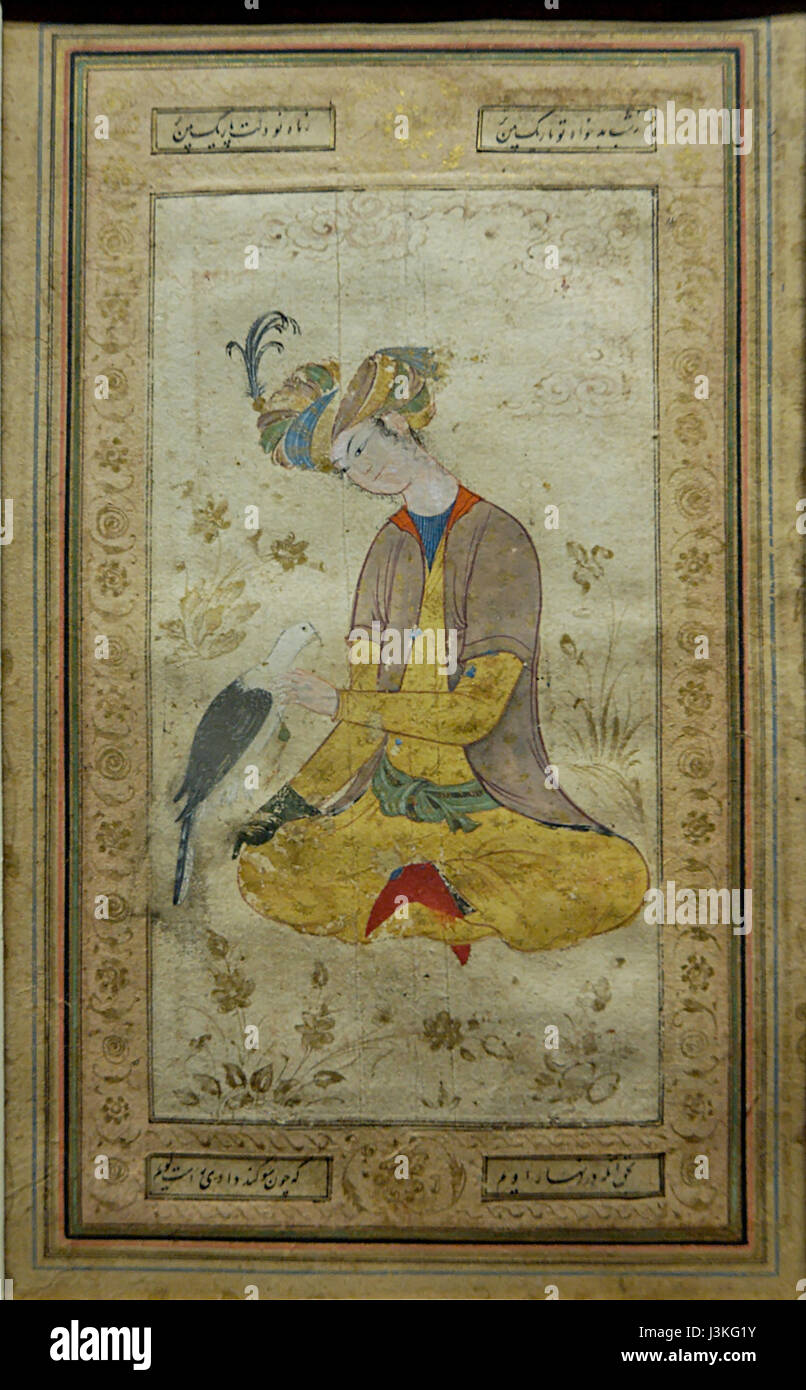 The Hunter Hawk, a prominent sculpture housed at the Louvre Museum, is a fine example of ancient Greek art. Depicting a hawk poised as if hunting, it reflects the Greeks' mastery of capturing movement and expression in marble. The sculpture is part of the museum’s extensive collection of Greek antiquities. Stock Photohttps://www.alamy.com/image-license-details/?v=1https://www.alamy.com/stock-photo-the-hunter-hawk-a-prominent-sculpture-housed-at-the-louvre-museum-139956599.html
The Hunter Hawk, a prominent sculpture housed at the Louvre Museum, is a fine example of ancient Greek art. Depicting a hawk poised as if hunting, it reflects the Greeks' mastery of capturing movement and expression in marble. The sculpture is part of the museum’s extensive collection of Greek antiquities. Stock Photohttps://www.alamy.com/image-license-details/?v=1https://www.alamy.com/stock-photo-the-hunter-hawk-a-prominent-sculpture-housed-at-the-louvre-museum-139956599.htmlRMJ3KG1Y–The Hunter Hawk, a prominent sculpture housed at the Louvre Museum, is a fine example of ancient Greek art. Depicting a hawk poised as if hunting, it reflects the Greeks' mastery of capturing movement and expression in marble. The sculpture is part of the museum’s extensive collection of Greek antiquities.
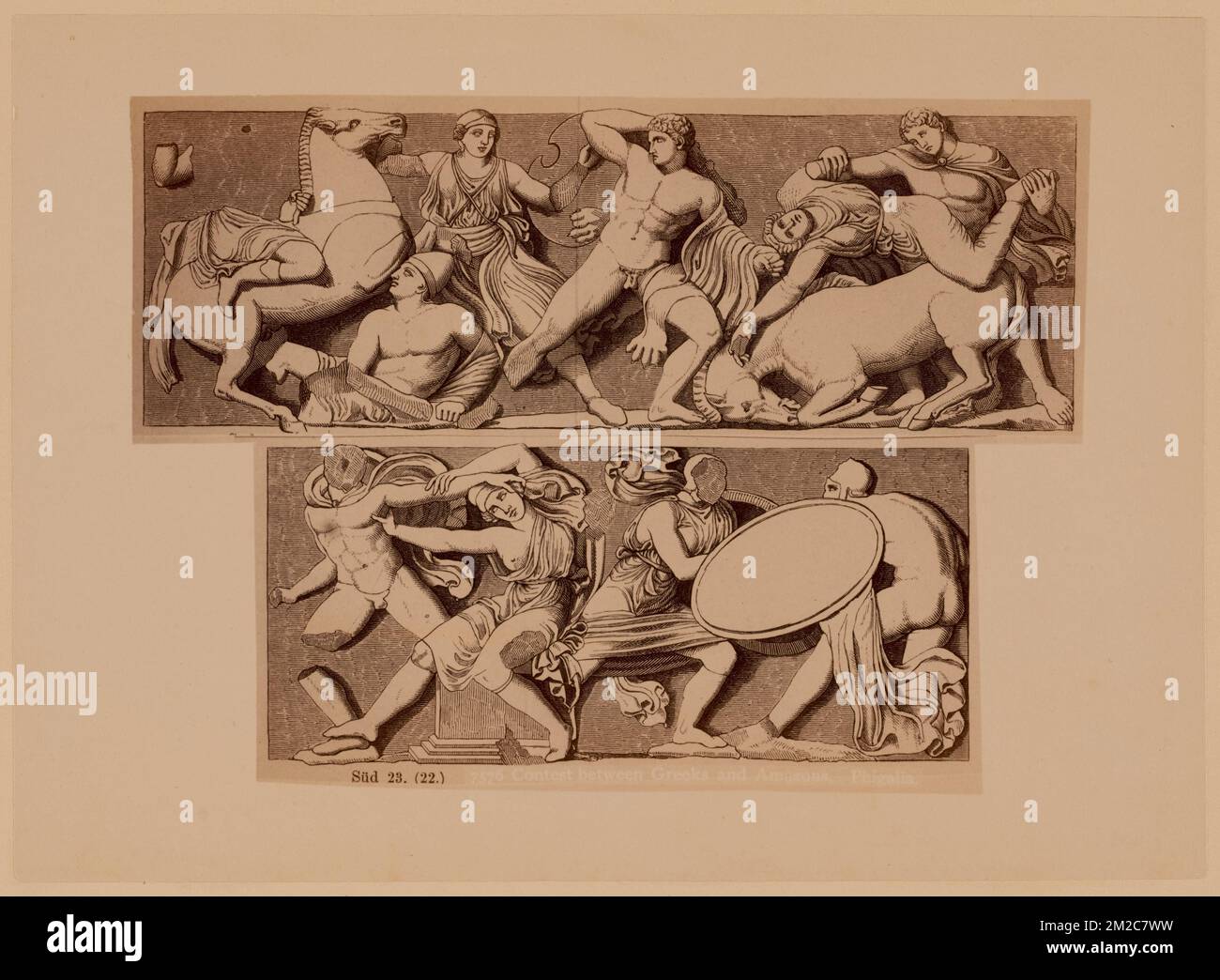 Contest between Greeks and Amazons - Phigalia , Antiquities, Campaigns & battles, Warriors, Amazons. Nicholas Catsimpoolas Collection Stock Photohttps://www.alamy.com/image-license-details/?v=1https://www.alamy.com/contest-between-greeks-and-amazons-phigalia-antiquities-campaigns-battles-warriors-amazons-nicholas-catsimpoolas-collection-image500599621.html
Contest between Greeks and Amazons - Phigalia , Antiquities, Campaigns & battles, Warriors, Amazons. Nicholas Catsimpoolas Collection Stock Photohttps://www.alamy.com/image-license-details/?v=1https://www.alamy.com/contest-between-greeks-and-amazons-phigalia-antiquities-campaigns-battles-warriors-amazons-nicholas-catsimpoolas-collection-image500599621.htmlRM2M2C7WW–Contest between Greeks and Amazons - Phigalia , Antiquities, Campaigns & battles, Warriors, Amazons. Nicholas Catsimpoolas Collection
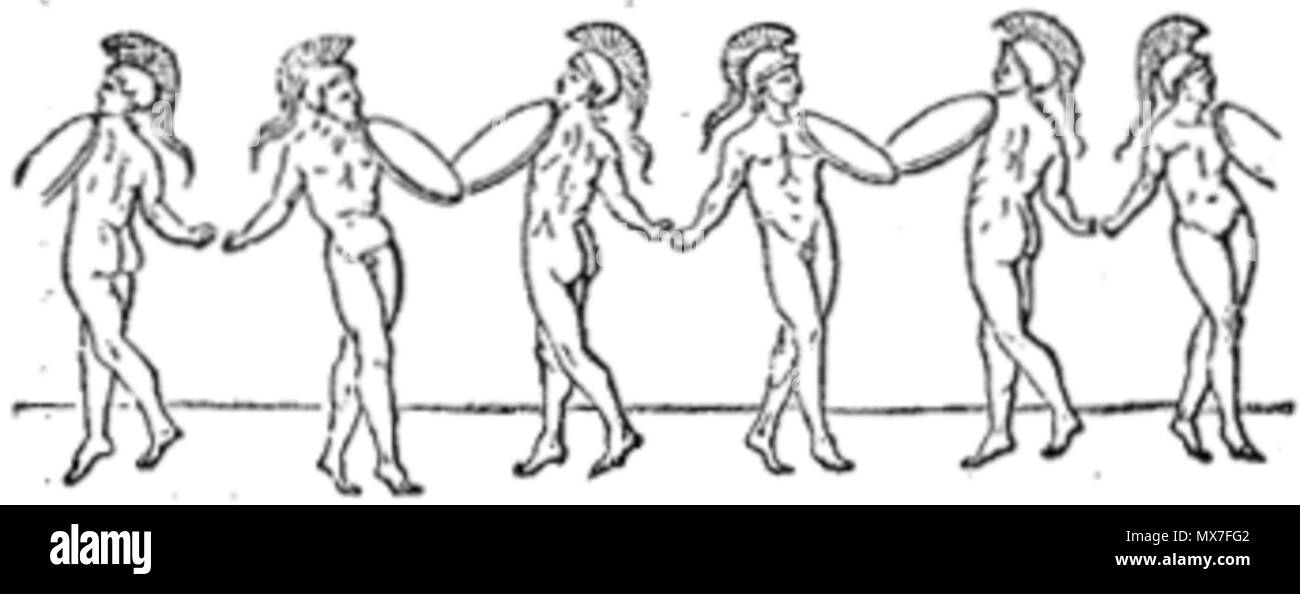 145 Corybantian dance from Smith's Dictionary of Antiquities (SALTATIO article) Stock Photohttps://www.alamy.com/image-license-details/?v=1https://www.alamy.com/145-corybantian-dance-from-smiths-dictionary-of-antiquities-saltatio-article-image188250610.html
145 Corybantian dance from Smith's Dictionary of Antiquities (SALTATIO article) Stock Photohttps://www.alamy.com/image-license-details/?v=1https://www.alamy.com/145-corybantian-dance-from-smiths-dictionary-of-antiquities-saltatio-article-image188250610.htmlRMMX7FG2–145 Corybantian dance from Smith's Dictionary of Antiquities (SALTATIO article)
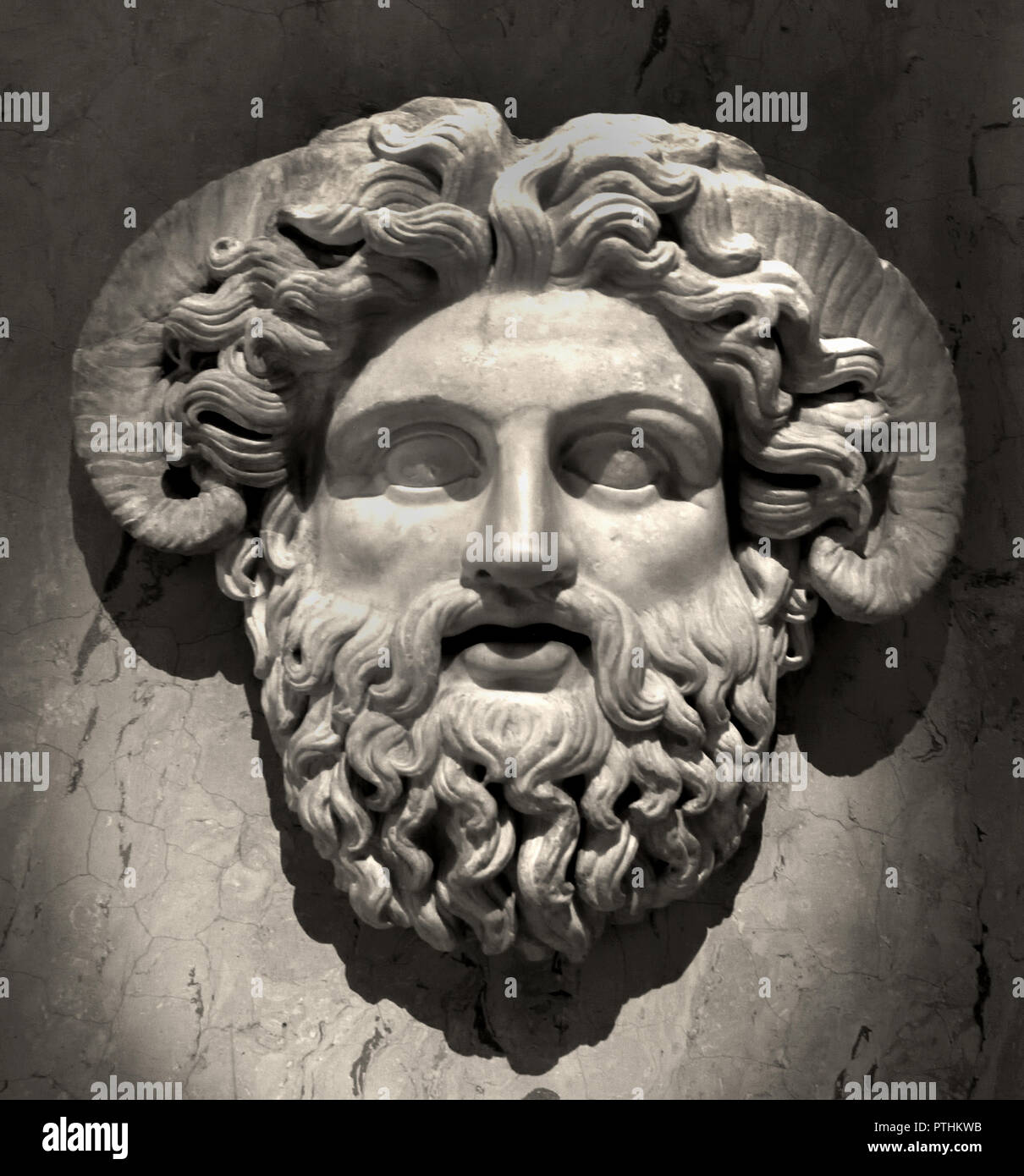 Mask: Zeus Ammon 2nd century AD Roman The Egyptian fertility god Amun was identified by the Greeks under the name Ammon with Zeus. Stock Photohttps://www.alamy.com/image-license-details/?v=1https://www.alamy.com/mask-zeus-ammon-2nd-century-ad-roman-the-egyptian-fertility-god-amun-was-identified-by-the-greeks-under-the-name-ammon-with-zeus-image221664951.html
Mask: Zeus Ammon 2nd century AD Roman The Egyptian fertility god Amun was identified by the Greeks under the name Ammon with Zeus. Stock Photohttps://www.alamy.com/image-license-details/?v=1https://www.alamy.com/mask-zeus-ammon-2nd-century-ad-roman-the-egyptian-fertility-god-amun-was-identified-by-the-greeks-under-the-name-ammon-with-zeus-image221664951.htmlRMPTHKWB–Mask: Zeus Ammon 2nd century AD Roman The Egyptian fertility god Amun was identified by the Greeks under the name Ammon with Zeus.
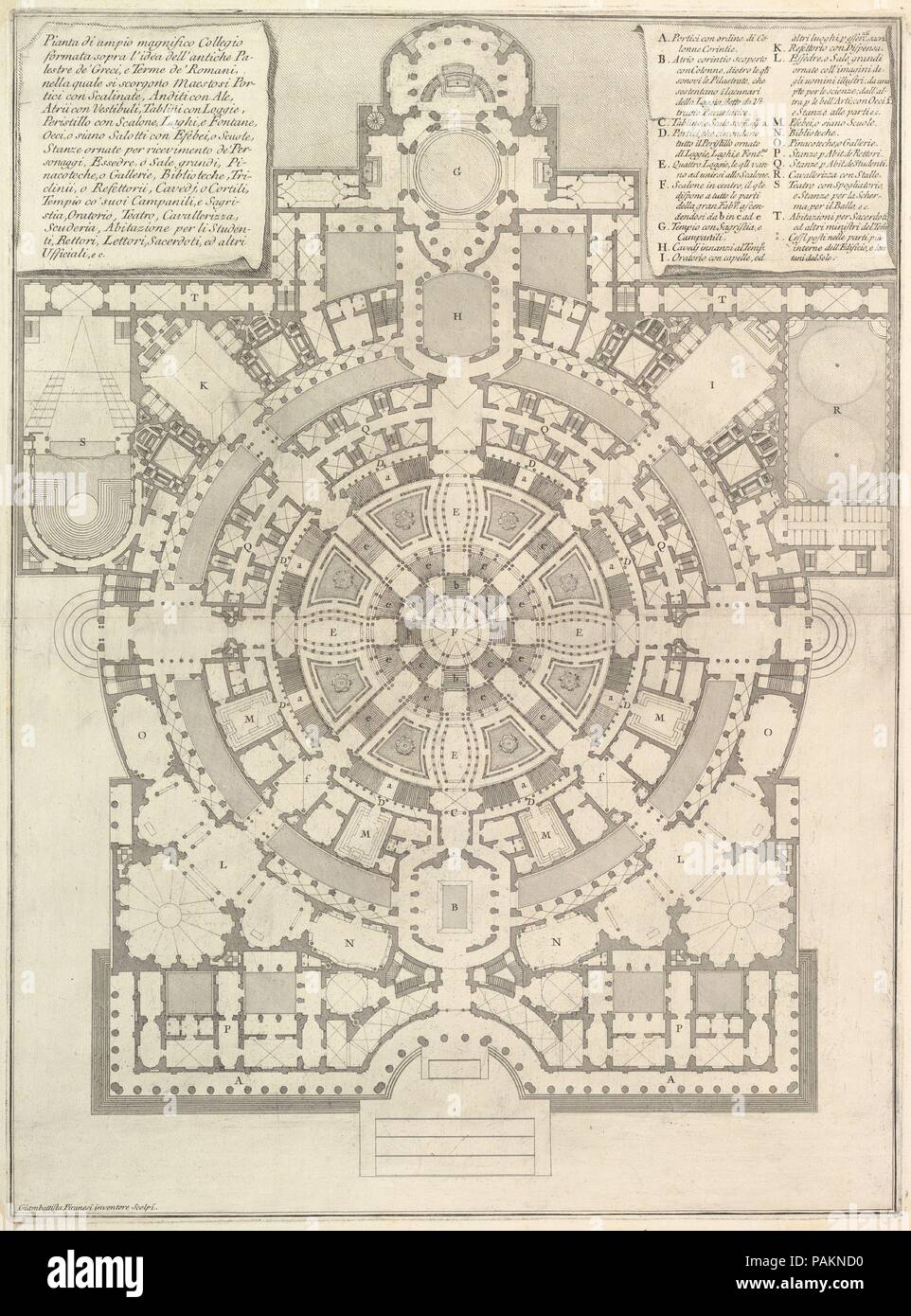 Plan of a spacious and magnificent College designed after the ancient gymnasia of the Greeks and the baths of the Romans..., from Opere Varie di Architettura, prospettive, grotteschi, antichità; inventate, ed incise da Giambattista Piranesi Architetto Veneziano (Various Works of Architecture, perspectives, grotesques and antiquities; designed and etched by Giambattista Piranesi, Venetian Architect). Artist: Giovanni Battista Piranesi (Italian, Mogliano Veneto 1720-1778 Rome). Dimensions: Sheet: 25 1/16 x 19 1/2 in. (63.6 x 49.5 cm) Plate: 23 11/16 x 17 1/2 in. (60.2 x 44.5 cm). Publisher: Gio Stock Photohttps://www.alamy.com/image-license-details/?v=1https://www.alamy.com/plan-of-a-spacious-and-magnificent-college-designed-after-the-ancient-gymnasia-of-the-greeks-and-the-baths-of-the-romans-from-opere-varie-di-architettura-prospettive-grotteschi-antichit-inventate-ed-incise-da-giambattista-piranesi-architetto-veneziano-various-works-of-architecture-perspectives-grotesques-and-antiquities-designed-and-etched-by-giambattista-piranesi-venetian-architect-artist-giovanni-battista-piranesi-italian-mogliano-veneto-1720-1778-rome-dimensions-sheet-25-116-x-19-12-in-636-x-495-cm-plate-23-1116-x-17-12-in-602-x-445-cm-publisher-gio-image213104892.html
Plan of a spacious and magnificent College designed after the ancient gymnasia of the Greeks and the baths of the Romans..., from Opere Varie di Architettura, prospettive, grotteschi, antichità; inventate, ed incise da Giambattista Piranesi Architetto Veneziano (Various Works of Architecture, perspectives, grotesques and antiquities; designed and etched by Giambattista Piranesi, Venetian Architect). Artist: Giovanni Battista Piranesi (Italian, Mogliano Veneto 1720-1778 Rome). Dimensions: Sheet: 25 1/16 x 19 1/2 in. (63.6 x 49.5 cm) Plate: 23 11/16 x 17 1/2 in. (60.2 x 44.5 cm). Publisher: Gio Stock Photohttps://www.alamy.com/image-license-details/?v=1https://www.alamy.com/plan-of-a-spacious-and-magnificent-college-designed-after-the-ancient-gymnasia-of-the-greeks-and-the-baths-of-the-romans-from-opere-varie-di-architettura-prospettive-grotteschi-antichit-inventate-ed-incise-da-giambattista-piranesi-architetto-veneziano-various-works-of-architecture-perspectives-grotesques-and-antiquities-designed-and-etched-by-giambattista-piranesi-venetian-architect-artist-giovanni-battista-piranesi-italian-mogliano-veneto-1720-1778-rome-dimensions-sheet-25-116-x-19-12-in-636-x-495-cm-plate-23-1116-x-17-12-in-602-x-445-cm-publisher-gio-image213104892.htmlRMPAKND0–Plan of a spacious and magnificent College designed after the ancient gymnasia of the Greeks and the baths of the Romans..., from Opere Varie di Architettura, prospettive, grotteschi, antichità; inventate, ed incise da Giambattista Piranesi Architetto Veneziano (Various Works of Architecture, perspectives, grotesques and antiquities; designed and etched by Giambattista Piranesi, Venetian Architect). Artist: Giovanni Battista Piranesi (Italian, Mogliano Veneto 1720-1778 Rome). Dimensions: Sheet: 25 1/16 x 19 1/2 in. (63.6 x 49.5 cm) Plate: 23 11/16 x 17 1/2 in. (60.2 x 44.5 cm). Publisher: Gio
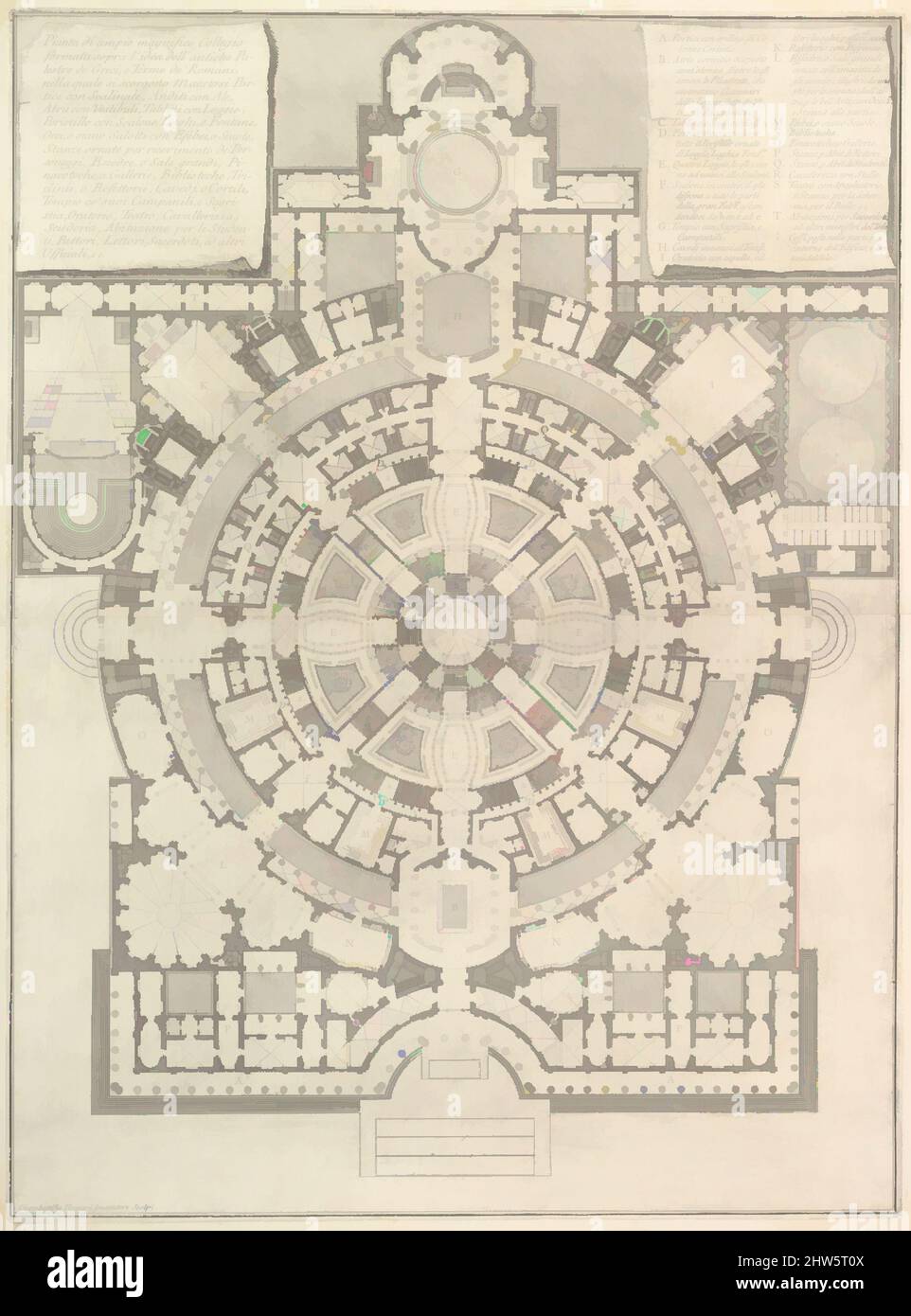 Art inspired by Plan of a spacious and magnificent College designed after the ancient gymnasia of the Greeks and the baths of the Romans..., from Opere Varie di Architettura, prospettive, grotteschi, antichità; inventate, ed incise da Giambattista Piranesi Architetto Veneziano (Various, Classic works modernized by Artotop with a splash of modernity. Shapes, color and value, eye-catching visual impact on art. Emotions through freedom of artworks in a contemporary way. A timeless message pursuing a wildly creative new direction. Artists turning to the digital medium and creating the Artotop NFT Stock Photohttps://www.alamy.com/image-license-details/?v=1https://www.alamy.com/art-inspired-by-plan-of-a-spacious-and-magnificent-college-designed-after-the-ancient-gymnasia-of-the-greeks-and-the-baths-of-the-romans-from-opere-varie-di-architettura-prospettive-grotteschi-antichit-inventate-ed-incise-da-giambattista-piranesi-architetto-veneziano-various-classic-works-modernized-by-artotop-with-a-splash-of-modernity-shapes-color-and-value-eye-catching-visual-impact-on-art-emotions-through-freedom-of-artworks-in-a-contemporary-way-a-timeless-message-pursuing-a-wildly-creative-new-direction-artists-turning-to-the-digital-medium-and-creating-the-artotop-nft-image462964570.html
Art inspired by Plan of a spacious and magnificent College designed after the ancient gymnasia of the Greeks and the baths of the Romans..., from Opere Varie di Architettura, prospettive, grotteschi, antichità; inventate, ed incise da Giambattista Piranesi Architetto Veneziano (Various, Classic works modernized by Artotop with a splash of modernity. Shapes, color and value, eye-catching visual impact on art. Emotions through freedom of artworks in a contemporary way. A timeless message pursuing a wildly creative new direction. Artists turning to the digital medium and creating the Artotop NFT Stock Photohttps://www.alamy.com/image-license-details/?v=1https://www.alamy.com/art-inspired-by-plan-of-a-spacious-and-magnificent-college-designed-after-the-ancient-gymnasia-of-the-greeks-and-the-baths-of-the-romans-from-opere-varie-di-architettura-prospettive-grotteschi-antichit-inventate-ed-incise-da-giambattista-piranesi-architetto-veneziano-various-classic-works-modernized-by-artotop-with-a-splash-of-modernity-shapes-color-and-value-eye-catching-visual-impact-on-art-emotions-through-freedom-of-artworks-in-a-contemporary-way-a-timeless-message-pursuing-a-wildly-creative-new-direction-artists-turning-to-the-digital-medium-and-creating-the-artotop-nft-image462964570.htmlRF2HW5T0X–Art inspired by Plan of a spacious and magnificent College designed after the ancient gymnasia of the Greeks and the baths of the Romans..., from Opere Varie di Architettura, prospettive, grotteschi, antichità; inventate, ed incise da Giambattista Piranesi Architetto Veneziano (Various, Classic works modernized by Artotop with a splash of modernity. Shapes, color and value, eye-catching visual impact on art. Emotions through freedom of artworks in a contemporary way. A timeless message pursuing a wildly creative new direction. Artists turning to the digital medium and creating the Artotop NFT
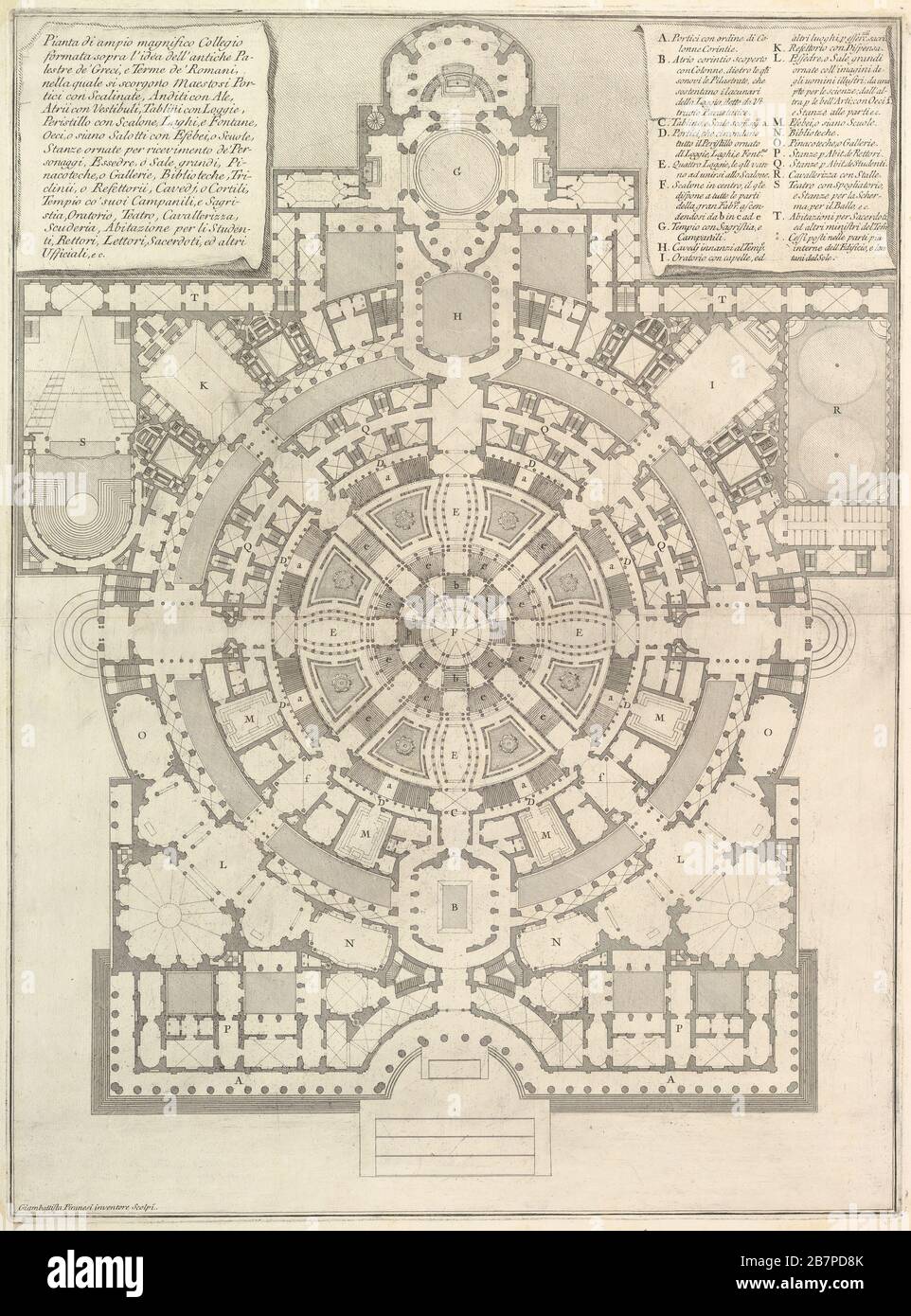 Plan of a spacious and magnificent College designed after the ancient gymnasia of the Greeks and the baths of the Romans..., from Opere Varie di Architettura, prospettive, grotteschi, antichità; inventate, ed incise da Giambattista Piranesi Architetto Veneziano (Various Works of Architecture, perspectives, grotesques and antiquities; designed and etched by Giambattista Piranesi, Venetian Architect), 1750. Stock Photohttps://www.alamy.com/image-license-details/?v=1https://www.alamy.com/plan-of-a-spacious-and-magnificent-college-designed-after-the-ancient-gymnasia-of-the-greeks-and-the-baths-of-the-romans-from-opere-varie-di-architettura-prospettive-grotteschi-antichitxe0-inventate-ed-incise-da-giambattista-piranesi-architetto-veneziano-various-works-of-architecture-perspectives-grotesques-and-antiquities-designed-and-etched-by-giambattista-piranesi-venetian-architect-1750-image349003331.html
Plan of a spacious and magnificent College designed after the ancient gymnasia of the Greeks and the baths of the Romans..., from Opere Varie di Architettura, prospettive, grotteschi, antichità; inventate, ed incise da Giambattista Piranesi Architetto Veneziano (Various Works of Architecture, perspectives, grotesques and antiquities; designed and etched by Giambattista Piranesi, Venetian Architect), 1750. Stock Photohttps://www.alamy.com/image-license-details/?v=1https://www.alamy.com/plan-of-a-spacious-and-magnificent-college-designed-after-the-ancient-gymnasia-of-the-greeks-and-the-baths-of-the-romans-from-opere-varie-di-architettura-prospettive-grotteschi-antichitxe0-inventate-ed-incise-da-giambattista-piranesi-architetto-veneziano-various-works-of-architecture-perspectives-grotesques-and-antiquities-designed-and-etched-by-giambattista-piranesi-venetian-architect-1750-image349003331.htmlRM2B7PD8K–Plan of a spacious and magnificent College designed after the ancient gymnasia of the Greeks and the baths of the Romans..., from Opere Varie di Architettura, prospettive, grotteschi, antichità; inventate, ed incise da Giambattista Piranesi Architetto Veneziano (Various Works of Architecture, perspectives, grotesques and antiquities; designed and etched by Giambattista Piranesi, Venetian Architect), 1750.
 London. England. British Museum, Relief from the Mausoleum at Halikarnassos (Halicarnassus or Tomb of Mausolus), Section from the Amazon Frieze, detai Stock Photohttps://www.alamy.com/image-license-details/?v=1https://www.alamy.com/london-england-british-museum-relief-from-the-mausoleum-at-halikarnassos-halicarnassus-or-tomb-of-mausolus-section-from-the-amazon-frieze-detai-image181452975.html
London. England. British Museum, Relief from the Mausoleum at Halikarnassos (Halicarnassus or Tomb of Mausolus), Section from the Amazon Frieze, detai Stock Photohttps://www.alamy.com/image-license-details/?v=1https://www.alamy.com/london-england-british-museum-relief-from-the-mausoleum-at-halikarnassos-halicarnassus-or-tomb-of-mausolus-section-from-the-amazon-frieze-detai-image181452975.htmlRMMF5W3B–London. England. British Museum, Relief from the Mausoleum at Halikarnassos (Halicarnassus or Tomb of Mausolus), Section from the Amazon Frieze, detai
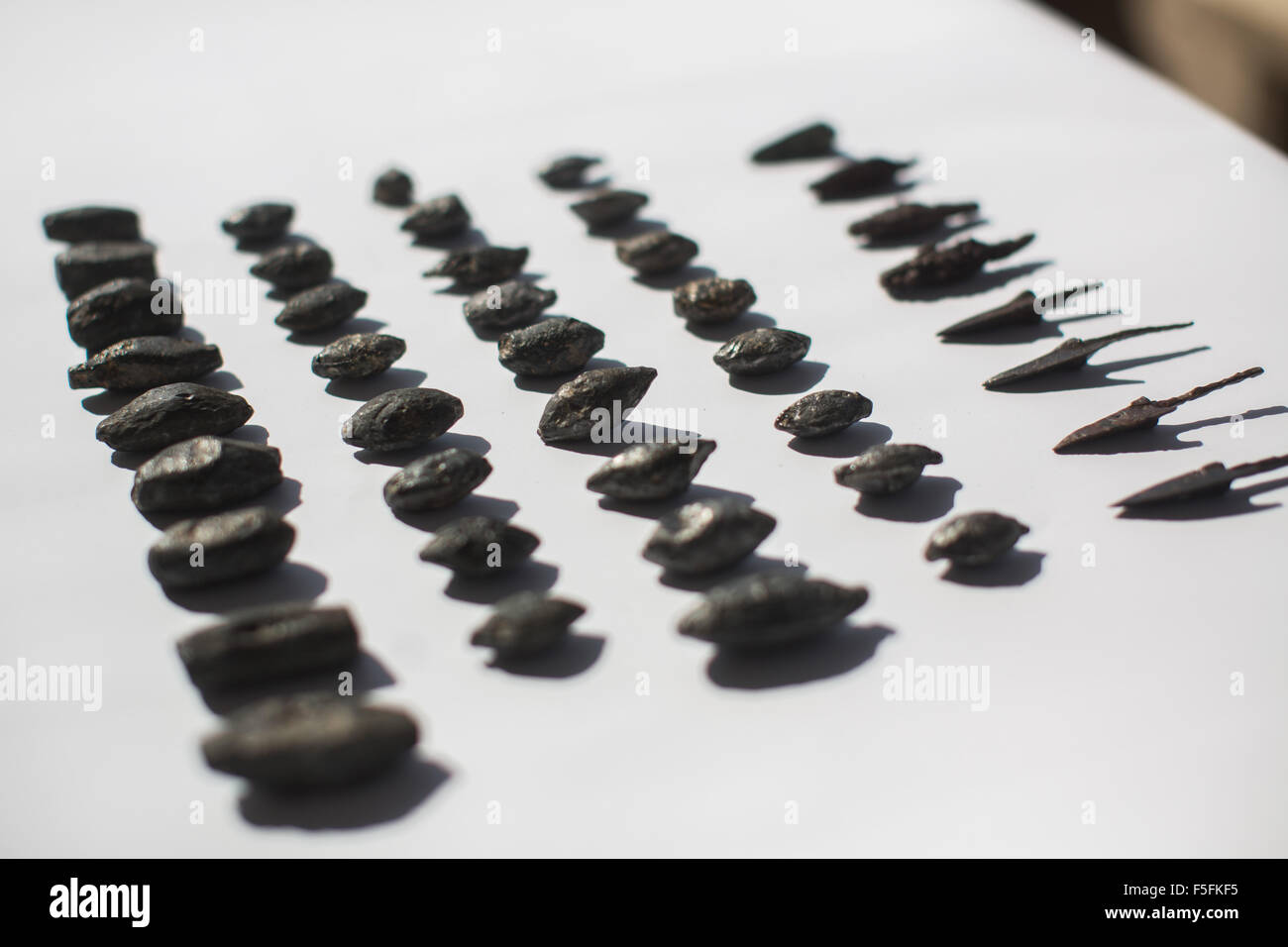 (151104) -- JERUSALEM, Nov. 4, 2015 (Xinhua) -- Archeological findings of sling stones and arrowheads are seen at an excavation area outside the walled Old City of Jerusalem, on Nov. 3, 2015. The Israeli Antiquities Authority announced on Tuesday that archeologists apparently found the remains of an old Greek fortress, describing the discovery as 'a solution to one of the great archaeological riddles in the history of Jerusalem.' Researchers uncovered in recent months the remains of a citadel in Jerusalem's City of David, which they believe are the remnants of Acra, a stronghold of the Greeks Stock Photohttps://www.alamy.com/image-license-details/?v=1https://www.alamy.com/stock-photo-151104-jerusalem-nov-4-2015-xinhua-archeological-findings-of-sling-89469721.html
(151104) -- JERUSALEM, Nov. 4, 2015 (Xinhua) -- Archeological findings of sling stones and arrowheads are seen at an excavation area outside the walled Old City of Jerusalem, on Nov. 3, 2015. The Israeli Antiquities Authority announced on Tuesday that archeologists apparently found the remains of an old Greek fortress, describing the discovery as 'a solution to one of the great archaeological riddles in the history of Jerusalem.' Researchers uncovered in recent months the remains of a citadel in Jerusalem's City of David, which they believe are the remnants of Acra, a stronghold of the Greeks Stock Photohttps://www.alamy.com/image-license-details/?v=1https://www.alamy.com/stock-photo-151104-jerusalem-nov-4-2015-xinhua-archeological-findings-of-sling-89469721.htmlRMF5FKF5–(151104) -- JERUSALEM, Nov. 4, 2015 (Xinhua) -- Archeological findings of sling stones and arrowheads are seen at an excavation area outside the walled Old City of Jerusalem, on Nov. 3, 2015. The Israeli Antiquities Authority announced on Tuesday that archeologists apparently found the remains of an old Greek fortress, describing the discovery as 'a solution to one of the great archaeological riddles in the history of Jerusalem.' Researchers uncovered in recent months the remains of a citadel in Jerusalem's City of David, which they believe are the remnants of Acra, a stronghold of the Greeks
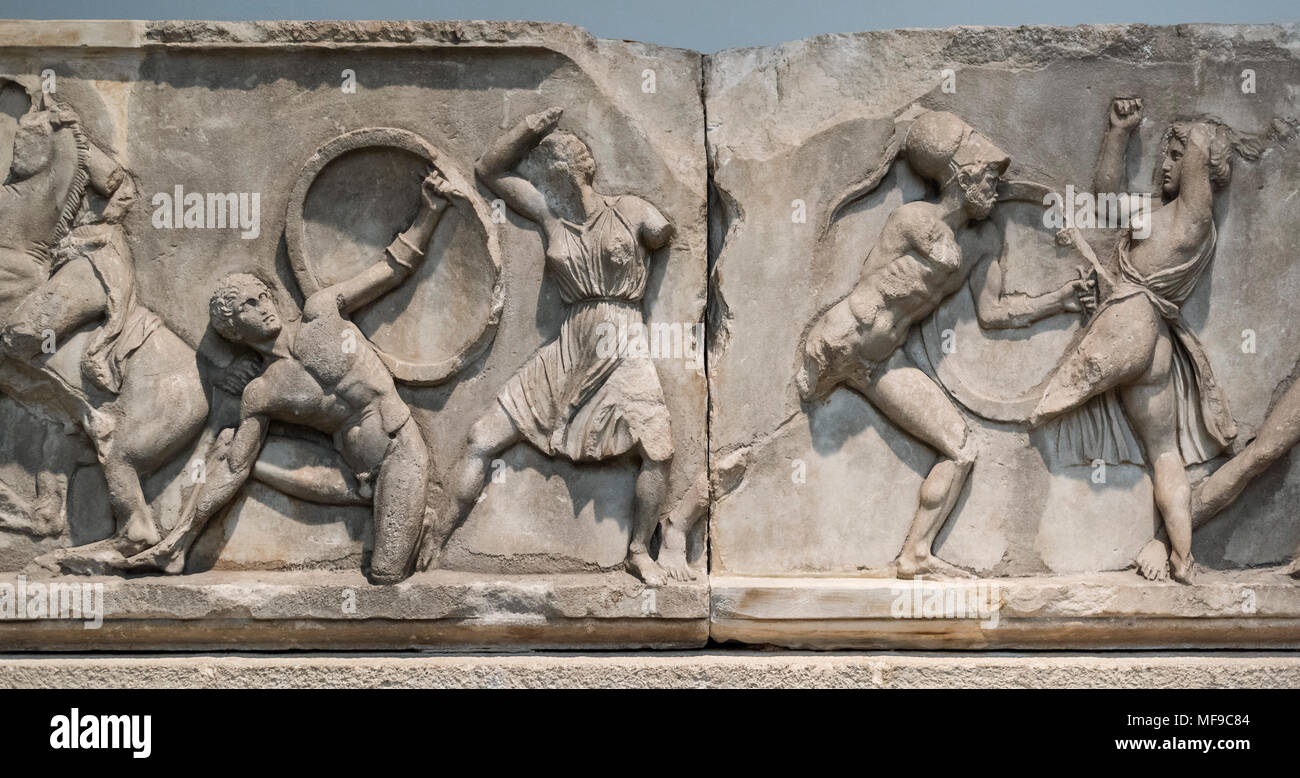 London. England. British Museum, Relief from the Mausoleum at Halikarnassos (Halicarnassus or Tomb of Mausolus), Section from the Amazon Frieze, detai Stock Photohttps://www.alamy.com/image-license-details/?v=1https://www.alamy.com/london-england-british-museum-relief-from-the-mausoleum-at-halikarnassos-halicarnassus-or-tomb-of-mausolus-section-from-the-amazon-frieze-detai-image181530724.html
London. England. British Museum, Relief from the Mausoleum at Halikarnassos (Halicarnassus or Tomb of Mausolus), Section from the Amazon Frieze, detai Stock Photohttps://www.alamy.com/image-license-details/?v=1https://www.alamy.com/london-england-british-museum-relief-from-the-mausoleum-at-halikarnassos-halicarnassus-or-tomb-of-mausolus-section-from-the-amazon-frieze-detai-image181530724.htmlRMMF9C84–London. England. British Museum, Relief from the Mausoleum at Halikarnassos (Halicarnassus or Tomb of Mausolus), Section from the Amazon Frieze, detai
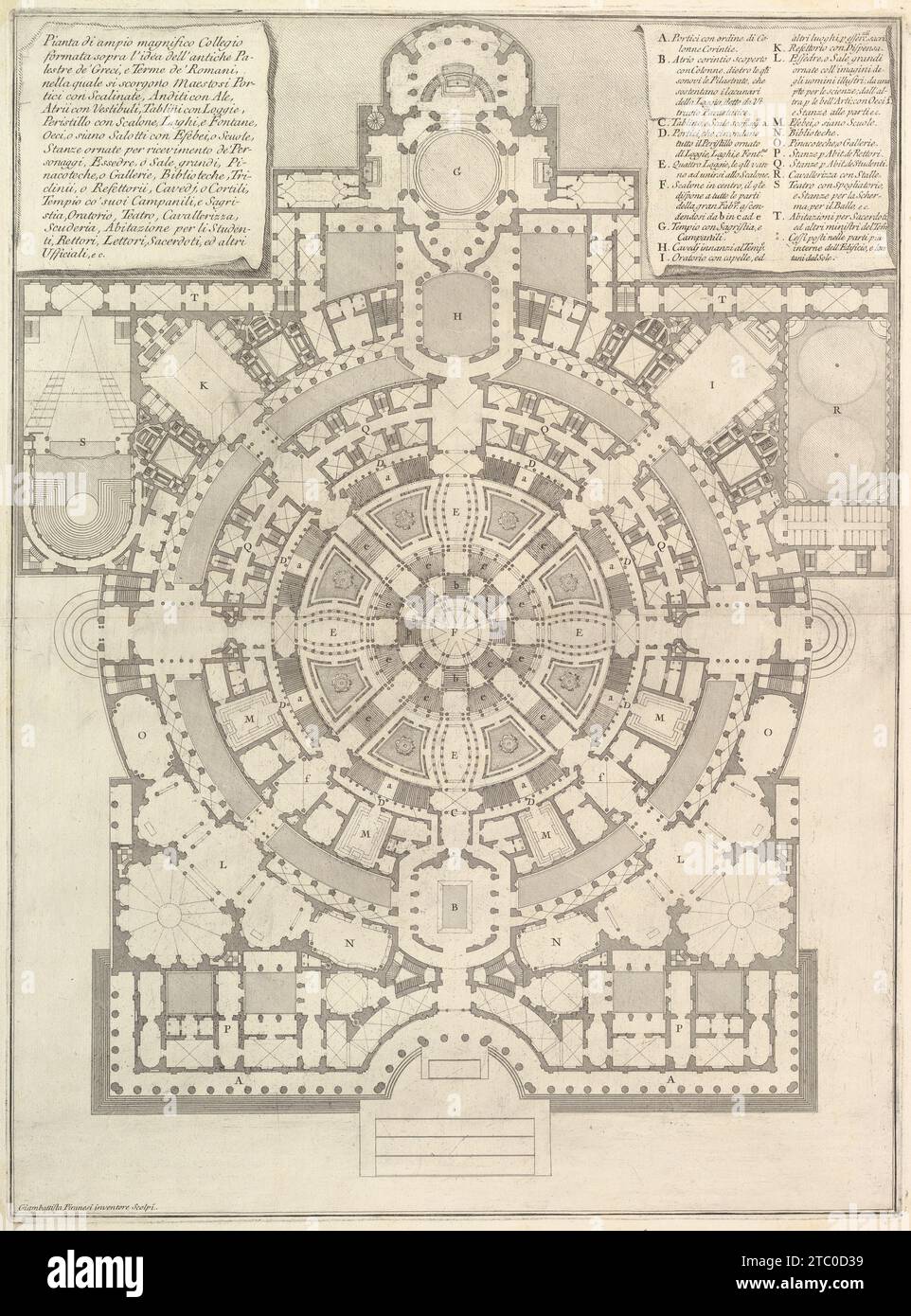 Plan of a spacious and magnificent College designed after the ancient gymnasia of the Greeks and the baths of the Romans..., from 'Opere Varie di Architettura, prospettive, grotteschi, antichita; inventate, ed incise da Giambattista Piranesi Architetto Veneziano' (Various Works of Architecture, perspectives, grotesques and antiquities; designed and etched by Giambattista Piranesi, Venetian Architect) 1937 by Giovanni Battista Piranesi Stock Photohttps://www.alamy.com/image-license-details/?v=1https://www.alamy.com/plan-of-a-spacious-and-magnificent-college-designed-after-the-ancient-gymnasia-of-the-greeks-and-the-baths-of-the-romans-from-opere-varie-di-architettura-prospettive-grotteschi-antichita-inventate-ed-incise-da-giambattista-piranesi-architetto-veneziano-various-works-of-architecture-perspectives-grotesques-and-antiquities-designed-and-etched-by-giambattista-piranesi-venetian-architect-1937-by-giovanni-battista-piranesi-image575328301.html
Plan of a spacious and magnificent College designed after the ancient gymnasia of the Greeks and the baths of the Romans..., from 'Opere Varie di Architettura, prospettive, grotteschi, antichita; inventate, ed incise da Giambattista Piranesi Architetto Veneziano' (Various Works of Architecture, perspectives, grotesques and antiquities; designed and etched by Giambattista Piranesi, Venetian Architect) 1937 by Giovanni Battista Piranesi Stock Photohttps://www.alamy.com/image-license-details/?v=1https://www.alamy.com/plan-of-a-spacious-and-magnificent-college-designed-after-the-ancient-gymnasia-of-the-greeks-and-the-baths-of-the-romans-from-opere-varie-di-architettura-prospettive-grotteschi-antichita-inventate-ed-incise-da-giambattista-piranesi-architetto-veneziano-various-works-of-architecture-perspectives-grotesques-and-antiquities-designed-and-etched-by-giambattista-piranesi-venetian-architect-1937-by-giovanni-battista-piranesi-image575328301.htmlRM2TC0D39–Plan of a spacious and magnificent College designed after the ancient gymnasia of the Greeks and the baths of the Romans..., from 'Opere Varie di Architettura, prospettive, grotteschi, antichita; inventate, ed incise da Giambattista Piranesi Architetto Veneziano' (Various Works of Architecture, perspectives, grotesques and antiquities; designed and etched by Giambattista Piranesi, Venetian Architect) 1937 by Giovanni Battista Piranesi
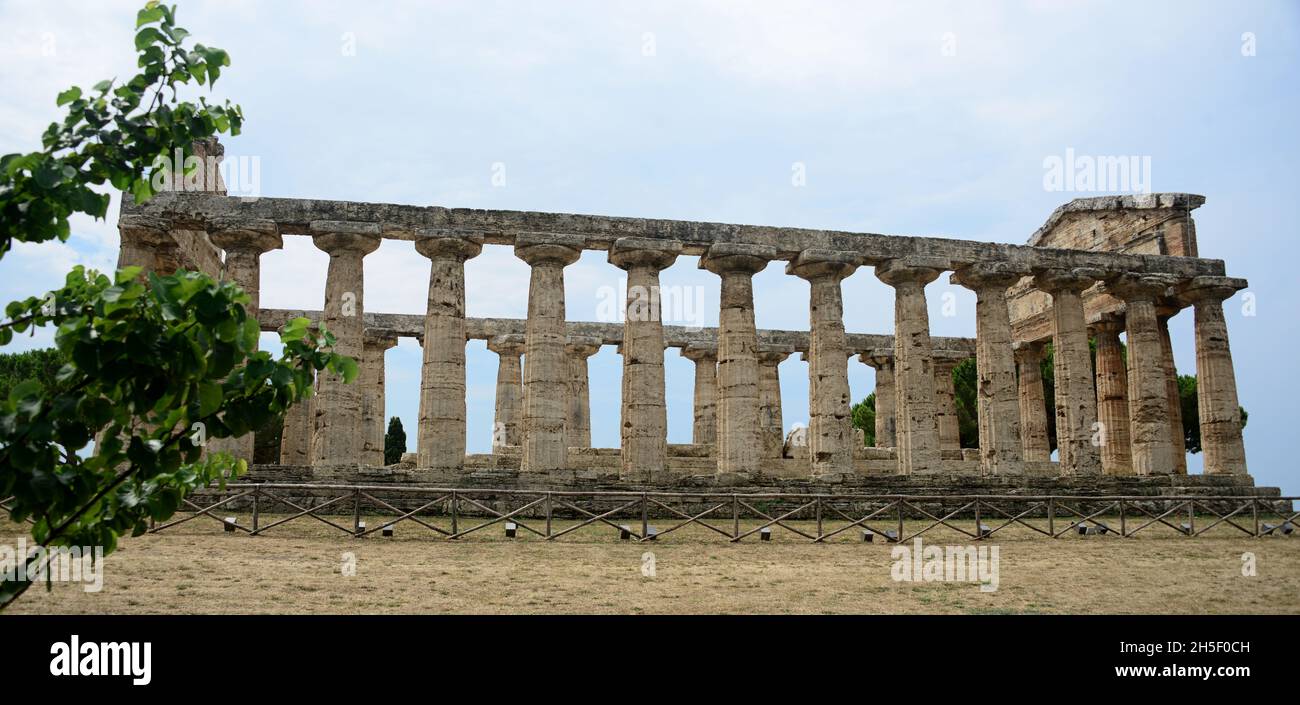 Temple of Athena-Paestum, an ancient city of Magna Graecia called by the Greeks Poseidonia in honor of Poseidon, but very devoted to Athena and Hera. Stock Photohttps://www.alamy.com/image-license-details/?v=1https://www.alamy.com/temple-of-athena-paestum-an-ancient-city-of-magna-graecia-called-by-the-greeks-poseidonia-in-honor-of-poseidon-but-very-devoted-to-athena-and-hera-image450872481.html
Temple of Athena-Paestum, an ancient city of Magna Graecia called by the Greeks Poseidonia in honor of Poseidon, but very devoted to Athena and Hera. Stock Photohttps://www.alamy.com/image-license-details/?v=1https://www.alamy.com/temple-of-athena-paestum-an-ancient-city-of-magna-graecia-called-by-the-greeks-poseidonia-in-honor-of-poseidon-but-very-devoted-to-athena-and-hera-image450872481.htmlRF2H5F0CH–Temple of Athena-Paestum, an ancient city of Magna Graecia called by the Greeks Poseidonia in honor of Poseidon, but very devoted to Athena and Hera.
![The Cyrene Marbles in the British Museum: Bacchus, 1861. Statue from Cyrene, an ancient Greek and later Roman city near present-day Shahhat, Libya. 'Statue of Bacchus, a Iittle above life-size [from]...a selection of antiquities collected by Mr. Werry, her Majesty's Vice-Consul at Ben-Ghazee, a town which represents the ancient Hesperides, afterwards Berenice, the westernmost of the five cities of the Cyrenaïca... The time during which Cyrene enjoyed a liberal form of government was happily that at which art and literature were in the highest state they reached among the Greeks. On this a Stock Photo The Cyrene Marbles in the British Museum: Bacchus, 1861. Statue from Cyrene, an ancient Greek and later Roman city near present-day Shahhat, Libya. 'Statue of Bacchus, a Iittle above life-size [from]...a selection of antiquities collected by Mr. Werry, her Majesty's Vice-Consul at Ben-Ghazee, a town which represents the ancient Hesperides, afterwards Berenice, the westernmost of the five cities of the Cyrenaïca... The time during which Cyrene enjoyed a liberal form of government was happily that at which art and literature were in the highest state they reached among the Greeks. On this a Stock Photo](https://c8.alamy.com/comp/2TBKDJK/the-cyrene-marbles-in-the-british-museum-bacchus-1861-statue-from-cyrene-an-ancient-greek-and-later-roman-city-near-present-day-shahhat-libya-statue-of-bacchus-a-iittle-above-life-size-from-a-selection-of-antiquities-collected-by-mr-werry-her-majestys-vice-consul-at-ben-ghazee-a-town-which-represents-the-ancient-hesperides-afterwards-berenice-the-westernmost-of-the-five-cities-of-the-cyrenaxefca-the-time-during-which-cyrene-enjoyed-a-liberal-form-of-government-was-happily-that-at-which-art-and-literature-were-in-the-highest-state-they-reached-among-the-greeks-on-this-a-2TBKDJK.jpg) The Cyrene Marbles in the British Museum: Bacchus, 1861. Statue from Cyrene, an ancient Greek and later Roman city near present-day Shahhat, Libya. 'Statue of Bacchus, a Iittle above life-size [from]...a selection of antiquities collected by Mr. Werry, her Majesty's Vice-Consul at Ben-Ghazee, a town which represents the ancient Hesperides, afterwards Berenice, the westernmost of the five cities of the Cyrenaïca... The time during which Cyrene enjoyed a liberal form of government was happily that at which art and literature were in the highest state they reached among the Greeks. On this a Stock Photohttps://www.alamy.com/image-license-details/?v=1https://www.alamy.com/the-cyrene-marbles-in-the-british-museum-bacchus-1861-statue-from-cyrene-an-ancient-greek-and-later-roman-city-near-present-day-shahhat-libya-statue-of-bacchus-a-iittle-above-life-size-from-a-selection-of-antiquities-collected-by-mr-werry-her-majestys-vice-consul-at-ben-ghazee-a-town-which-represents-the-ancient-hesperides-afterwards-berenice-the-westernmost-of-the-five-cities-of-the-cyrenaxefca-the-time-during-which-cyrene-enjoyed-a-liberal-form-of-government-was-happily-that-at-which-art-and-literature-were-in-the-highest-state-they-reached-among-the-greeks-on-this-a-image575131163.html
The Cyrene Marbles in the British Museum: Bacchus, 1861. Statue from Cyrene, an ancient Greek and later Roman city near present-day Shahhat, Libya. 'Statue of Bacchus, a Iittle above life-size [from]...a selection of antiquities collected by Mr. Werry, her Majesty's Vice-Consul at Ben-Ghazee, a town which represents the ancient Hesperides, afterwards Berenice, the westernmost of the five cities of the Cyrenaïca... The time during which Cyrene enjoyed a liberal form of government was happily that at which art and literature were in the highest state they reached among the Greeks. On this a Stock Photohttps://www.alamy.com/image-license-details/?v=1https://www.alamy.com/the-cyrene-marbles-in-the-british-museum-bacchus-1861-statue-from-cyrene-an-ancient-greek-and-later-roman-city-near-present-day-shahhat-libya-statue-of-bacchus-a-iittle-above-life-size-from-a-selection-of-antiquities-collected-by-mr-werry-her-majestys-vice-consul-at-ben-ghazee-a-town-which-represents-the-ancient-hesperides-afterwards-berenice-the-westernmost-of-the-five-cities-of-the-cyrenaxefca-the-time-during-which-cyrene-enjoyed-a-liberal-form-of-government-was-happily-that-at-which-art-and-literature-were-in-the-highest-state-they-reached-among-the-greeks-on-this-a-image575131163.htmlRM2TBKDJK–The Cyrene Marbles in the British Museum: Bacchus, 1861. Statue from Cyrene, an ancient Greek and later Roman city near present-day Shahhat, Libya. 'Statue of Bacchus, a Iittle above life-size [from]...a selection of antiquities collected by Mr. Werry, her Majesty's Vice-Consul at Ben-Ghazee, a town which represents the ancient Hesperides, afterwards Berenice, the westernmost of the five cities of the Cyrenaïca... The time during which Cyrene enjoyed a liberal form of government was happily that at which art and literature were in the highest state they reached among the Greeks. On this a
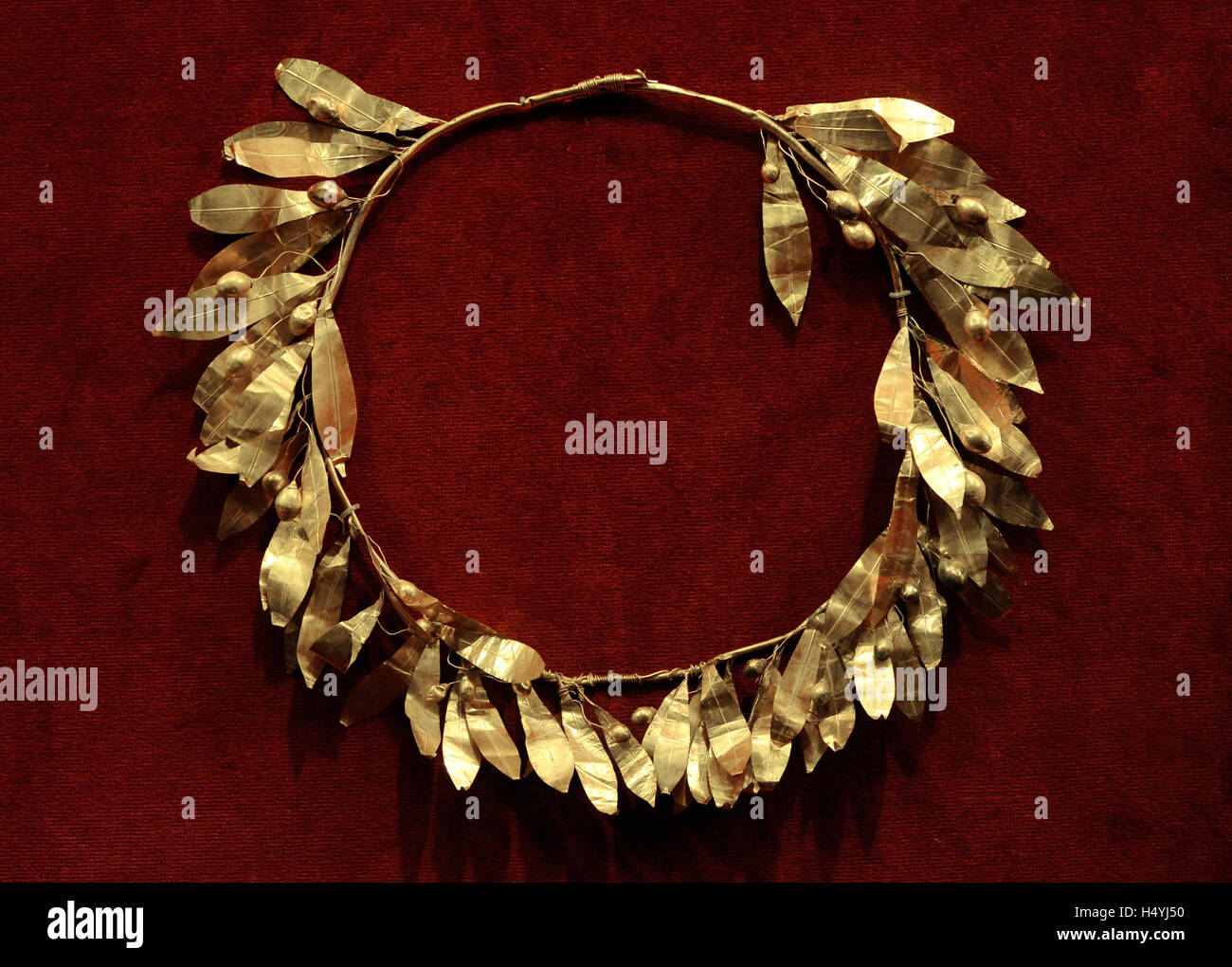 Gold crown of olive leaves. Greece. 300 BC. Museum of Mediterranean and Near Eastern Antiquities. Stockholm. Sweden. Stock Photohttps://www.alamy.com/image-license-details/?v=1https://www.alamy.com/stock-photo-gold-crown-of-olive-leaves-greece-300-bc-museum-of-mediterranean-and-123538156.html
Gold crown of olive leaves. Greece. 300 BC. Museum of Mediterranean and Near Eastern Antiquities. Stockholm. Sweden. Stock Photohttps://www.alamy.com/image-license-details/?v=1https://www.alamy.com/stock-photo-gold-crown-of-olive-leaves-greece-300-bc-museum-of-mediterranean-and-123538156.htmlRMH4YJ50–Gold crown of olive leaves. Greece. 300 BC. Museum of Mediterranean and Near Eastern Antiquities. Stockholm. Sweden.
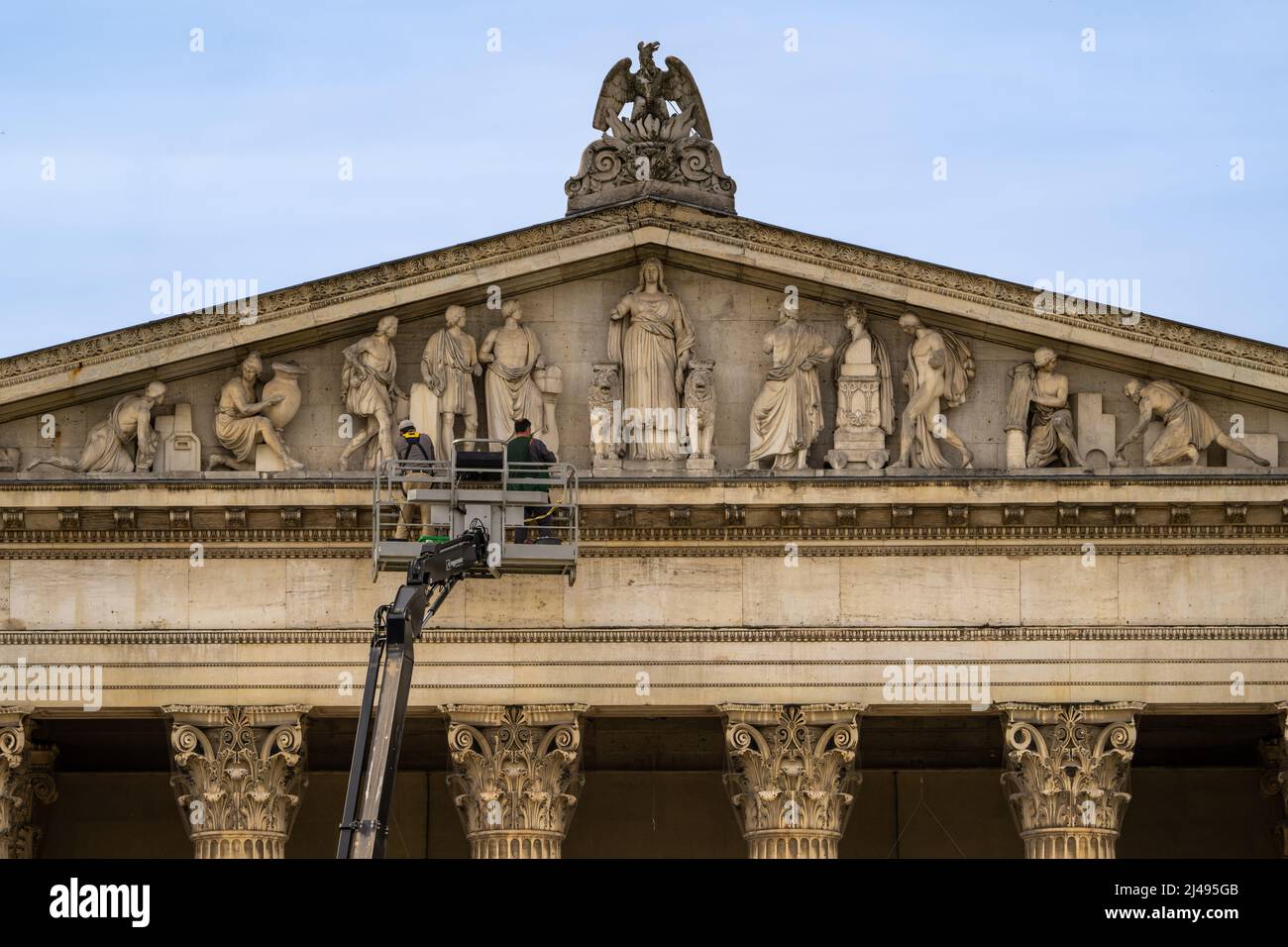 Munich, Germany. 13th Apr, 2022. Two men work on and examine the stone roof façade and frescoes above the entrance to the State Collection of Classical Antiquities on Königsplatz. Greek, Roman and Etruscan masterpieces are on display in the Antiquities Collections. Works of art and utilitarian objects of the Greeks, Etruscans and Romans made of a wide variety of materials such as ceramics, metal and stone are housed in the building. Credit: Peter Kneffel/dpa/Alamy Live News Stock Photohttps://www.alamy.com/image-license-details/?v=1https://www.alamy.com/munich-germany-13th-apr-2022-two-men-work-on-and-examine-the-stone-roof-faade-and-frescoes-above-the-entrance-to-the-state-collection-of-classical-antiquities-on-knigsplatz-greek-roman-and-etruscan-masterpieces-are-on-display-in-the-antiquities-collections-works-of-art-and-utilitarian-objects-of-the-greeks-etruscans-and-romans-made-of-a-wide-variety-of-materials-such-as-ceramics-metal-and-stone-are-housed-in-the-building-credit-peter-kneffeldpaalamy-live-news-image467340507.html
Munich, Germany. 13th Apr, 2022. Two men work on and examine the stone roof façade and frescoes above the entrance to the State Collection of Classical Antiquities on Königsplatz. Greek, Roman and Etruscan masterpieces are on display in the Antiquities Collections. Works of art and utilitarian objects of the Greeks, Etruscans and Romans made of a wide variety of materials such as ceramics, metal and stone are housed in the building. Credit: Peter Kneffel/dpa/Alamy Live News Stock Photohttps://www.alamy.com/image-license-details/?v=1https://www.alamy.com/munich-germany-13th-apr-2022-two-men-work-on-and-examine-the-stone-roof-faade-and-frescoes-above-the-entrance-to-the-state-collection-of-classical-antiquities-on-knigsplatz-greek-roman-and-etruscan-masterpieces-are-on-display-in-the-antiquities-collections-works-of-art-and-utilitarian-objects-of-the-greeks-etruscans-and-romans-made-of-a-wide-variety-of-materials-such-as-ceramics-metal-and-stone-are-housed-in-the-building-credit-peter-kneffeldpaalamy-live-news-image467340507.htmlRM2J495GB–Munich, Germany. 13th Apr, 2022. Two men work on and examine the stone roof façade and frescoes above the entrance to the State Collection of Classical Antiquities on Königsplatz. Greek, Roman and Etruscan masterpieces are on display in the Antiquities Collections. Works of art and utilitarian objects of the Greeks, Etruscans and Romans made of a wide variety of materials such as ceramics, metal and stone are housed in the building. Credit: Peter Kneffel/dpa/Alamy Live News
 An overview of an excavation area at the City of David Archeology Park outside the Old City of Jerusalem, near the East Jerusalem neighborhood of Silwan, November 3, 2015. According to the Israel Antiquities Authority, after years of excavations underneath the Givati parking lot, the remains of a stronghold, the Acra, used by the Greeks more than 2,000 years ago to control the Temple Mount during the reign of King Antiochus Epiphanes (c. 215-164 BCE) were discovered at the excavation site. Archeological findings of sling stones, arrowheads, and ballistas stones were recovered and are evidence Stock Photohttps://www.alamy.com/image-license-details/?v=1https://www.alamy.com/an-overview-of-an-excavation-area-at-the-city-of-david-archeology-park-outside-the-old-city-of-jerusalem-near-the-east-jerusalem-neighborhood-of-silwan-november-3-2015-according-to-the-israel-antiquities-authority-after-years-of-excavations-underneath-the-givati-parking-lot-the-remains-of-a-stronghold-the-acra-used-by-the-greeks-more-than-2000-years-ago-to-control-the-temple-mount-during-the-reign-of-king-antiochus-epiphanes-c-215-164-bce-were-discovered-at-the-excavation-site-archeological-findings-of-sling-stones-arrowheads-and-ballistas-stones-were-recovered-and-are-evidence-image257492955.html
An overview of an excavation area at the City of David Archeology Park outside the Old City of Jerusalem, near the East Jerusalem neighborhood of Silwan, November 3, 2015. According to the Israel Antiquities Authority, after years of excavations underneath the Givati parking lot, the remains of a stronghold, the Acra, used by the Greeks more than 2,000 years ago to control the Temple Mount during the reign of King Antiochus Epiphanes (c. 215-164 BCE) were discovered at the excavation site. Archeological findings of sling stones, arrowheads, and ballistas stones were recovered and are evidence Stock Photohttps://www.alamy.com/image-license-details/?v=1https://www.alamy.com/an-overview-of-an-excavation-area-at-the-city-of-david-archeology-park-outside-the-old-city-of-jerusalem-near-the-east-jerusalem-neighborhood-of-silwan-november-3-2015-according-to-the-israel-antiquities-authority-after-years-of-excavations-underneath-the-givati-parking-lot-the-remains-of-a-stronghold-the-acra-used-by-the-greeks-more-than-2000-years-ago-to-control-the-temple-mount-during-the-reign-of-king-antiochus-epiphanes-c-215-164-bce-were-discovered-at-the-excavation-site-archeological-findings-of-sling-stones-arrowheads-and-ballistas-stones-were-recovered-and-are-evidence-image257492955.htmlRMTXWPTY–An overview of an excavation area at the City of David Archeology Park outside the Old City of Jerusalem, near the East Jerusalem neighborhood of Silwan, November 3, 2015. According to the Israel Antiquities Authority, after years of excavations underneath the Givati parking lot, the remains of a stronghold, the Acra, used by the Greeks more than 2,000 years ago to control the Temple Mount during the reign of King Antiochus Epiphanes (c. 215-164 BCE) were discovered at the excavation site. Archeological findings of sling stones, arrowheads, and ballistas stones were recovered and are evidence
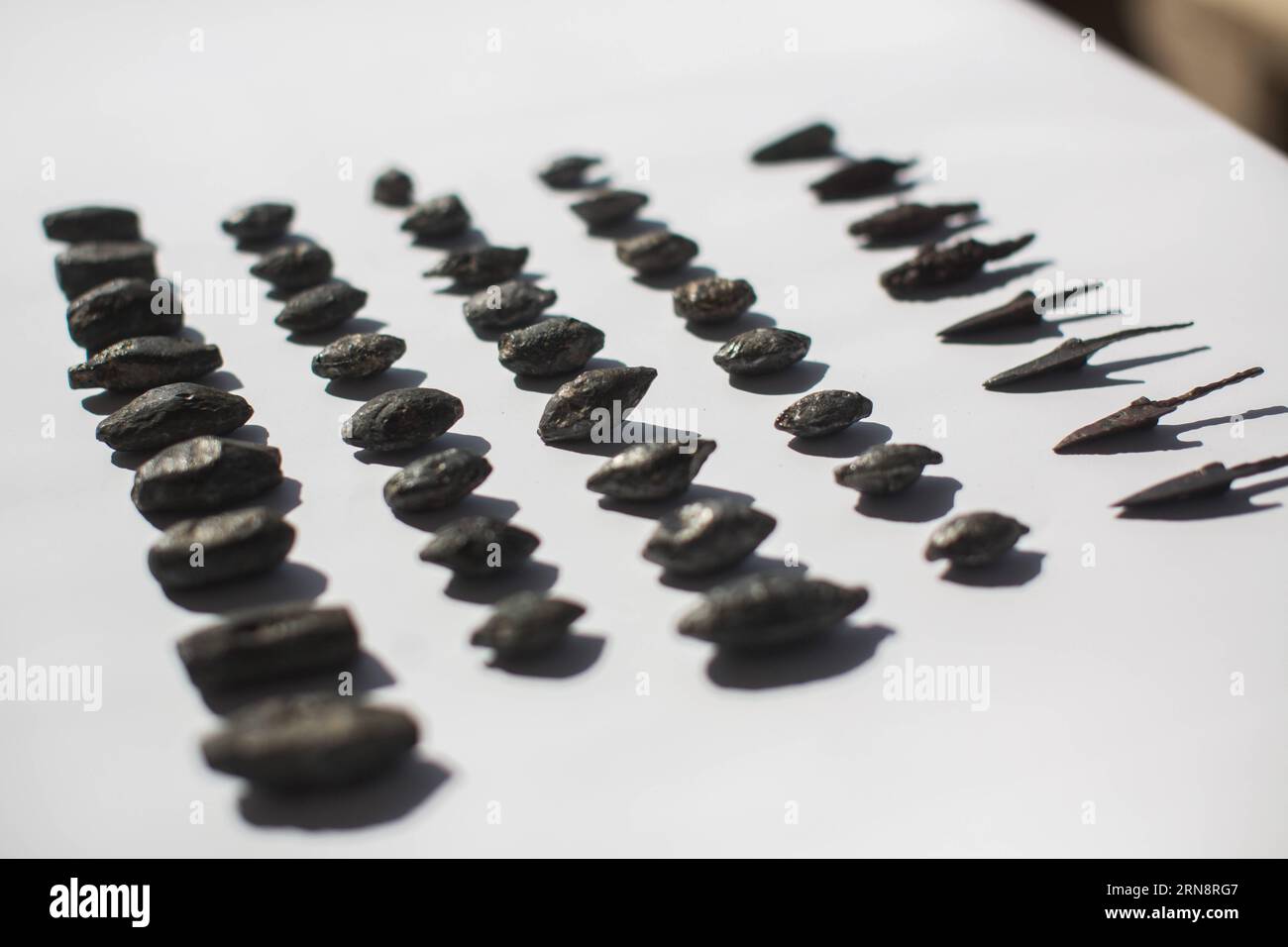 (151104) -- JERUSALEM, Nov. 3, 2015 -- Archeological findings of sling stones and arrowheads are seen at an excavation area outside the walled Old City of Jerusalem, on Nov. 3, 2015. The Israeli Antiquities Authority announced on Tuesday that archeologists apparently found the remains of an old Greek fortress, describing the discovery as a solution to one of the great archaeological riddles in the history of Jerusalem. Researchers uncovered in recent months the remains of a citadel in Jerusalem s City of David, which they believe are the remnants of Acra, a stronghold of the Greeks who control Stock Photohttps://www.alamy.com/image-license-details/?v=1https://www.alamy.com/151104-jerusalem-nov-3-2015-archeological-findings-of-sling-stones-and-arrowheads-are-seen-at-an-excavation-area-outside-the-walled-old-city-of-jerusalem-on-nov-3-2015-the-israeli-antiquities-authority-announced-on-tuesday-that-archeologists-apparently-found-the-remains-of-an-old-greek-fortress-describing-the-discovery-as-a-solution-to-one-of-the-great-archaeological-riddles-in-the-history-of-jerusalem-researchers-uncovered-in-recent-months-the-remains-of-a-citadel-in-jerusalem-s-city-of-david-which-they-believe-are-the-remnants-of-acra-a-stronghold-of-the-greeks-who-control-image563833655.html
(151104) -- JERUSALEM, Nov. 3, 2015 -- Archeological findings of sling stones and arrowheads are seen at an excavation area outside the walled Old City of Jerusalem, on Nov. 3, 2015. The Israeli Antiquities Authority announced on Tuesday that archeologists apparently found the remains of an old Greek fortress, describing the discovery as a solution to one of the great archaeological riddles in the history of Jerusalem. Researchers uncovered in recent months the remains of a citadel in Jerusalem s City of David, which they believe are the remnants of Acra, a stronghold of the Greeks who control Stock Photohttps://www.alamy.com/image-license-details/?v=1https://www.alamy.com/151104-jerusalem-nov-3-2015-archeological-findings-of-sling-stones-and-arrowheads-are-seen-at-an-excavation-area-outside-the-walled-old-city-of-jerusalem-on-nov-3-2015-the-israeli-antiquities-authority-announced-on-tuesday-that-archeologists-apparently-found-the-remains-of-an-old-greek-fortress-describing-the-discovery-as-a-solution-to-one-of-the-great-archaeological-riddles-in-the-history-of-jerusalem-researchers-uncovered-in-recent-months-the-remains-of-a-citadel-in-jerusalem-s-city-of-david-which-they-believe-are-the-remnants-of-acra-a-stronghold-of-the-greeks-who-control-image563833655.htmlRM2RN8RG7–(151104) -- JERUSALEM, Nov. 3, 2015 -- Archeological findings of sling stones and arrowheads are seen at an excavation area outside the walled Old City of Jerusalem, on Nov. 3, 2015. The Israeli Antiquities Authority announced on Tuesday that archeologists apparently found the remains of an old Greek fortress, describing the discovery as a solution to one of the great archaeological riddles in the history of Jerusalem. Researchers uncovered in recent months the remains of a citadel in Jerusalem s City of David, which they believe are the remnants of Acra, a stronghold of the Greeks who control
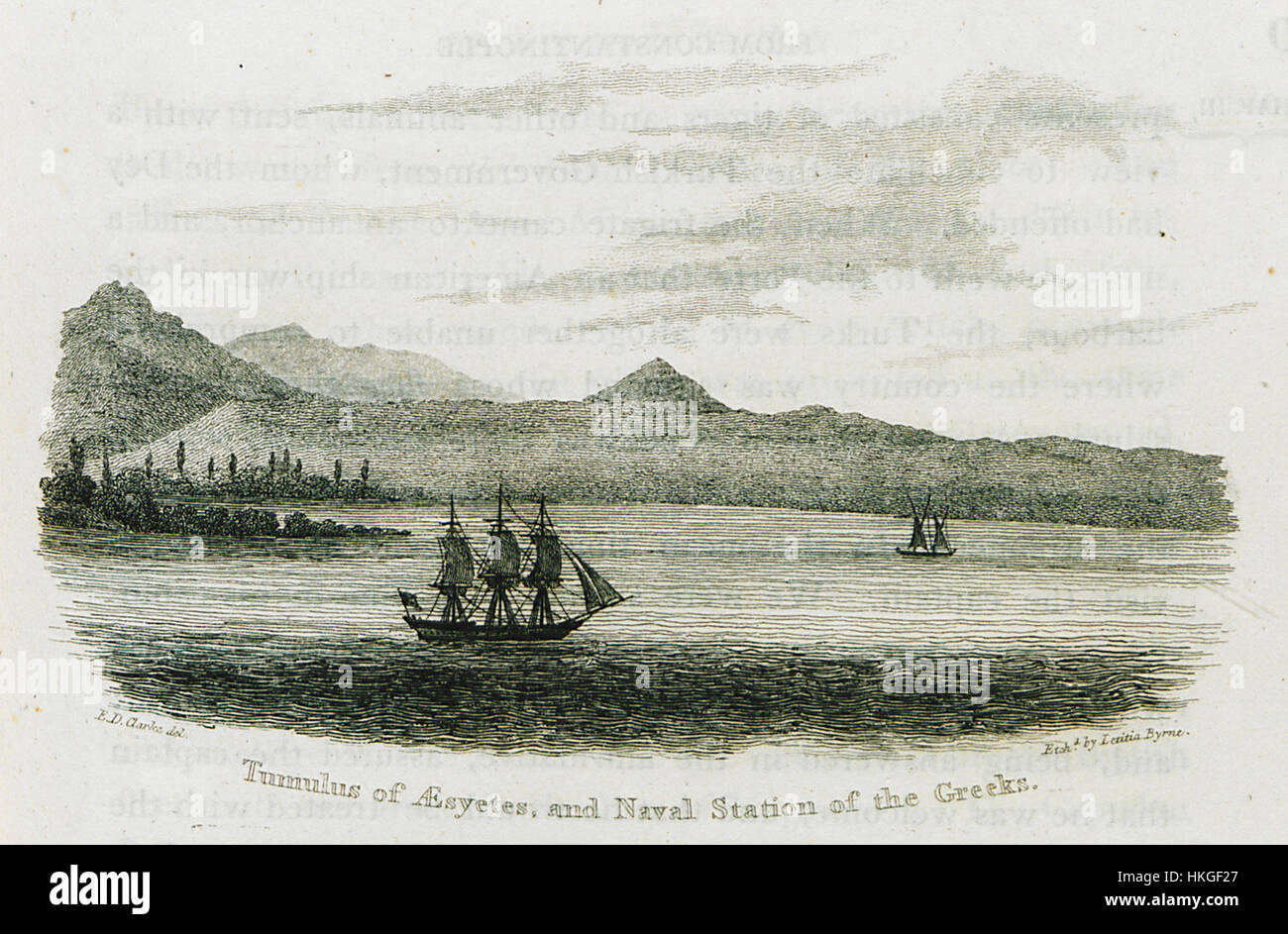 Clarke Edward Daniel’s 1824 painting 'Tumulus of Aesyetes' and 'Naval Station of the Greeks' depicts an archaeological site, focusing on an ancient tomb and the naval station in a historical context. The painting serves as a record of Greek antiquity and the way ancient naval stations were incorporated into Greek civilization. Stock Photohttps://www.alamy.com/image-license-details/?v=1https://www.alamy.com/stock-photo-clarke-edward-daniels-1824-painting-tumulus-of-aesyetes-and-naval-132514095.html
Clarke Edward Daniel’s 1824 painting 'Tumulus of Aesyetes' and 'Naval Station of the Greeks' depicts an archaeological site, focusing on an ancient tomb and the naval station in a historical context. The painting serves as a record of Greek antiquity and the way ancient naval stations were incorporated into Greek civilization. Stock Photohttps://www.alamy.com/image-license-details/?v=1https://www.alamy.com/stock-photo-clarke-edward-daniels-1824-painting-tumulus-of-aesyetes-and-naval-132514095.htmlRMHKGF27–Clarke Edward Daniel’s 1824 painting 'Tumulus of Aesyetes' and 'Naval Station of the Greeks' depicts an archaeological site, focusing on an ancient tomb and the naval station in a historical context. The painting serves as a record of Greek antiquity and the way ancient naval stations were incorporated into Greek civilization.
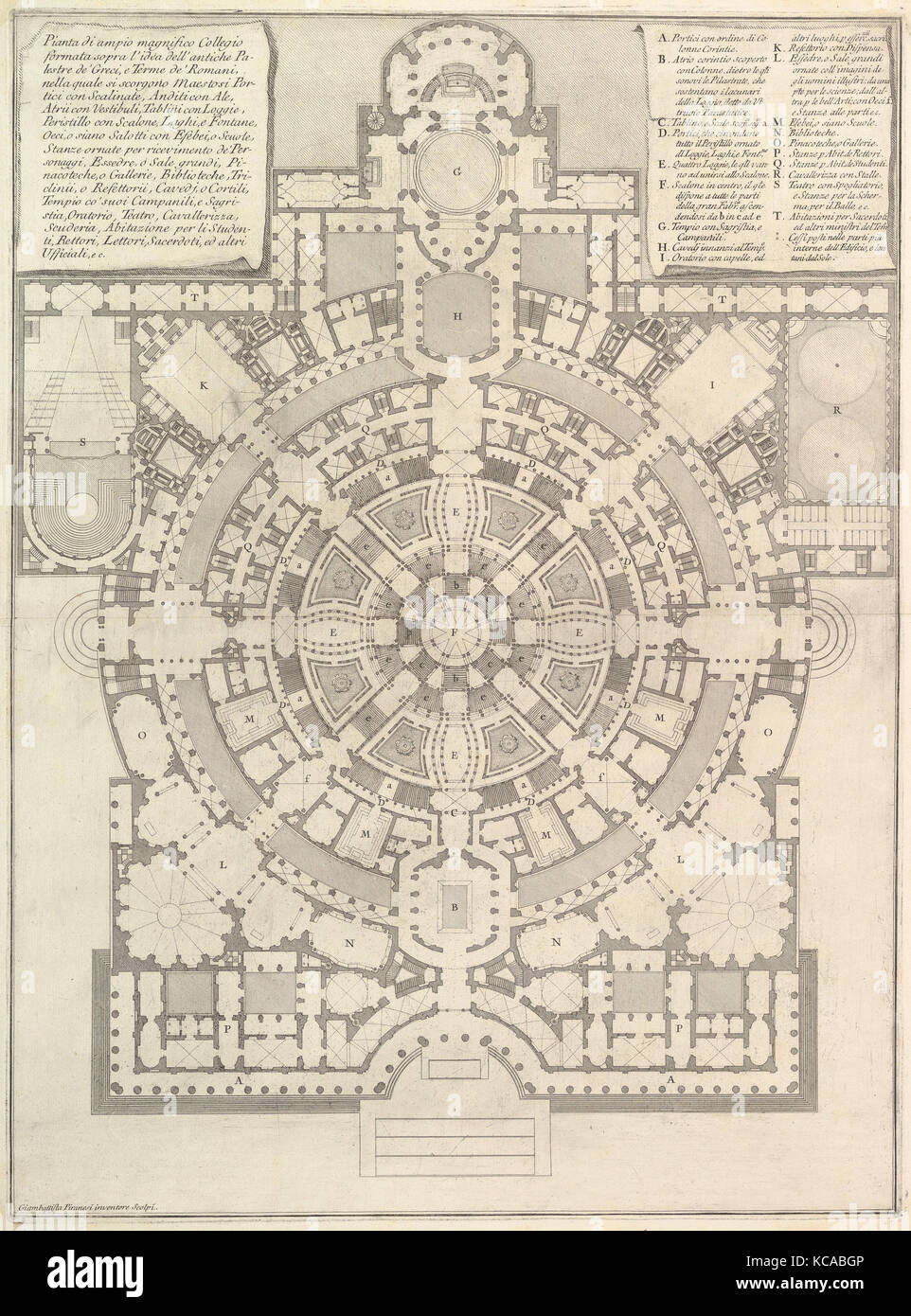 Plan of a spacious and magnificent College designed after the ancient gymnasia of the Greeks and the baths of the Romans Stock Photohttps://www.alamy.com/image-license-details/?v=1https://www.alamy.com/stock-image-plan-of-a-spacious-and-magnificent-college-designed-after-the-ancient-162497798.html
Plan of a spacious and magnificent College designed after the ancient gymnasia of the Greeks and the baths of the Romans Stock Photohttps://www.alamy.com/image-license-details/?v=1https://www.alamy.com/stock-image-plan-of-a-spacious-and-magnificent-college-designed-after-the-ancient-162497798.htmlRMKCABGP–Plan of a spacious and magnificent College designed after the ancient gymnasia of the Greeks and the baths of the Romans
 This 1787 work discusses the antiquities of the Etruscans, Greeks, and Romans, featuring detailed depictions of vases and paintings in their original colors. Stock Photohttps://www.alamy.com/image-license-details/?v=1https://www.alamy.com/stock-photo-this-1787-work-discusses-the-antiquities-of-the-etruscans-greeks-and-176864756.html
This 1787 work discusses the antiquities of the Etruscans, Greeks, and Romans, featuring detailed depictions of vases and paintings in their original colors. Stock Photohttps://www.alamy.com/image-license-details/?v=1https://www.alamy.com/stock-photo-this-1787-work-discusses-the-antiquities-of-the-etruscans-greeks-and-176864756.htmlRMM7MTPC–This 1787 work discusses the antiquities of the Etruscans, Greeks, and Romans, featuring detailed depictions of vases and paintings in their original colors.
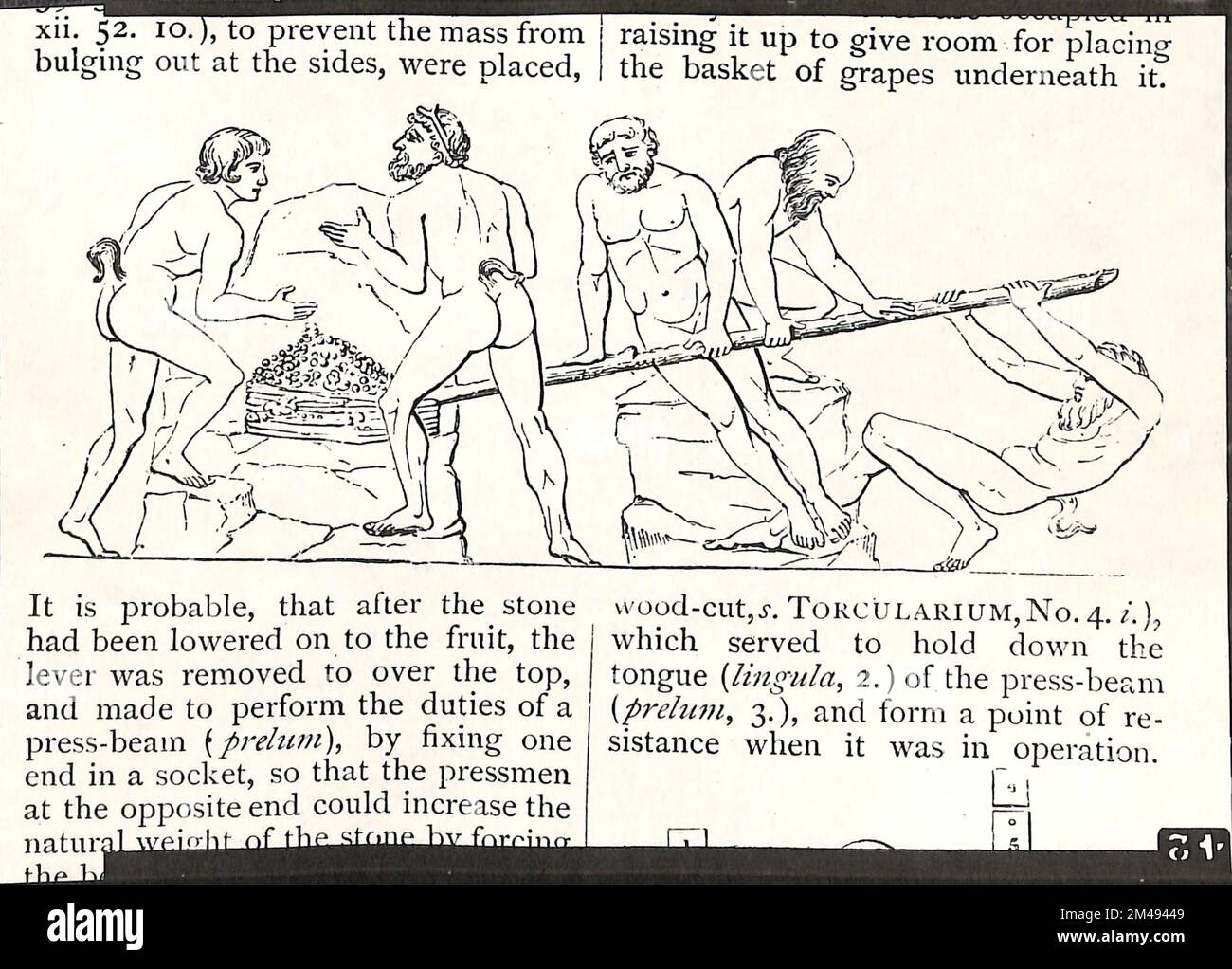 Torcular. Original caption: From ' A Dictionary of Roman and Greek Antiquities' by Anthony Rich. London, 1901 Copy 2. P. 674. Stock Photohttps://www.alamy.com/image-license-details/?v=1https://www.alamy.com/torcular-original-caption-from-a-dictionary-of-roman-and-greek-antiquities-by-anthony-rich-london-1901-copy-2-p-674-image501760121.html
Torcular. Original caption: From ' A Dictionary of Roman and Greek Antiquities' by Anthony Rich. London, 1901 Copy 2. P. 674. Stock Photohttps://www.alamy.com/image-license-details/?v=1https://www.alamy.com/torcular-original-caption-from-a-dictionary-of-roman-and-greek-antiquities-by-anthony-rich-london-1901-copy-2-p-674-image501760121.htmlRM2M49449–Torcular. Original caption: From ' A Dictionary of Roman and Greek Antiquities' by Anthony Rich. London, 1901 Copy 2. P. 674.
 991 Mann u Frau v Argentiera - Griechenland Oder Sitten Bräuche Trachten Und Denkmäler Der Griechen Nach Den Neuesten Und Beste Quellen Bearbeitet - 1825 Stock Photohttps://www.alamy.com/image-license-details/?v=1https://www.alamy.com/991-mann-u-frau-v-argentiera-griechenland-oder-sitten-bruche-trachten-und-denkmler-der-griechen-nach-den-neuesten-und-beste-quellen-bearbeitet-1825-image213749918.html
991 Mann u Frau v Argentiera - Griechenland Oder Sitten Bräuche Trachten Und Denkmäler Der Griechen Nach Den Neuesten Und Beste Quellen Bearbeitet - 1825 Stock Photohttps://www.alamy.com/image-license-details/?v=1https://www.alamy.com/991-mann-u-frau-v-argentiera-griechenland-oder-sitten-bruche-trachten-und-denkmler-der-griechen-nach-den-neuesten-und-beste-quellen-bearbeitet-1825-image213749918.htmlRMPBN45J–991 Mann u Frau v Argentiera - Griechenland Oder Sitten Bräuche Trachten Und Denkmäler Der Griechen Nach Den Neuesten Und Beste Quellen Bearbeitet - 1825
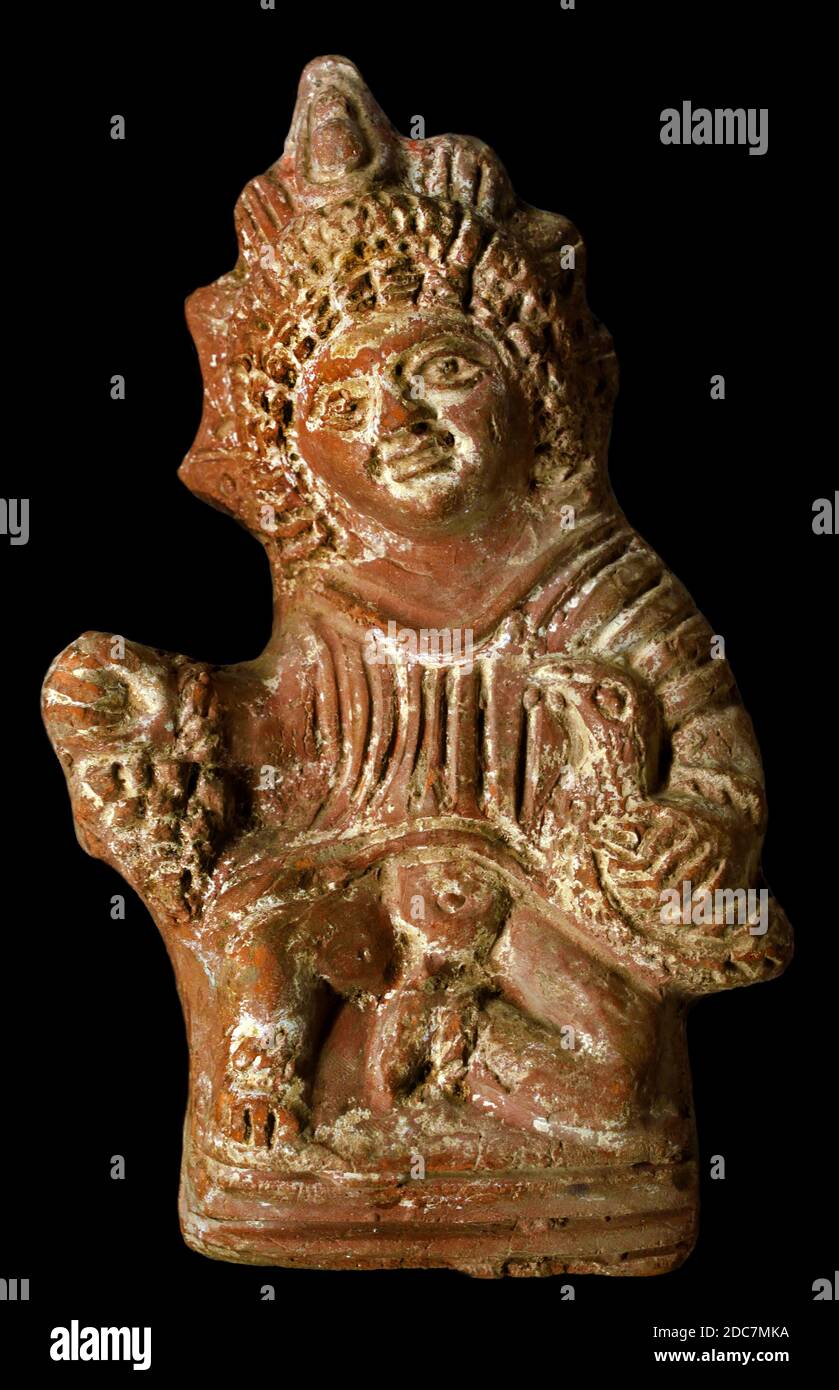 Harpocrates- Harpocrate holding a bunch of grapes and a cockerel. Terracotta figurine, Roman Egypt. Egypt, Egyptian ( 2nd century- 3rd century Roman period ) Harpocrates was originally an Egyptian deity adopted by the Greeks and worshiped by both Greeks and Romans in later times. Stock Photohttps://www.alamy.com/image-license-details/?v=1https://www.alamy.com/harpocrates-harpocrate-holding-a-bunch-of-grapes-and-a-cockerel-terracotta-figurine-roman-egypt-egypt-egyptian-2nd-century-3rd-century-roman-period-harpocrates-was-originally-an-egyptian-deity-adopted-by-the-greeks-and-worshiped-by-both-greeks-and-romans-in-later-times-image386173854.html
Harpocrates- Harpocrate holding a bunch of grapes and a cockerel. Terracotta figurine, Roman Egypt. Egypt, Egyptian ( 2nd century- 3rd century Roman period ) Harpocrates was originally an Egyptian deity adopted by the Greeks and worshiped by both Greeks and Romans in later times. Stock Photohttps://www.alamy.com/image-license-details/?v=1https://www.alamy.com/harpocrates-harpocrate-holding-a-bunch-of-grapes-and-a-cockerel-terracotta-figurine-roman-egypt-egypt-egyptian-2nd-century-3rd-century-roman-period-harpocrates-was-originally-an-egyptian-deity-adopted-by-the-greeks-and-worshiped-by-both-greeks-and-romans-in-later-times-image386173854.htmlRM2DC7MKA–Harpocrates- Harpocrate holding a bunch of grapes and a cockerel. Terracotta figurine, Roman Egypt. Egypt, Egyptian ( 2nd century- 3rd century Roman period ) Harpocrates was originally an Egyptian deity adopted by the Greeks and worshiped by both Greeks and Romans in later times.
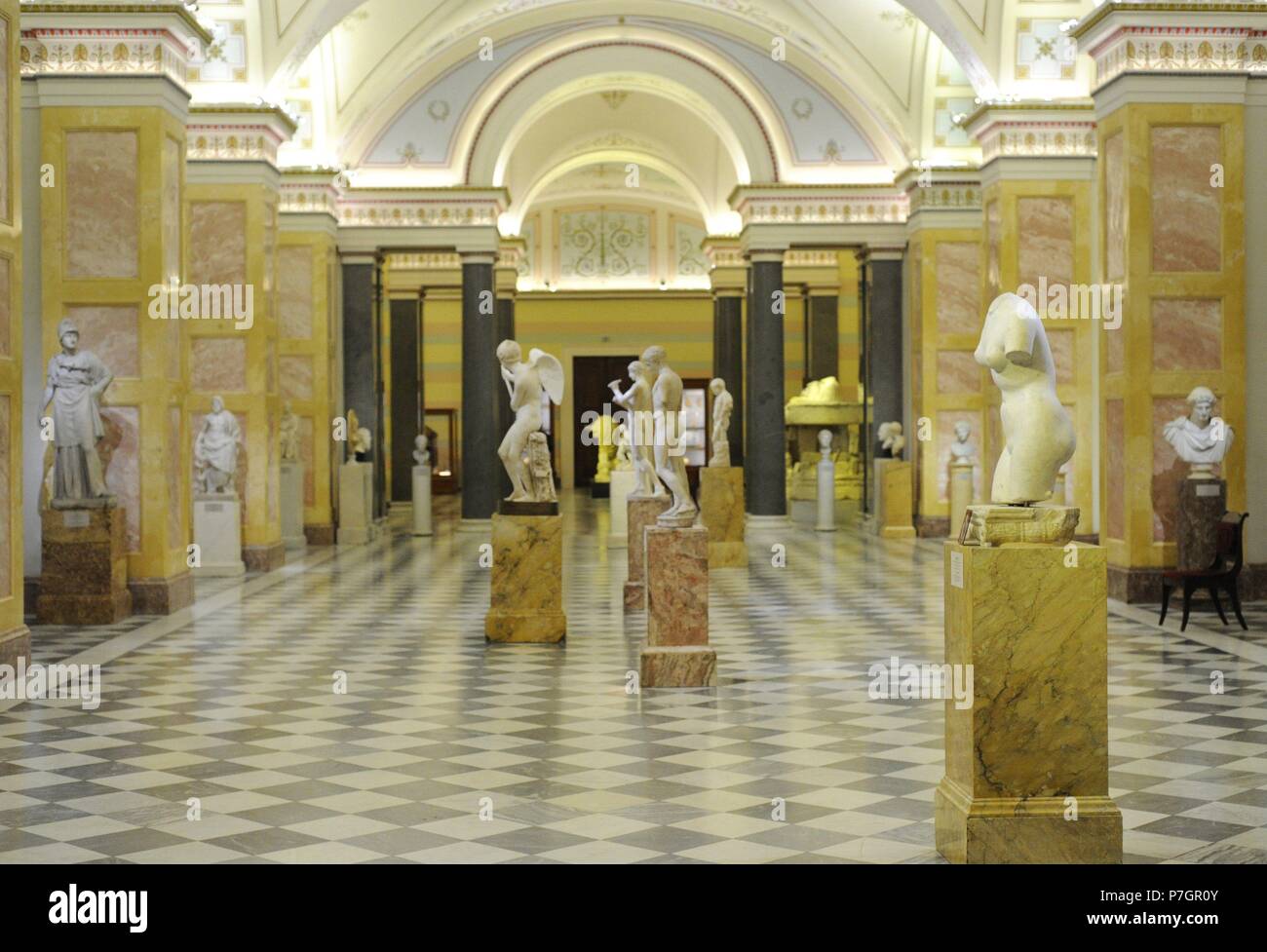 The State Hermitage Museum. Collection of Classical Antiquities. Statues hall. Saint Petersburg. Russia. Stock Photohttps://www.alamy.com/image-license-details/?v=1https://www.alamy.com/the-state-hermitage-museum-collection-of-classical-antiquities-statues-hall-saint-petersburg-russia-image211196299.html
The State Hermitage Museum. Collection of Classical Antiquities. Statues hall. Saint Petersburg. Russia. Stock Photohttps://www.alamy.com/image-license-details/?v=1https://www.alamy.com/the-state-hermitage-museum-collection-of-classical-antiquities-statues-hall-saint-petersburg-russia-image211196299.htmlRMP7GR0Y–The State Hermitage Museum. Collection of Classical Antiquities. Statues hall. Saint Petersburg. Russia.
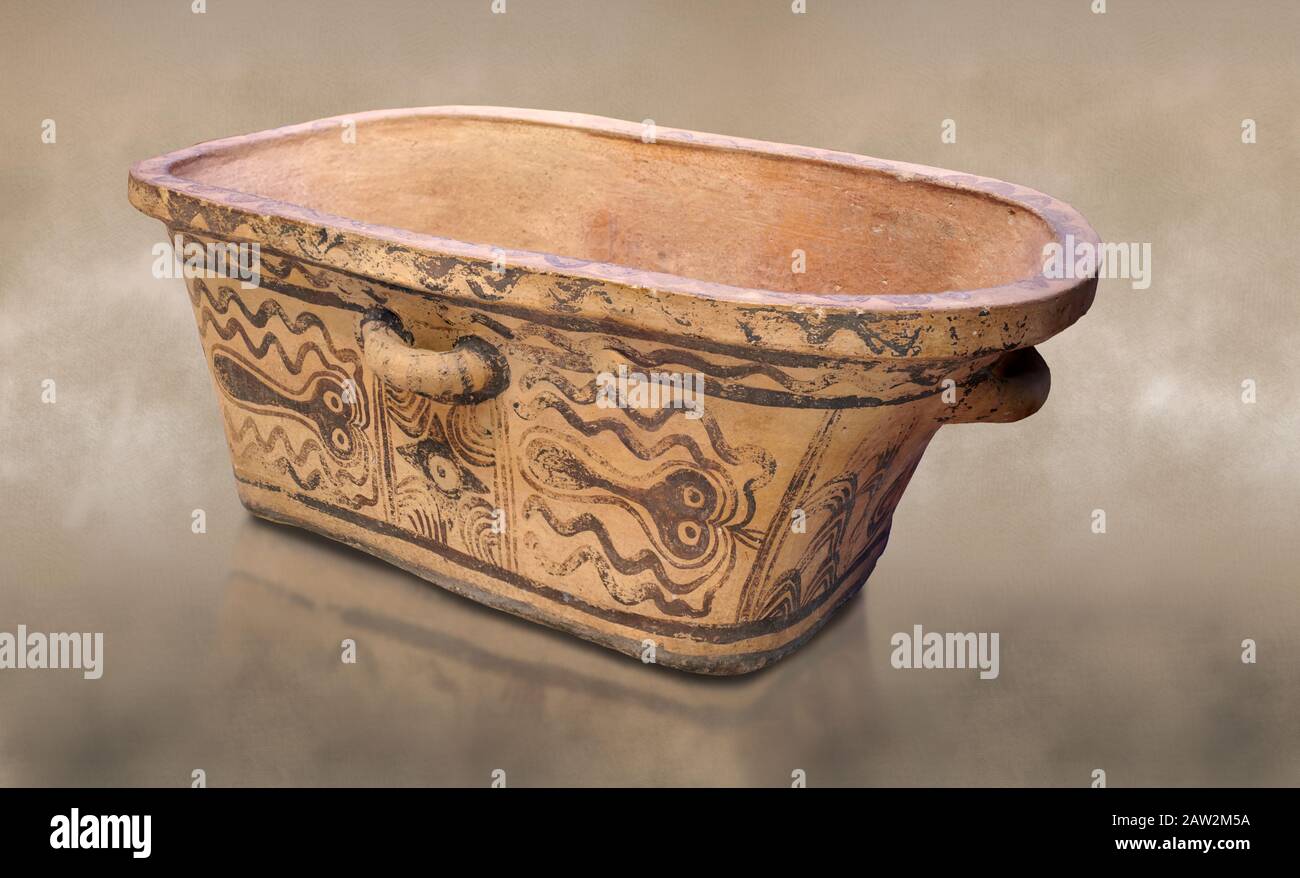 Minoan pottery bath tub larnax decorated with stylised octopuses, Episkopi-Lerapetra 1350-1250 BC, Heraklion Archaeological Museum. To the Greeks Stock Photohttps://www.alamy.com/image-license-details/?v=1https://www.alamy.com/minoan-pottery-bath-tub-larnax-decorated-with-stylised-octopuses-episkopi-lerapetra-1350-1250-bc-heraklion-archaeological-museum-to-the-greeks-image342423126.html
Minoan pottery bath tub larnax decorated with stylised octopuses, Episkopi-Lerapetra 1350-1250 BC, Heraklion Archaeological Museum. To the Greeks Stock Photohttps://www.alamy.com/image-license-details/?v=1https://www.alamy.com/minoan-pottery-bath-tub-larnax-decorated-with-stylised-octopuses-episkopi-lerapetra-1350-1250-bc-heraklion-archaeological-museum-to-the-greeks-image342423126.htmlRF2AW2M5A–Minoan pottery bath tub larnax decorated with stylised octopuses, Episkopi-Lerapetra 1350-1250 BC, Heraklion Archaeological Museum. To the Greeks
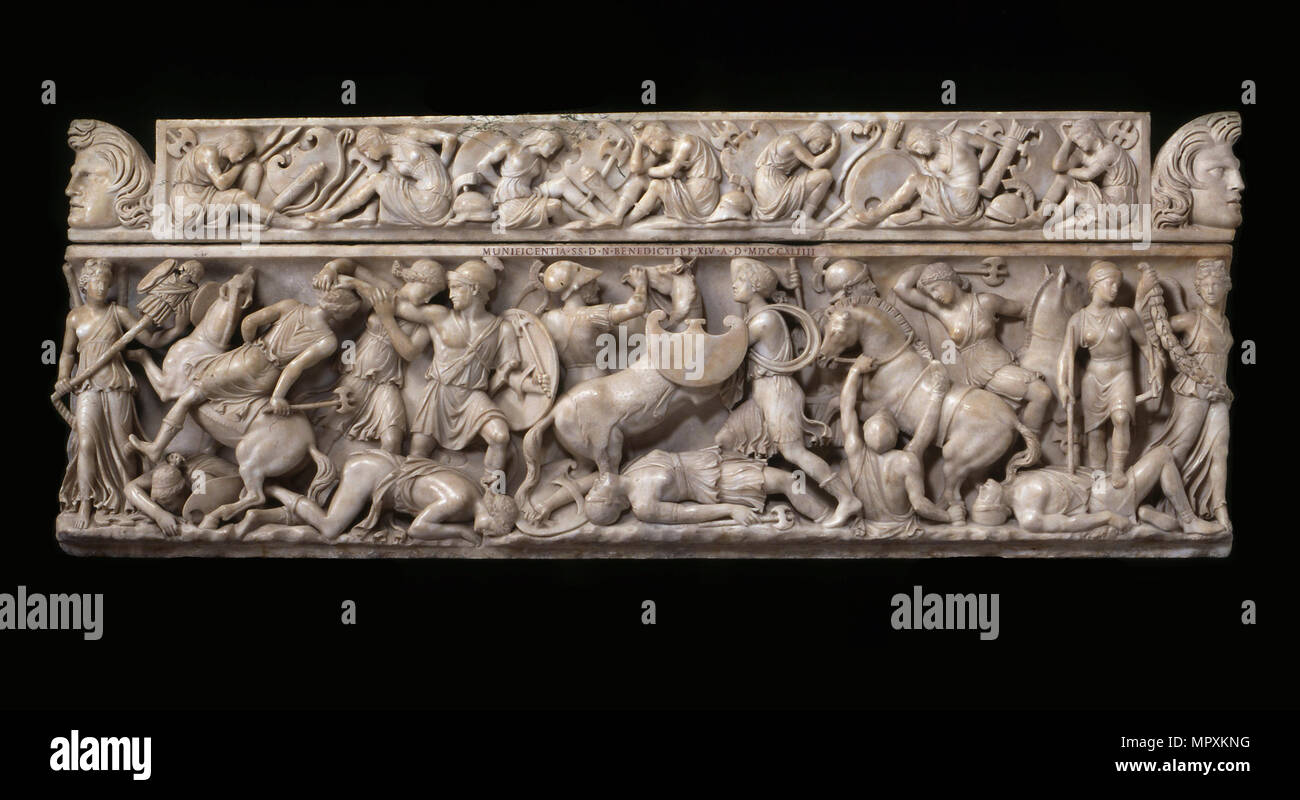 Sarcophagus with battle scenes between the Greeks and the Amazons, 2nd cen. AD. Stock Photohttps://www.alamy.com/image-license-details/?v=1https://www.alamy.com/sarcophagus-with-battle-scenes-between-the-greeks-and-the-amazons-2nd-cen-ad-image186212364.html
Sarcophagus with battle scenes between the Greeks and the Amazons, 2nd cen. AD. Stock Photohttps://www.alamy.com/image-license-details/?v=1https://www.alamy.com/sarcophagus-with-battle-scenes-between-the-greeks-and-the-amazons-2nd-cen-ad-image186212364.htmlRMMPXKNG–Sarcophagus with battle scenes between the Greeks and the Amazons, 2nd cen. AD.
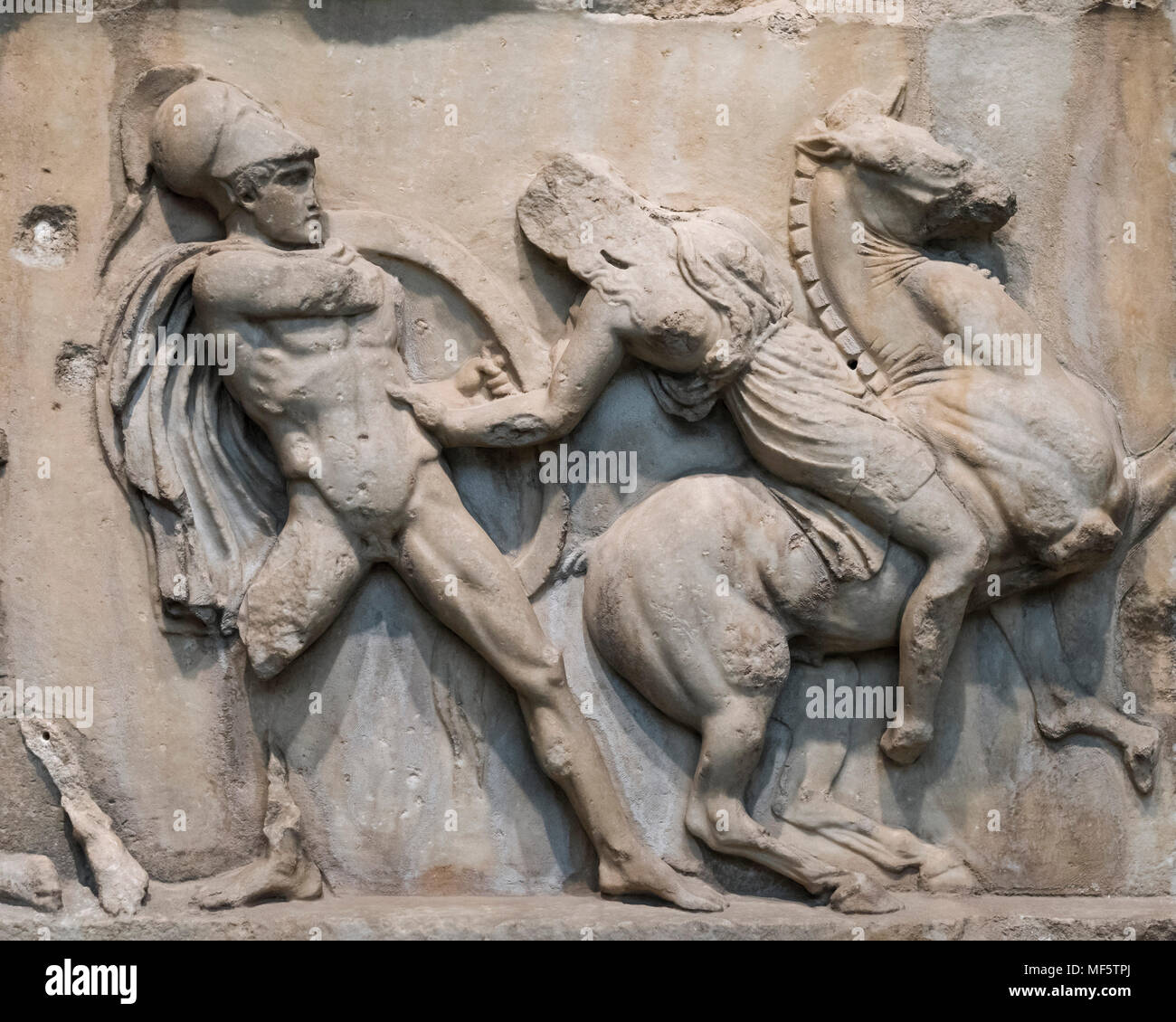 London. England. British Museum, Relief from the Mausoleum at Halikarnassos (Halicarnassus or Tomb of Mausolus), Section from the Amazon Frieze, detai Stock Photohttps://www.alamy.com/image-license-details/?v=1https://www.alamy.com/london-england-british-museum-relief-from-the-mausoleum-at-halikarnassos-halicarnassus-or-tomb-of-mausolus-section-from-the-amazon-frieze-detai-image181452730.html
London. England. British Museum, Relief from the Mausoleum at Halikarnassos (Halicarnassus or Tomb of Mausolus), Section from the Amazon Frieze, detai Stock Photohttps://www.alamy.com/image-license-details/?v=1https://www.alamy.com/london-england-british-museum-relief-from-the-mausoleum-at-halikarnassos-halicarnassus-or-tomb-of-mausolus-section-from-the-amazon-frieze-detai-image181452730.htmlRMMF5TPJ–London. England. British Museum, Relief from the Mausoleum at Halikarnassos (Halicarnassus or Tomb of Mausolus), Section from the Amazon Frieze, detai
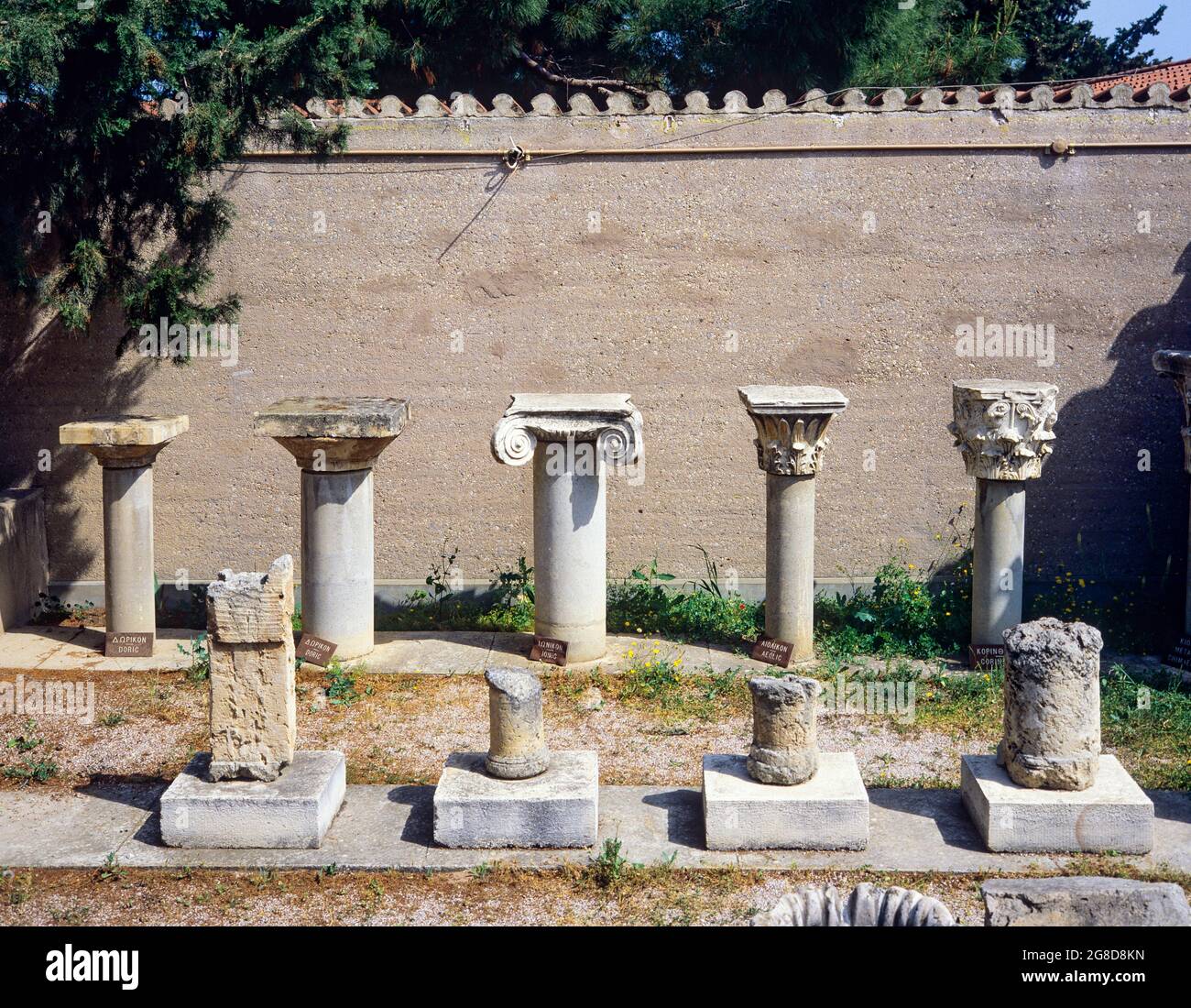 Alignment of columns with capitals displaying the ancient Greek architectural orders: Doric, Ionic, Aeolic, Corinthian, Greece, Europe, Stock Photohttps://www.alamy.com/image-license-details/?v=1https://www.alamy.com/alignment-of-columns-with-capitals-displaying-the-ancient-greek-architectural-orders-doric-ionic-aeolic-corinthian-greece-europe-image435468649.html
Alignment of columns with capitals displaying the ancient Greek architectural orders: Doric, Ionic, Aeolic, Corinthian, Greece, Europe, Stock Photohttps://www.alamy.com/image-license-details/?v=1https://www.alamy.com/alignment-of-columns-with-capitals-displaying-the-ancient-greek-architectural-orders-doric-ionic-aeolic-corinthian-greece-europe-image435468649.htmlRM2G8D8KN–Alignment of columns with capitals displaying the ancient Greek architectural orders: Doric, Ionic, Aeolic, Corinthian, Greece, Europe,
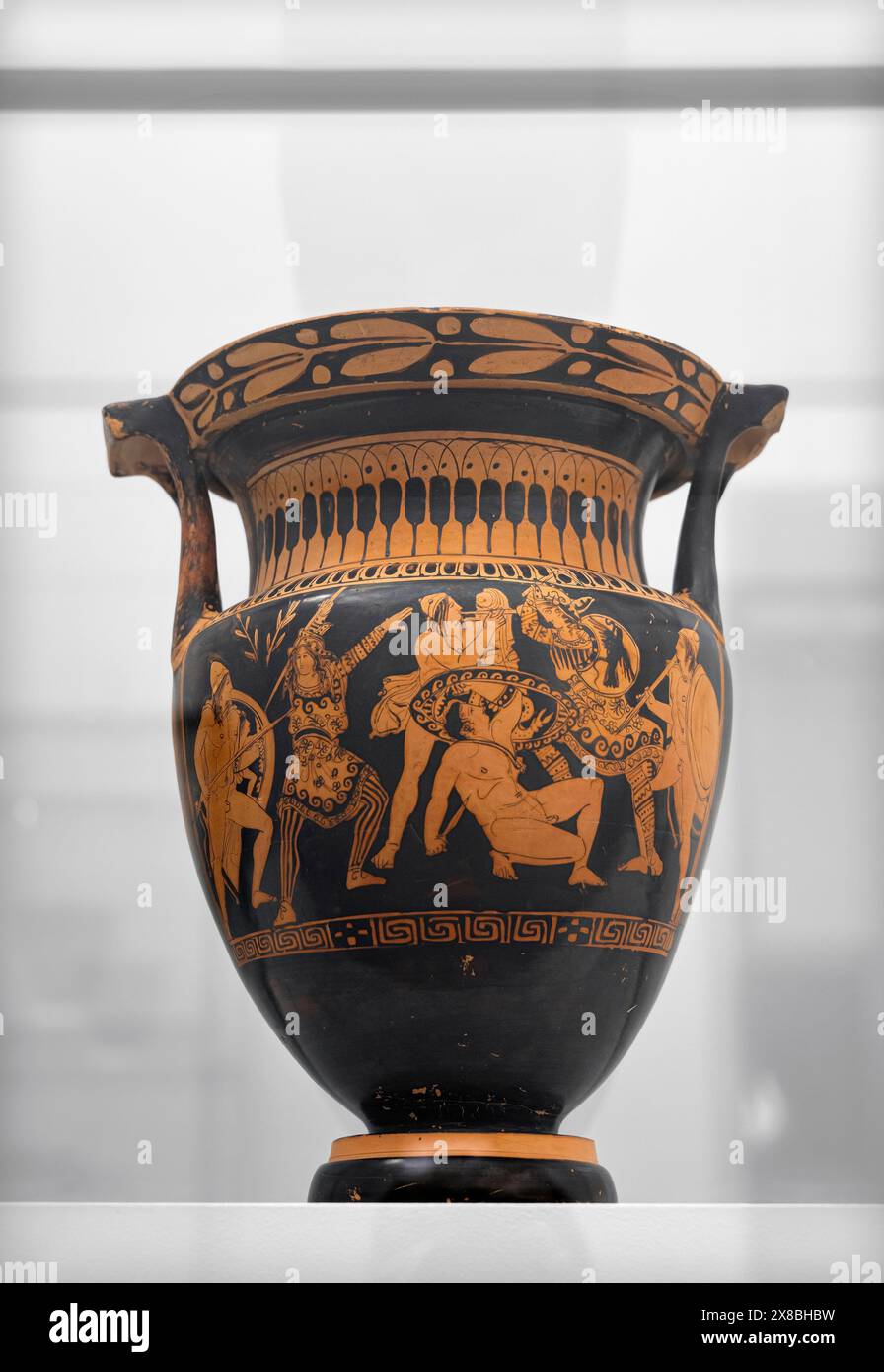 Amazonomachy: Attic Nikosthenic-type Red-figure Krater, Side A ('Amazons fighting with Greeks'), attributed to the Pronomos Painter, 420-400 BC I. Stock Photohttps://www.alamy.com/image-license-details/?v=1https://www.alamy.com/amazonomachy-attic-nikosthenic-type-red-figure-krater-side-a-amazons-fighting-with-greeks-attributed-to-the-pronomos-painter-420-400-bc-i-image607535261.html
Amazonomachy: Attic Nikosthenic-type Red-figure Krater, Side A ('Amazons fighting with Greeks'), attributed to the Pronomos Painter, 420-400 BC I. Stock Photohttps://www.alamy.com/image-license-details/?v=1https://www.alamy.com/amazonomachy-attic-nikosthenic-type-red-figure-krater-side-a-amazons-fighting-with-greeks-attributed-to-the-pronomos-painter-420-400-bc-i-image607535261.htmlRF2X8BHBW–Amazonomachy: Attic Nikosthenic-type Red-figure Krater, Side A ('Amazons fighting with Greeks'), attributed to the Pronomos Painter, 420-400 BC I.
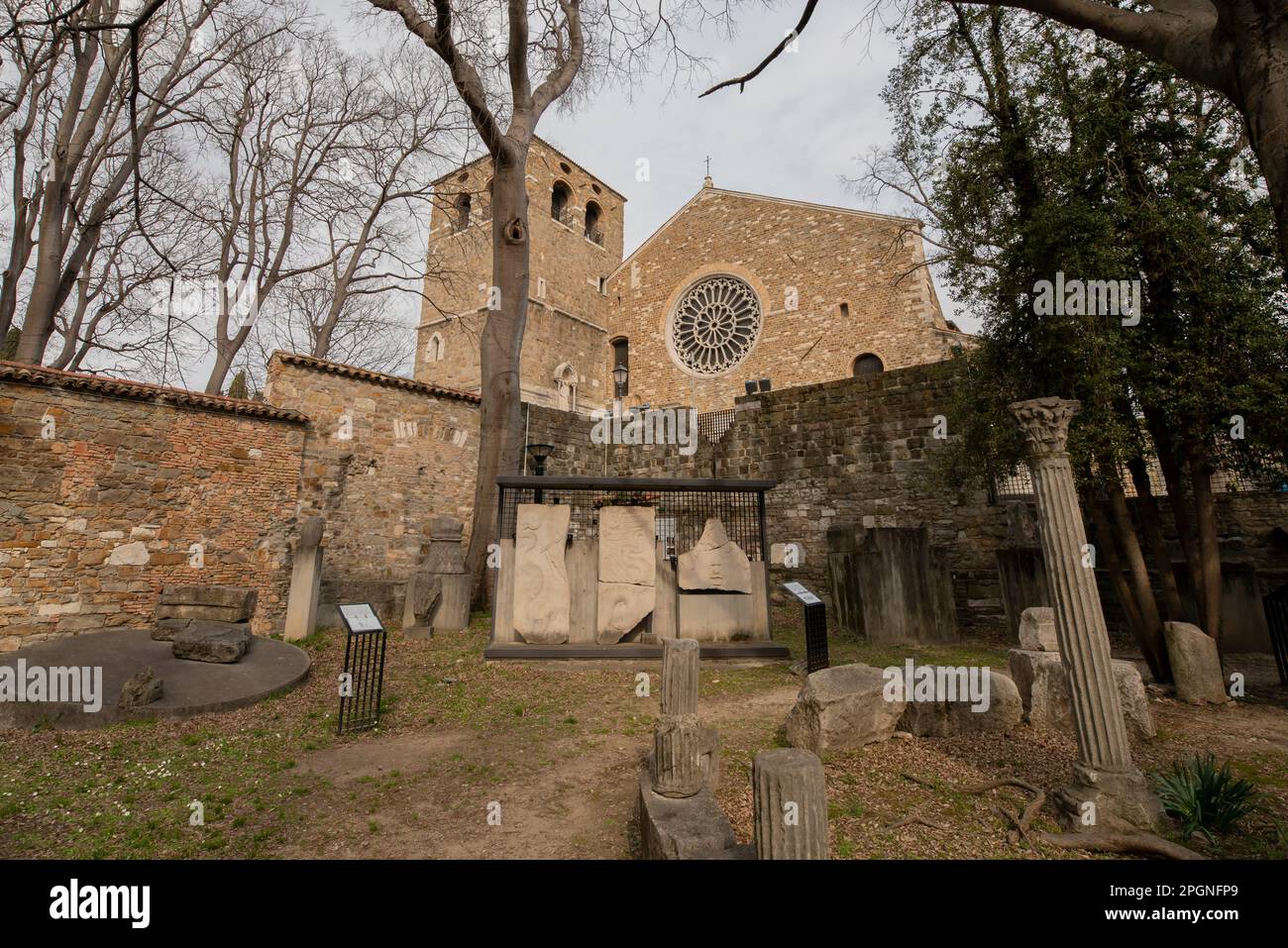 Winckelmann Antiquities Museum in Trieste, Italy Stock Photohttps://www.alamy.com/image-license-details/?v=1https://www.alamy.com/winckelmann-antiquities-museum-in-trieste-italy-image543829281.html
Winckelmann Antiquities Museum in Trieste, Italy Stock Photohttps://www.alamy.com/image-license-details/?v=1https://www.alamy.com/winckelmann-antiquities-museum-in-trieste-italy-image543829281.htmlRF2PGNFP9–Winckelmann Antiquities Museum in Trieste, Italy
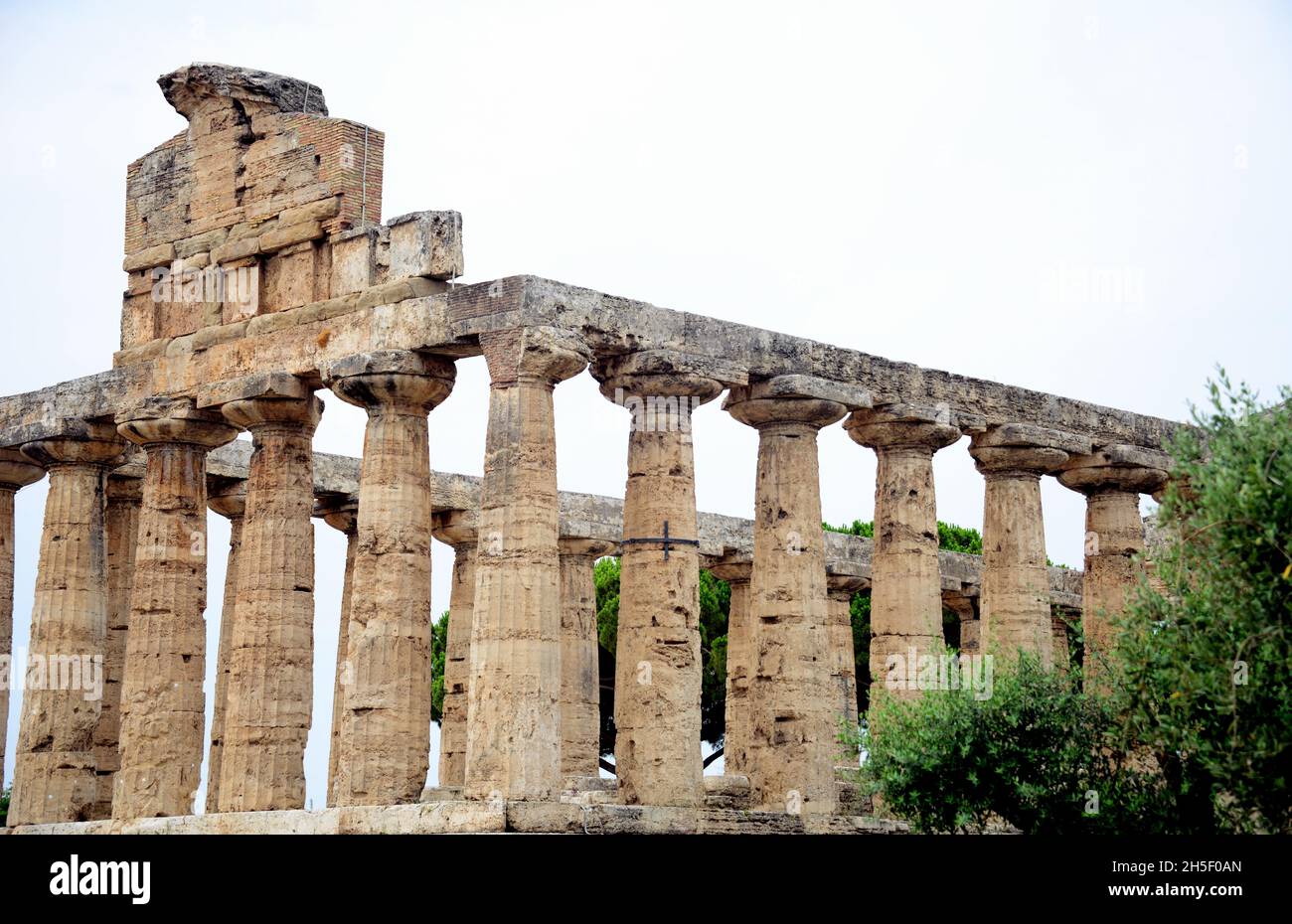 Temple of Athena-Paestum, an ancient city of Magna Graecia called by the Greeks Poseidonia in honor of Poseidon, but very devoted to Athena and Hera. Stock Photohttps://www.alamy.com/image-license-details/?v=1https://www.alamy.com/temple-of-athena-paestum-an-ancient-city-of-magna-graecia-called-by-the-greeks-poseidonia-in-honor-of-poseidon-but-very-devoted-to-athena-and-hera-image450872429.html
Temple of Athena-Paestum, an ancient city of Magna Graecia called by the Greeks Poseidonia in honor of Poseidon, but very devoted to Athena and Hera. Stock Photohttps://www.alamy.com/image-license-details/?v=1https://www.alamy.com/temple-of-athena-paestum-an-ancient-city-of-magna-graecia-called-by-the-greeks-poseidonia-in-honor-of-poseidon-but-very-devoted-to-athena-and-hera-image450872429.htmlRF2H5F0AN–Temple of Athena-Paestum, an ancient city of Magna Graecia called by the Greeks Poseidonia in honor of Poseidon, but very devoted to Athena and Hera.
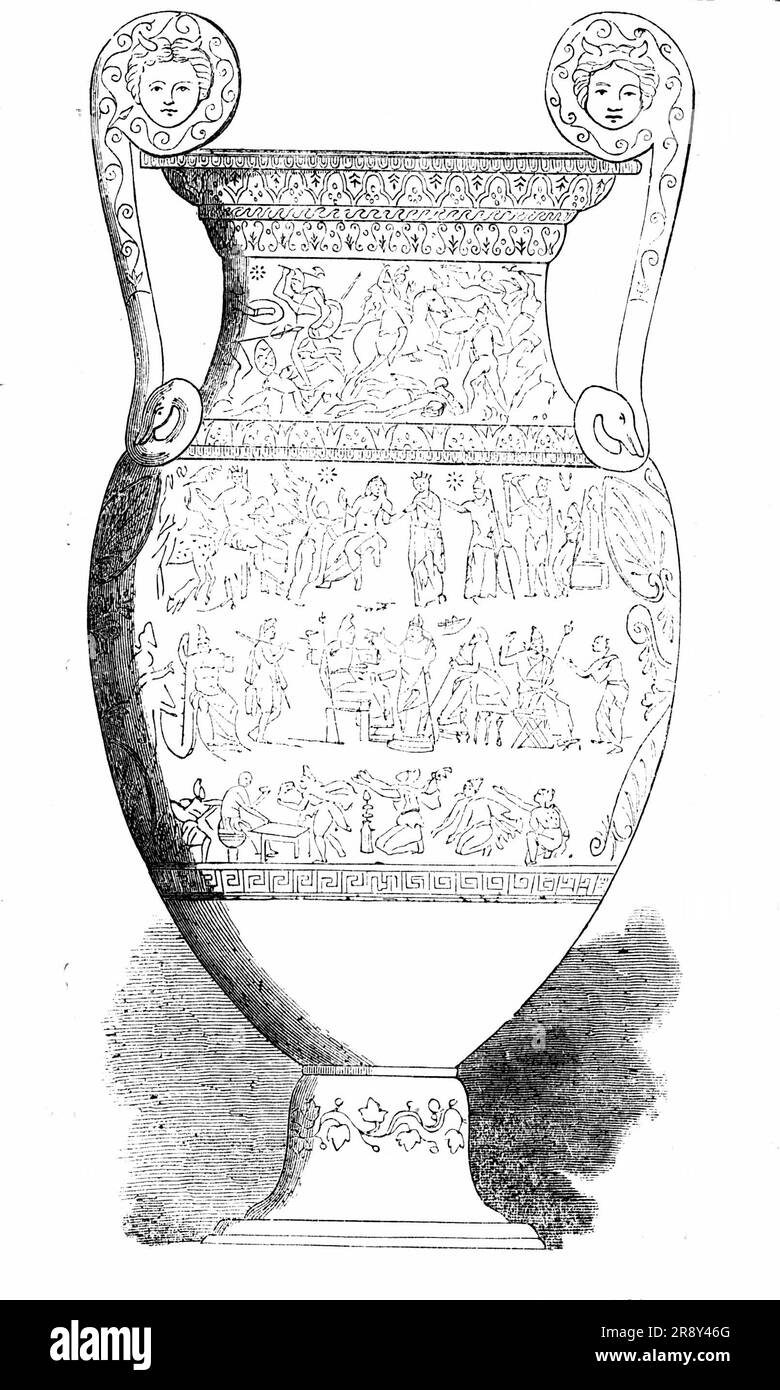 The Darius Vase, found at Canosa, 1857. 'This exquisite work of antique art is of the form of the Apulian Amphora, and is the largest that has ever been discovered. It is made of the finest earth, and for its historical subject...is perfectly unique. Just under the neck of the vase is described the combat of the Greeks with the Amazons. Then follows a representation of the principal subject of the vase, the war of the East against the West - of civilisation against barbarism...The design and the composition are of the most beautiful epoch of Magna Graecia. It was found during an excavation mad Stock Photohttps://www.alamy.com/image-license-details/?v=1https://www.alamy.com/the-darius-vase-found-at-canosa-1857-this-exquisite-work-of-antique-art-is-of-the-form-of-the-apulian-amphora-and-is-the-largest-that-has-ever-been-discovered-it-is-made-of-the-finest-earth-and-for-its-historical-subjectis-perfectly-unique-just-under-the-neck-of-the-vase-is-described-the-combat-of-the-greeks-with-the-amazons-then-follows-a-representation-of-the-principal-subject-of-the-vase-the-war-of-the-east-against-the-west-of-civilisation-against-barbarismthe-design-and-the-composition-are-of-the-most-beautiful-epoch-of-magna-graecia-it-was-found-during-an-excavation-mad-image556245048.html
The Darius Vase, found at Canosa, 1857. 'This exquisite work of antique art is of the form of the Apulian Amphora, and is the largest that has ever been discovered. It is made of the finest earth, and for its historical subject...is perfectly unique. Just under the neck of the vase is described the combat of the Greeks with the Amazons. Then follows a representation of the principal subject of the vase, the war of the East against the West - of civilisation against barbarism...The design and the composition are of the most beautiful epoch of Magna Graecia. It was found during an excavation mad Stock Photohttps://www.alamy.com/image-license-details/?v=1https://www.alamy.com/the-darius-vase-found-at-canosa-1857-this-exquisite-work-of-antique-art-is-of-the-form-of-the-apulian-amphora-and-is-the-largest-that-has-ever-been-discovered-it-is-made-of-the-finest-earth-and-for-its-historical-subjectis-perfectly-unique-just-under-the-neck-of-the-vase-is-described-the-combat-of-the-greeks-with-the-amazons-then-follows-a-representation-of-the-principal-subject-of-the-vase-the-war-of-the-east-against-the-west-of-civilisation-against-barbarismthe-design-and-the-composition-are-of-the-most-beautiful-epoch-of-magna-graecia-it-was-found-during-an-excavation-mad-image556245048.htmlRM2R8Y46G–The Darius Vase, found at Canosa, 1857. 'This exquisite work of antique art is of the form of the Apulian Amphora, and is the largest that has ever been discovered. It is made of the finest earth, and for its historical subject...is perfectly unique. Just under the neck of the vase is described the combat of the Greeks with the Amazons. Then follows a representation of the principal subject of the vase, the war of the East against the West - of civilisation against barbarism...The design and the composition are of the most beautiful epoch of Magna Graecia. It was found during an excavation mad
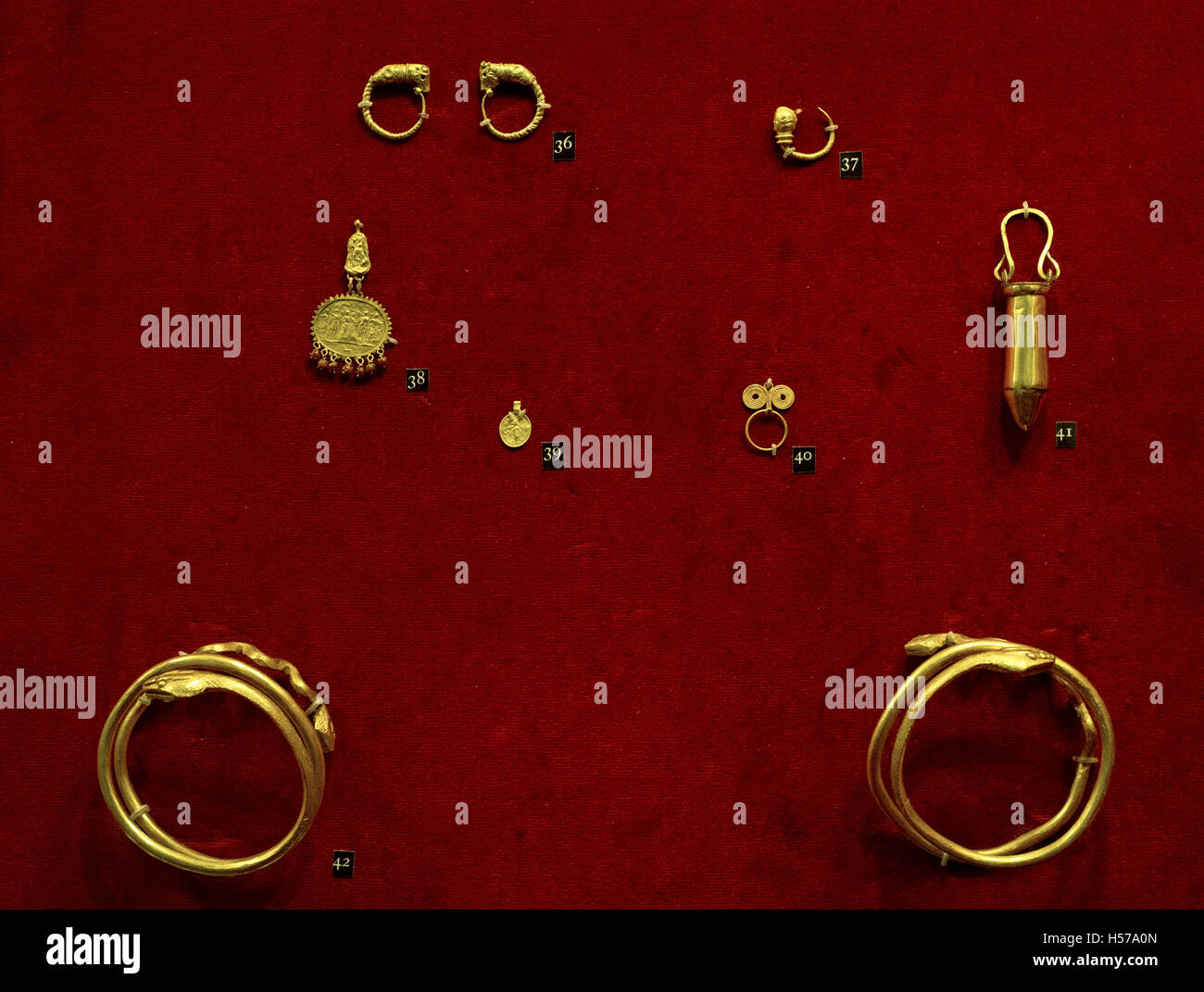 36. Golden earrings with animal heads. Greek, 300-200 BC; 37. Gold earring with the head of a child interpreted as Eros. Greek, 300-200 BC; 38. Gold earring. Imperial Roman Period; 39. Gold earring. Imperial Roman Period; 40. Gold buckle, Abatonegraven Mount, Cerveteri. Etruscan, 600-500 BC; 41. Gold amphora on miniature. Syria, Greek Period, 200 BC; 42. Gold bracelets. Egypt, Imperial Roman Period. Museum of Mediterranean and Near Eastern Antiquities. Stockholm. Sweden. Stock Photohttps://www.alamy.com/image-license-details/?v=1https://www.alamy.com/stock-photo-36-golden-earrings-with-animal-heads-greek-300-200-bc-37-gold-earring-123707381.html
36. Golden earrings with animal heads. Greek, 300-200 BC; 37. Gold earring with the head of a child interpreted as Eros. Greek, 300-200 BC; 38. Gold earring. Imperial Roman Period; 39. Gold earring. Imperial Roman Period; 40. Gold buckle, Abatonegraven Mount, Cerveteri. Etruscan, 600-500 BC; 41. Gold amphora on miniature. Syria, Greek Period, 200 BC; 42. Gold bracelets. Egypt, Imperial Roman Period. Museum of Mediterranean and Near Eastern Antiquities. Stockholm. Sweden. Stock Photohttps://www.alamy.com/image-license-details/?v=1https://www.alamy.com/stock-photo-36-golden-earrings-with-animal-heads-greek-300-200-bc-37-gold-earring-123707381.htmlRMH57A0N–36. Golden earrings with animal heads. Greek, 300-200 BC; 37. Gold earring with the head of a child interpreted as Eros. Greek, 300-200 BC; 38. Gold earring. Imperial Roman Period; 39. Gold earring. Imperial Roman Period; 40. Gold buckle, Abatonegraven Mount, Cerveteri. Etruscan, 600-500 BC; 41. Gold amphora on miniature. Syria, Greek Period, 200 BC; 42. Gold bracelets. Egypt, Imperial Roman Period. Museum of Mediterranean and Near Eastern Antiquities. Stockholm. Sweden.
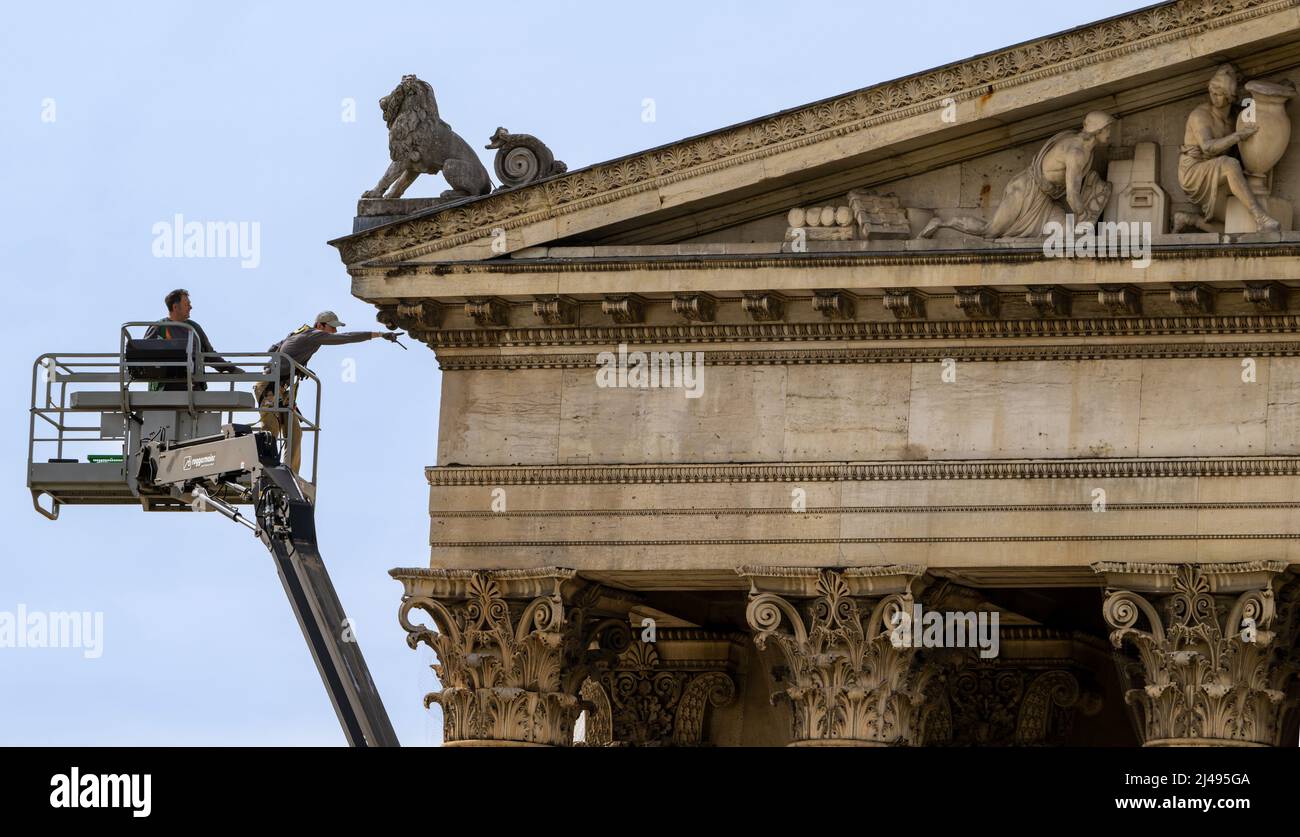 Munich, Germany. 13th Apr, 2022. Two men work on and examine the stone roof façade and frescoes above the entrance to the State Collection of Classical Antiquities on Königsplatz. Greek, Roman and Etruscan masterpieces are on display in the Antiquities Collections. Works of art and utilitarian objects of the Greeks, Etruscans and Romans made of a wide variety of materials such as ceramics, metal and stone are housed in the building. Credit: Peter Kneffel/dpa/Alamy Live News Stock Photohttps://www.alamy.com/image-license-details/?v=1https://www.alamy.com/munich-germany-13th-apr-2022-two-men-work-on-and-examine-the-stone-roof-faade-and-frescoes-above-the-entrance-to-the-state-collection-of-classical-antiquities-on-knigsplatz-greek-roman-and-etruscan-masterpieces-are-on-display-in-the-antiquities-collections-works-of-art-and-utilitarian-objects-of-the-greeks-etruscans-and-romans-made-of-a-wide-variety-of-materials-such-as-ceramics-metal-and-stone-are-housed-in-the-building-credit-peter-kneffeldpaalamy-live-news-image467340506.html
Munich, Germany. 13th Apr, 2022. Two men work on and examine the stone roof façade and frescoes above the entrance to the State Collection of Classical Antiquities on Königsplatz. Greek, Roman and Etruscan masterpieces are on display in the Antiquities Collections. Works of art and utilitarian objects of the Greeks, Etruscans and Romans made of a wide variety of materials such as ceramics, metal and stone are housed in the building. Credit: Peter Kneffel/dpa/Alamy Live News Stock Photohttps://www.alamy.com/image-license-details/?v=1https://www.alamy.com/munich-germany-13th-apr-2022-two-men-work-on-and-examine-the-stone-roof-faade-and-frescoes-above-the-entrance-to-the-state-collection-of-classical-antiquities-on-knigsplatz-greek-roman-and-etruscan-masterpieces-are-on-display-in-the-antiquities-collections-works-of-art-and-utilitarian-objects-of-the-greeks-etruscans-and-romans-made-of-a-wide-variety-of-materials-such-as-ceramics-metal-and-stone-are-housed-in-the-building-credit-peter-kneffeldpaalamy-live-news-image467340506.htmlRM2J495GA–Munich, Germany. 13th Apr, 2022. Two men work on and examine the stone roof façade and frescoes above the entrance to the State Collection of Classical Antiquities on Königsplatz. Greek, Roman and Etruscan masterpieces are on display in the Antiquities Collections. Works of art and utilitarian objects of the Greeks, Etruscans and Romans made of a wide variety of materials such as ceramics, metal and stone are housed in the building. Credit: Peter Kneffel/dpa/Alamy Live News
 Archeology students work at an excavation area in the City of David Archeology Park outside the Old City of Jerusalem, near the East Jerusalem neighborhood of Silwan, November 3, 2015. According to the Israel Antiquities Authority, after years of excavations underneath the Givati parking lot, the remains of a stronghold, the Acra, used by the Greeks more than 2,000 years ago to control the Temple Mount during the reign of King Antiochus Epiphanes (c. 215-164 BCE) were discovered at the excavation site. Archeological findings of sling stones, arrowheads, and ballistas stones were recovered and Stock Photohttps://www.alamy.com/image-license-details/?v=1https://www.alamy.com/archeology-students-work-at-an-excavation-area-in-the-city-of-david-archeology-park-outside-the-old-city-of-jerusalem-near-the-east-jerusalem-neighborhood-of-silwan-november-3-2015-according-to-the-israel-antiquities-authority-after-years-of-excavations-underneath-the-givati-parking-lot-the-remains-of-a-stronghold-the-acra-used-by-the-greeks-more-than-2000-years-ago-to-control-the-temple-mount-during-the-reign-of-king-antiochus-epiphanes-c-215-164-bce-were-discovered-at-the-excavation-site-archeological-findings-of-sling-stones-arrowheads-and-ballistas-stones-were-recovered-and-image257492970.html
Archeology students work at an excavation area in the City of David Archeology Park outside the Old City of Jerusalem, near the East Jerusalem neighborhood of Silwan, November 3, 2015. According to the Israel Antiquities Authority, after years of excavations underneath the Givati parking lot, the remains of a stronghold, the Acra, used by the Greeks more than 2,000 years ago to control the Temple Mount during the reign of King Antiochus Epiphanes (c. 215-164 BCE) were discovered at the excavation site. Archeological findings of sling stones, arrowheads, and ballistas stones were recovered and Stock Photohttps://www.alamy.com/image-license-details/?v=1https://www.alamy.com/archeology-students-work-at-an-excavation-area-in-the-city-of-david-archeology-park-outside-the-old-city-of-jerusalem-near-the-east-jerusalem-neighborhood-of-silwan-november-3-2015-according-to-the-israel-antiquities-authority-after-years-of-excavations-underneath-the-givati-parking-lot-the-remains-of-a-stronghold-the-acra-used-by-the-greeks-more-than-2000-years-ago-to-control-the-temple-mount-during-the-reign-of-king-antiochus-epiphanes-c-215-164-bce-were-discovered-at-the-excavation-site-archeological-findings-of-sling-stones-arrowheads-and-ballistas-stones-were-recovered-and-image257492970.htmlRMTXWPWE–Archeology students work at an excavation area in the City of David Archeology Park outside the Old City of Jerusalem, near the East Jerusalem neighborhood of Silwan, November 3, 2015. According to the Israel Antiquities Authority, after years of excavations underneath the Givati parking lot, the remains of a stronghold, the Acra, used by the Greeks more than 2,000 years ago to control the Temple Mount during the reign of King Antiochus Epiphanes (c. 215-164 BCE) were discovered at the excavation site. Archeological findings of sling stones, arrowheads, and ballistas stones were recovered and
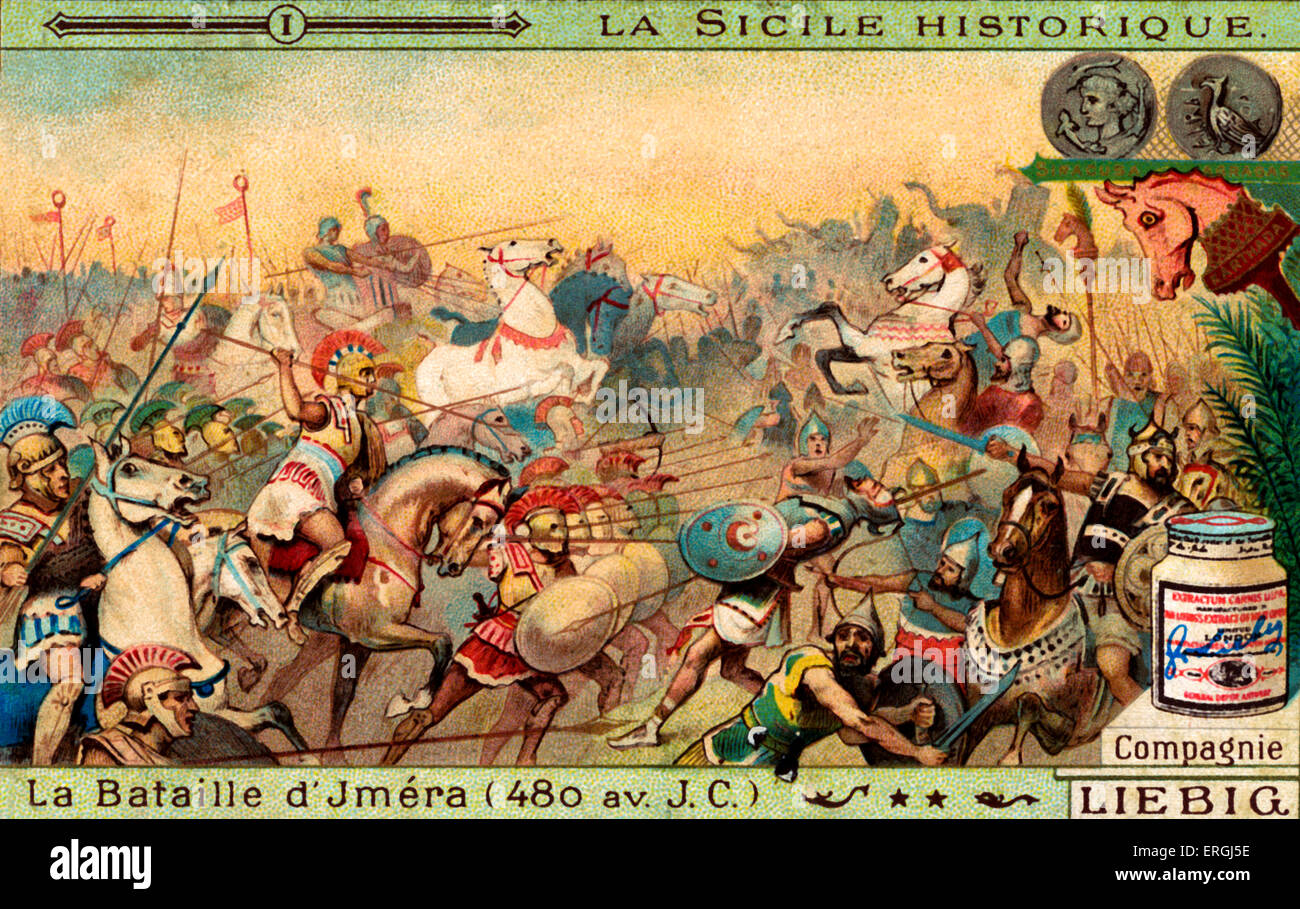 History of Sicily: Battle of Himera, 480 BC. Illustration on Liebig collectible card (French series: 'La Sicile historique'). Stock Photohttps://www.alamy.com/image-license-details/?v=1https://www.alamy.com/stock-photo-history-of-sicily-battle-of-himera-480-bc-illustration-on-liebig-collectible-83344058.html
History of Sicily: Battle of Himera, 480 BC. Illustration on Liebig collectible card (French series: 'La Sicile historique'). Stock Photohttps://www.alamy.com/image-license-details/?v=1https://www.alamy.com/stock-photo-history-of-sicily-battle-of-himera-480-bc-illustration-on-liebig-collectible-83344058.htmlRMERGJ5E–History of Sicily: Battle of Himera, 480 BC. Illustration on Liebig collectible card (French series: 'La Sicile historique').
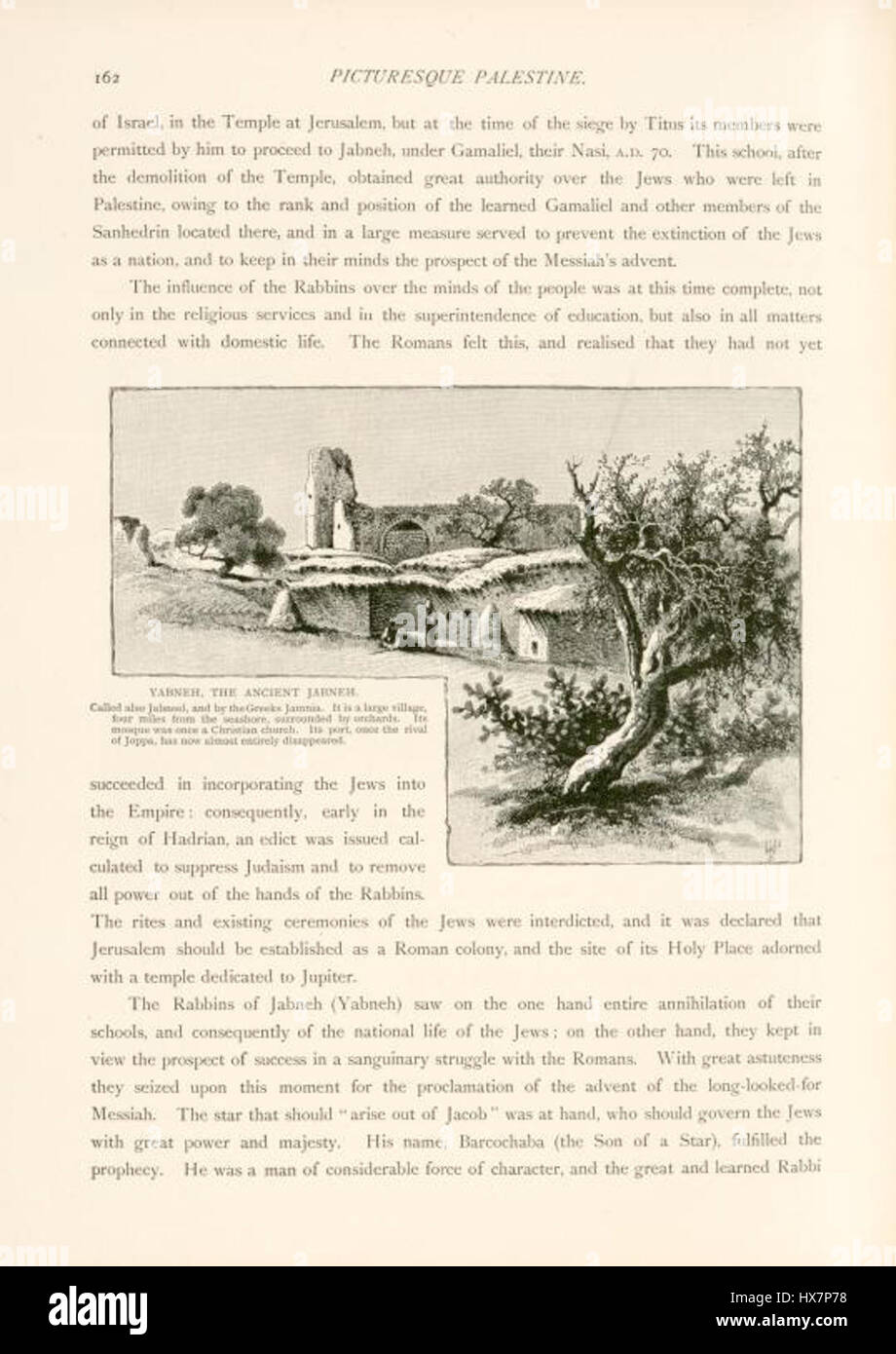 Yabneh, Called also Jabneel, and by the Greeks Jamnia (1881 1884) Stock Photohttps://www.alamy.com/image-license-details/?v=1https://www.alamy.com/stock-photo-yabneh-called-also-jabneel-and-by-the-greeks-jamnia-1881-1884-136624748.html
Yabneh, Called also Jabneel, and by the Greeks Jamnia (1881 1884) Stock Photohttps://www.alamy.com/image-license-details/?v=1https://www.alamy.com/stock-photo-yabneh-called-also-jabneel-and-by-the-greeks-jamnia-1881-1884-136624748.htmlRMHX7P78–Yabneh, Called also Jabneel, and by the Greeks Jamnia (1881 1884)
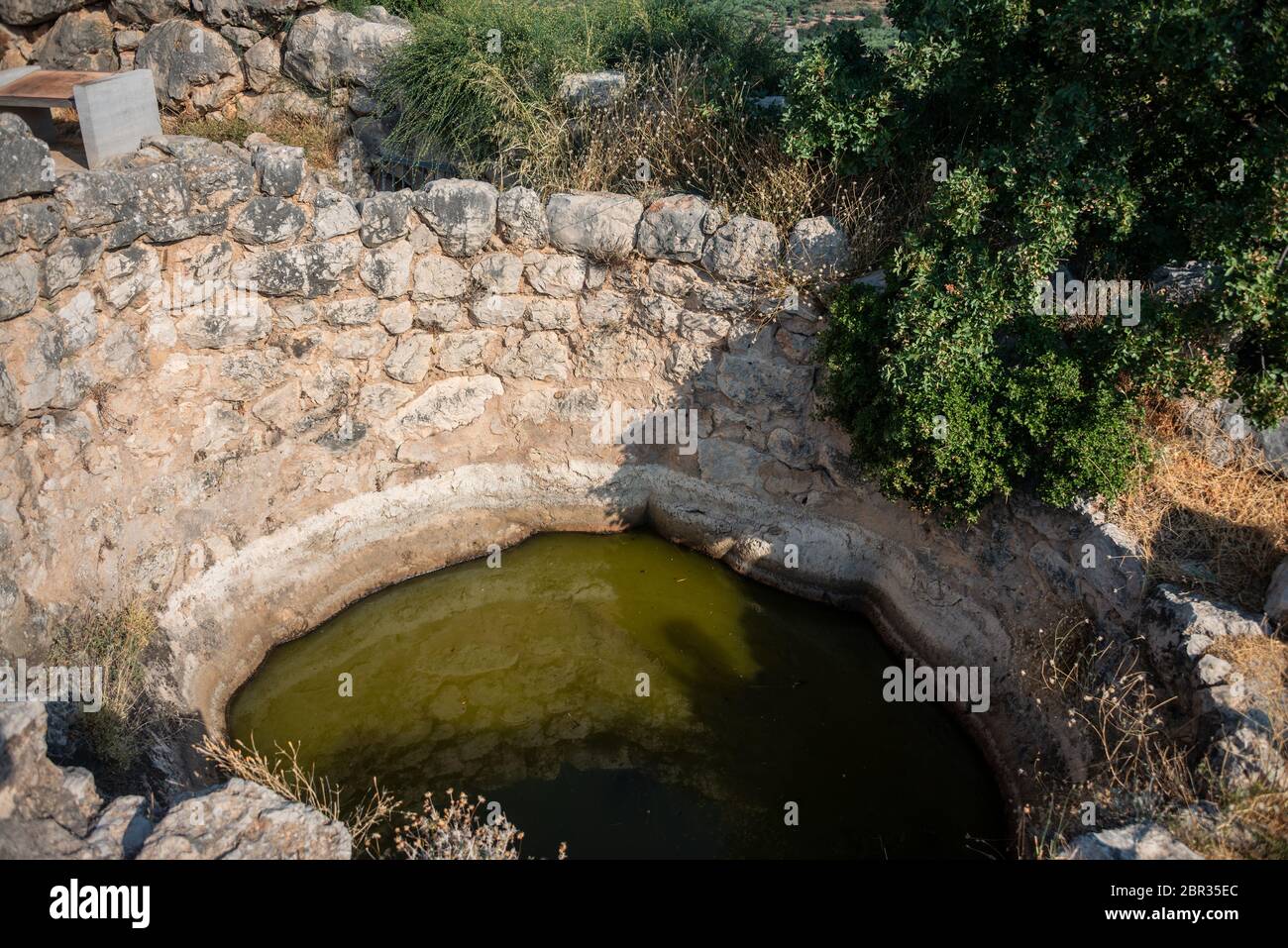 cistern or water tank.Under it is a layer of sand and another vessel for purified water. The ancient Greeks knew filtration technology. Stock Photohttps://www.alamy.com/image-license-details/?v=1https://www.alamy.com/cistern-or-water-tankunder-it-is-a-layer-of-sand-and-another-vessel-for-purified-water-the-ancient-greeks-knew-filtration-technology-image358414628.html
cistern or water tank.Under it is a layer of sand and another vessel for purified water. The ancient Greeks knew filtration technology. Stock Photohttps://www.alamy.com/image-license-details/?v=1https://www.alamy.com/cistern-or-water-tankunder-it-is-a-layer-of-sand-and-another-vessel-for-purified-water-the-ancient-greeks-knew-filtration-technology-image358414628.htmlRF2BR35EC–cistern or water tank.Under it is a layer of sand and another vessel for purified water. The ancient Greeks knew filtration technology.
 Wissowa III,1 1375 b Stock Photohttps://www.alamy.com/image-license-details/?v=1https://www.alamy.com/stock-photo-wissowa-iii1-1375-b-140719606.html
Wissowa III,1 1375 b Stock Photohttps://www.alamy.com/image-license-details/?v=1https://www.alamy.com/stock-photo-wissowa-iii1-1375-b-140719606.htmlRMJ4X986–Wissowa III,1 1375 b
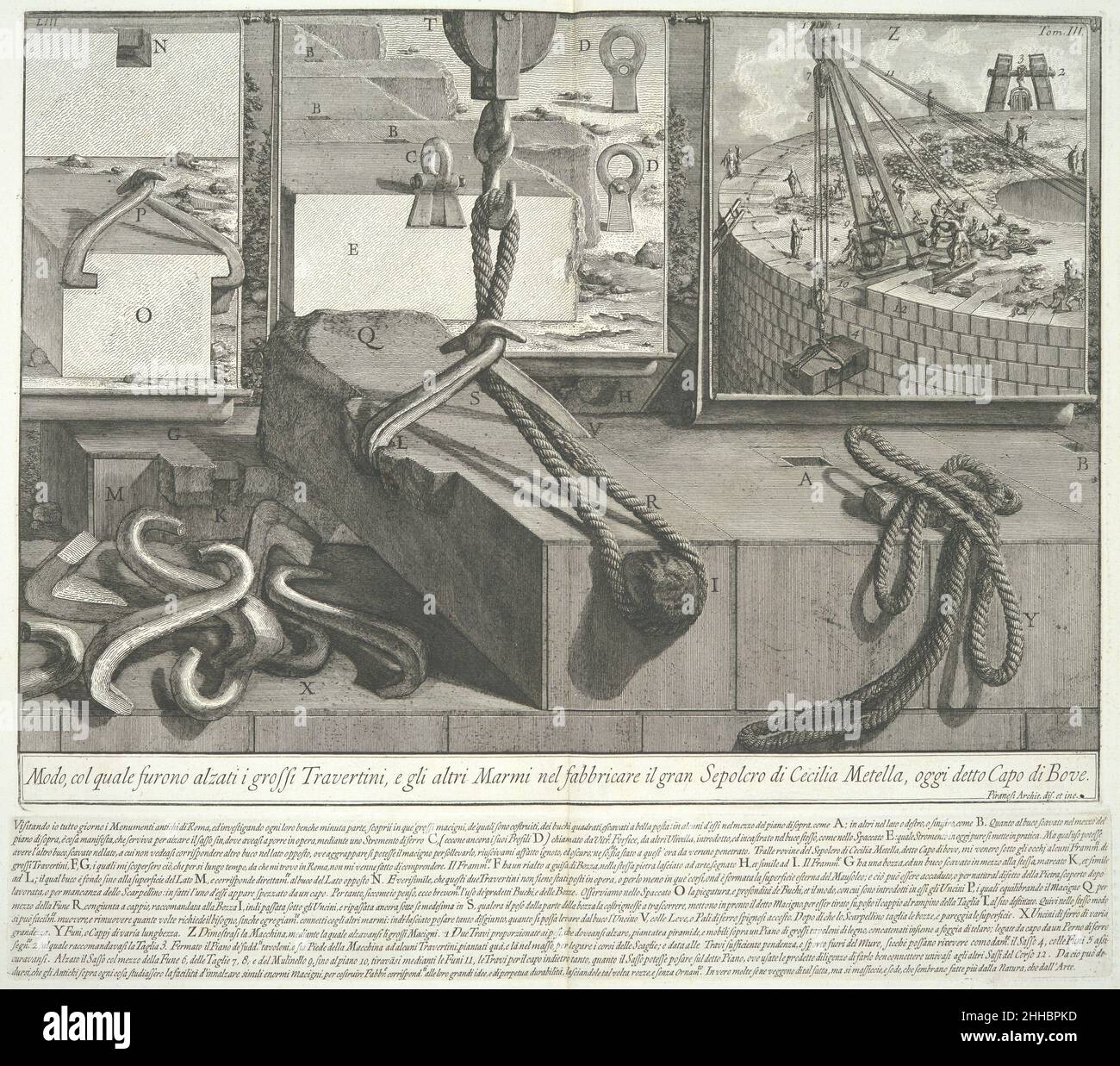 Means by which the large blocks of travertine and marble were lifted during the construction of the large Tomb of Caecilia Metella, from Le Antichità Romane (Roman Antiquities), tome 3, tavola 53 published 1756–57 Giovanni Battista Piranesi Italian While Piranesi was at work on the Antichità Romane, the result of years of research into the highly developed engineering skills of the Romans, the first threats to Roman preeminence were heard. In the early 1750s, certain French and British scholars and architects had begun to assert that the Romans were mere imitators of the Greeks, under whom all Stock Photohttps://www.alamy.com/image-license-details/?v=1https://www.alamy.com/means-by-which-the-large-blocks-of-travertine-and-marble-were-lifted-during-the-construction-of-the-large-tomb-of-caecilia-metella-from-le-antichit-romane-roman-antiquities-tome-3-tavola-53-published-175657-giovanni-battista-piranesi-italian-while-piranesi-was-at-work-on-the-antichit-romane-the-result-of-years-of-research-into-the-highly-developed-engineering-skills-of-the-romans-the-first-threats-to-roman-preeminence-were-heard-in-the-early-1750s-certain-french-and-british-scholars-and-architects-had-begun-to-assert-that-the-romans-were-mere-imitators-of-the-greeks-under-whom-all-image458177985.html
Means by which the large blocks of travertine and marble were lifted during the construction of the large Tomb of Caecilia Metella, from Le Antichità Romane (Roman Antiquities), tome 3, tavola 53 published 1756–57 Giovanni Battista Piranesi Italian While Piranesi was at work on the Antichità Romane, the result of years of research into the highly developed engineering skills of the Romans, the first threats to Roman preeminence were heard. In the early 1750s, certain French and British scholars and architects had begun to assert that the Romans were mere imitators of the Greeks, under whom all Stock Photohttps://www.alamy.com/image-license-details/?v=1https://www.alamy.com/means-by-which-the-large-blocks-of-travertine-and-marble-were-lifted-during-the-construction-of-the-large-tomb-of-caecilia-metella-from-le-antichit-romane-roman-antiquities-tome-3-tavola-53-published-175657-giovanni-battista-piranesi-italian-while-piranesi-was-at-work-on-the-antichit-romane-the-result-of-years-of-research-into-the-highly-developed-engineering-skills-of-the-romans-the-first-threats-to-roman-preeminence-were-heard-in-the-early-1750s-certain-french-and-british-scholars-and-architects-had-begun-to-assert-that-the-romans-were-mere-imitators-of-the-greeks-under-whom-all-image458177985.htmlRM2HHBPKD–Means by which the large blocks of travertine and marble were lifted during the construction of the large Tomb of Caecilia Metella, from Le Antichità Romane (Roman Antiquities), tome 3, tavola 53 published 1756–57 Giovanni Battista Piranesi Italian While Piranesi was at work on the Antichità Romane, the result of years of research into the highly developed engineering skills of the Romans, the first threats to Roman preeminence were heard. In the early 1750s, certain French and British scholars and architects had begun to assert that the Romans were mere imitators of the Greeks, under whom all
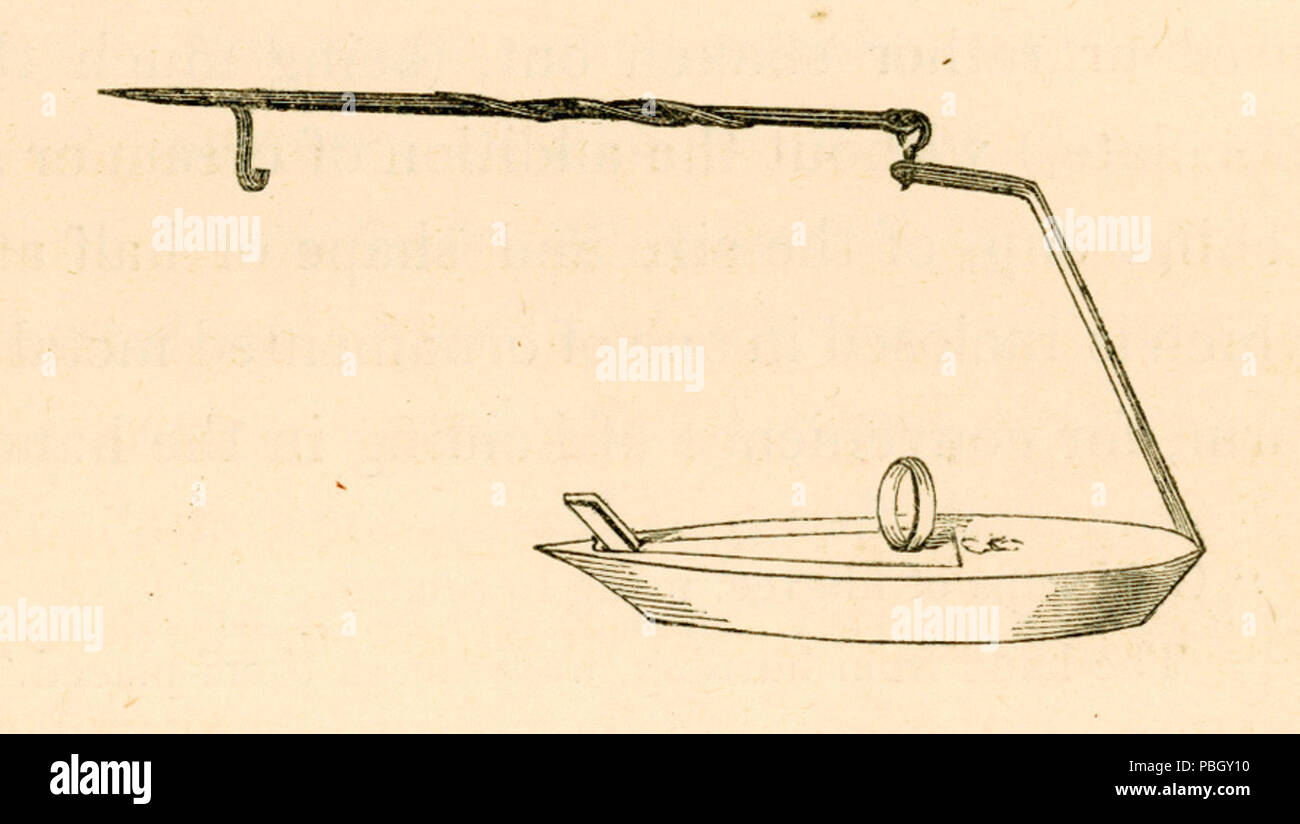 1649 The lamps here are of tin or earthenware, and of the beautiful forms used by the Greeks and Romans - Fellows Charles - 1839 Stock Photohttps://www.alamy.com/image-license-details/?v=1https://www.alamy.com/1649-the-lamps-here-are-of-tin-or-earthenware-and-of-the-beautiful-forms-used-by-the-greeks-and-romans-fellows-charles-1839-image213658060.html
1649 The lamps here are of tin or earthenware, and of the beautiful forms used by the Greeks and Romans - Fellows Charles - 1839 Stock Photohttps://www.alamy.com/image-license-details/?v=1https://www.alamy.com/1649-the-lamps-here-are-of-tin-or-earthenware-and-of-the-beautiful-forms-used-by-the-greeks-and-romans-fellows-charles-1839-image213658060.htmlRMPBGY10–1649 The lamps here are of tin or earthenware, and of the beautiful forms used by the Greeks and Romans - Fellows Charles - 1839
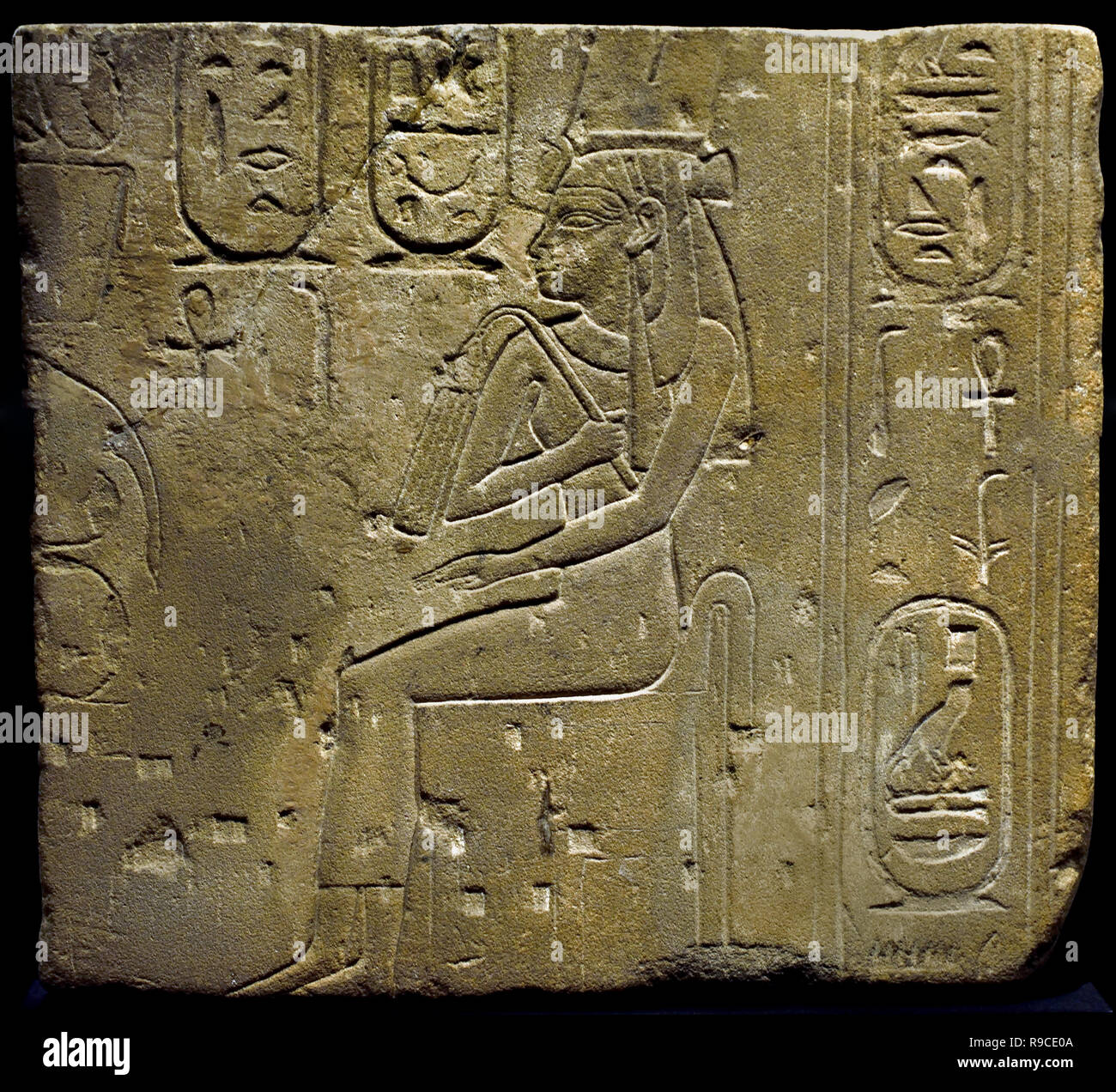 Nitokris ( Daughter of Wahibre Psamtik I, ) Relief Sandstone Dimensions: 49.5 x 45 cm 26th Dynasty Egypt, Egyptian. ( Wahibre Psamtik I, known by the Greeks as Psammeticus or Psammetichus ( 664–610 BC, was the first of three kings of that name of the Saite, or Twenty-sixth Dynasty of Egypt) , Stock Photohttps://www.alamy.com/image-license-details/?v=1https://www.alamy.com/nitokris-daughter-of-wahibre-psamtik-i-relief-sandstone-dimensions-495-x-45-cm-26th-dynasty-egypt-egyptian-wahibre-psamtik-i-known-by-the-greeks-as-psammeticus-or-psammetichus-664610-bc-was-the-first-of-three-kings-of-that-name-of-the-saite-or-twenty-sixth-dynasty-of-egypt-image229541098.html
Nitokris ( Daughter of Wahibre Psamtik I, ) Relief Sandstone Dimensions: 49.5 x 45 cm 26th Dynasty Egypt, Egyptian. ( Wahibre Psamtik I, known by the Greeks as Psammeticus or Psammetichus ( 664–610 BC, was the first of three kings of that name of the Saite, or Twenty-sixth Dynasty of Egypt) , Stock Photohttps://www.alamy.com/image-license-details/?v=1https://www.alamy.com/nitokris-daughter-of-wahibre-psamtik-i-relief-sandstone-dimensions-495-x-45-cm-26th-dynasty-egypt-egyptian-wahibre-psamtik-i-known-by-the-greeks-as-psammeticus-or-psammetichus-664610-bc-was-the-first-of-three-kings-of-that-name-of-the-saite-or-twenty-sixth-dynasty-of-egypt-image229541098.htmlRMR9CE0A–Nitokris ( Daughter of Wahibre Psamtik I, ) Relief Sandstone Dimensions: 49.5 x 45 cm 26th Dynasty Egypt, Egyptian. ( Wahibre Psamtik I, known by the Greeks as Psammeticus or Psammetichus ( 664–610 BC, was the first of three kings of that name of the Saite, or Twenty-sixth Dynasty of Egypt) ,
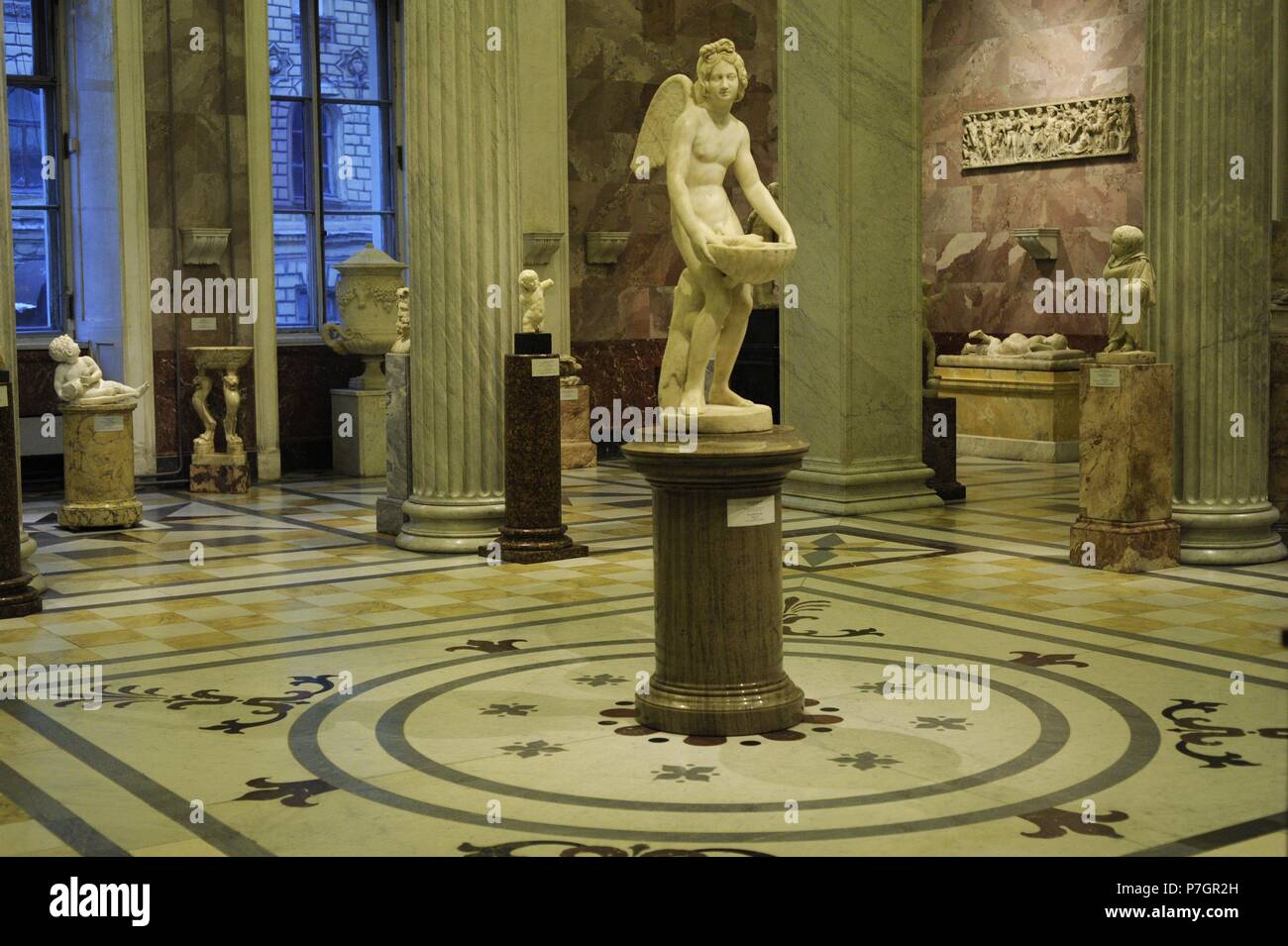 The State Hermitage Museum. Collection of Classical Antiquities. Statues hall. Saint Petersburg. Russia. Stock Photohttps://www.alamy.com/image-license-details/?v=1https://www.alamy.com/the-state-hermitage-museum-collection-of-classical-antiquities-statues-hall-saint-petersburg-russia-image211196345.html
The State Hermitage Museum. Collection of Classical Antiquities. Statues hall. Saint Petersburg. Russia. Stock Photohttps://www.alamy.com/image-license-details/?v=1https://www.alamy.com/the-state-hermitage-museum-collection-of-classical-antiquities-statues-hall-saint-petersburg-russia-image211196345.htmlRMP7GR2H–The State Hermitage Museum. Collection of Classical Antiquities. Statues hall. Saint Petersburg. Russia.
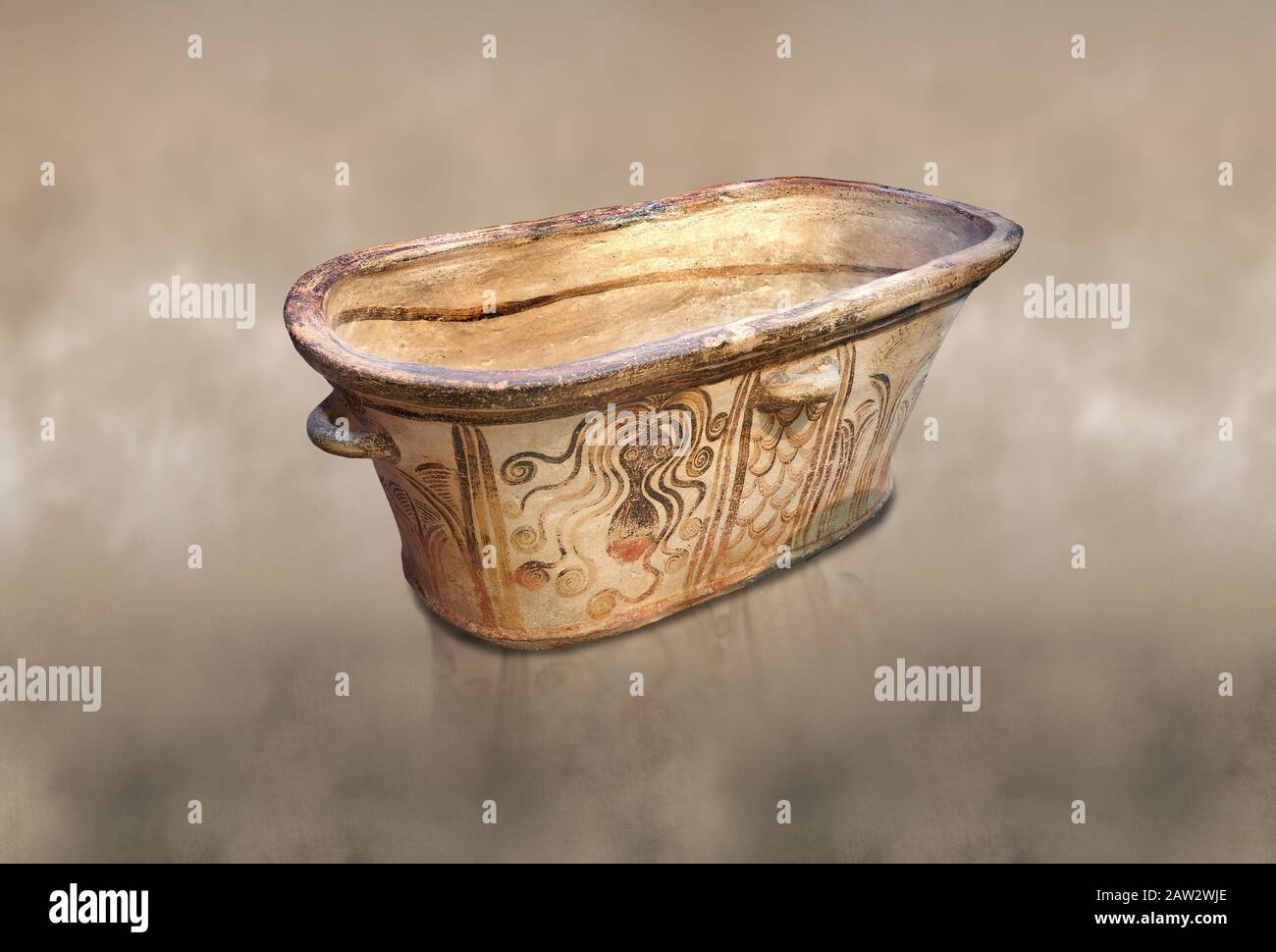 Minoan pottery bath tub larnax decorated with stylised octopuses, Episkopi-Lerapetra 1350-1250 BC, Heraklion Archaeological Museum. To the Greeks Stock Photohttps://www.alamy.com/image-license-details/?v=1https://www.alamy.com/minoan-pottery-bath-tub-larnax-decorated-with-stylised-octopuses-episkopi-lerapetra-1350-1250-bc-heraklion-archaeological-museum-to-the-greeks-image342427414.html
Minoan pottery bath tub larnax decorated with stylised octopuses, Episkopi-Lerapetra 1350-1250 BC, Heraklion Archaeological Museum. To the Greeks Stock Photohttps://www.alamy.com/image-license-details/?v=1https://www.alamy.com/minoan-pottery-bath-tub-larnax-decorated-with-stylised-octopuses-episkopi-lerapetra-1350-1250-bc-heraklion-archaeological-museum-to-the-greeks-image342427414.htmlRF2AW2WJE–Minoan pottery bath tub larnax decorated with stylised octopuses, Episkopi-Lerapetra 1350-1250 BC, Heraklion Archaeological Museum. To the Greeks
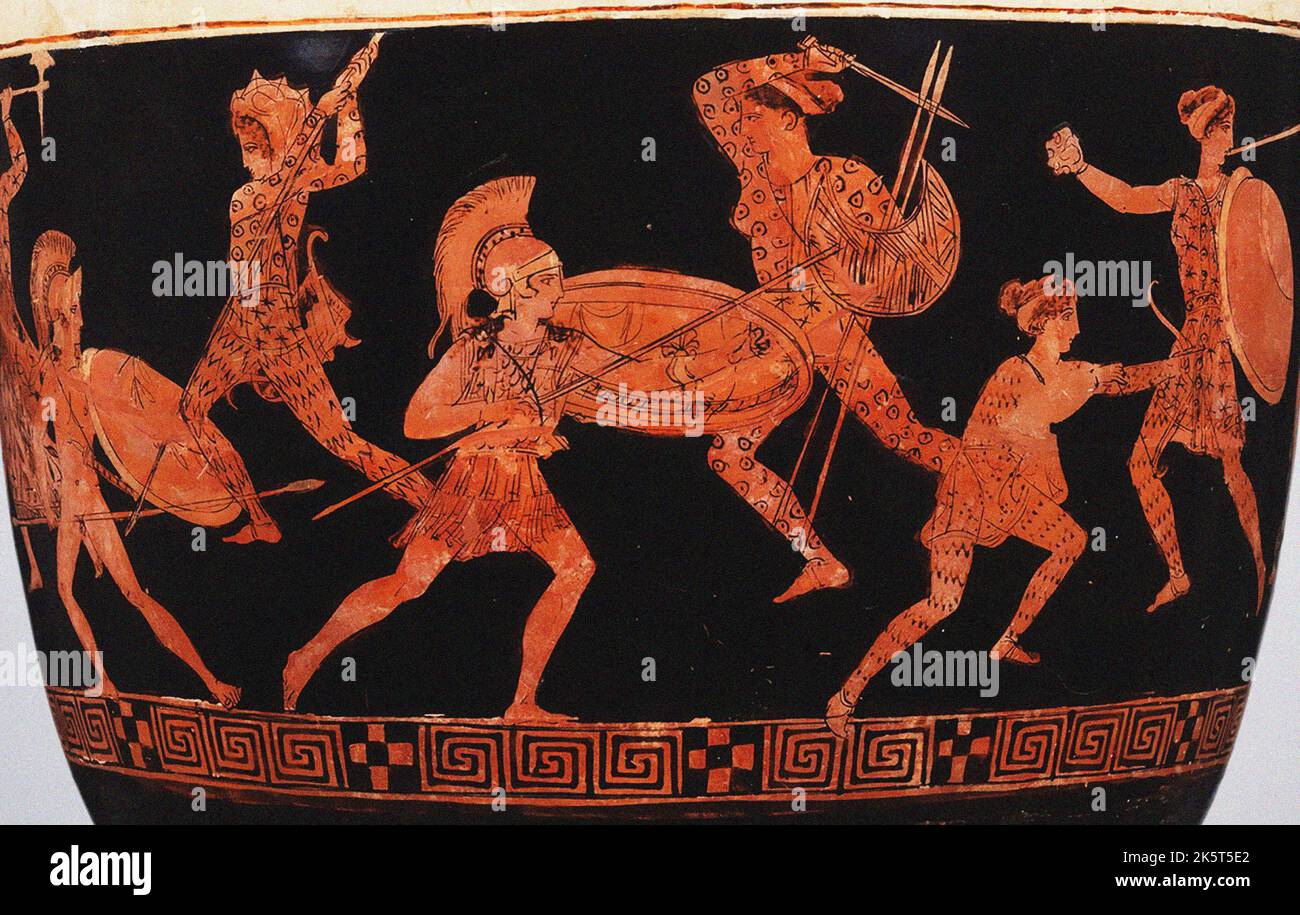 Amazonomachy (Battle of Greeks against Amazons). Lekythos, ca 420-410 BC. Found in the collection of the Metropolitan Museum of Art, New York. Stock Photohttps://www.alamy.com/image-license-details/?v=1https://www.alamy.com/amazonomachy-battle-of-greeks-against-amazons-lekythos-ca-420-410-bc-found-in-the-collection-of-the-metropolitan-museum-of-art-new-york-image485494746.html
Amazonomachy (Battle of Greeks against Amazons). Lekythos, ca 420-410 BC. Found in the collection of the Metropolitan Museum of Art, New York. Stock Photohttps://www.alamy.com/image-license-details/?v=1https://www.alamy.com/amazonomachy-battle-of-greeks-against-amazons-lekythos-ca-420-410-bc-found-in-the-collection-of-the-metropolitan-museum-of-art-new-york-image485494746.htmlRM2K5T5E2–Amazonomachy (Battle of Greeks against Amazons). Lekythos, ca 420-410 BC. Found in the collection of the Metropolitan Museum of Art, New York.
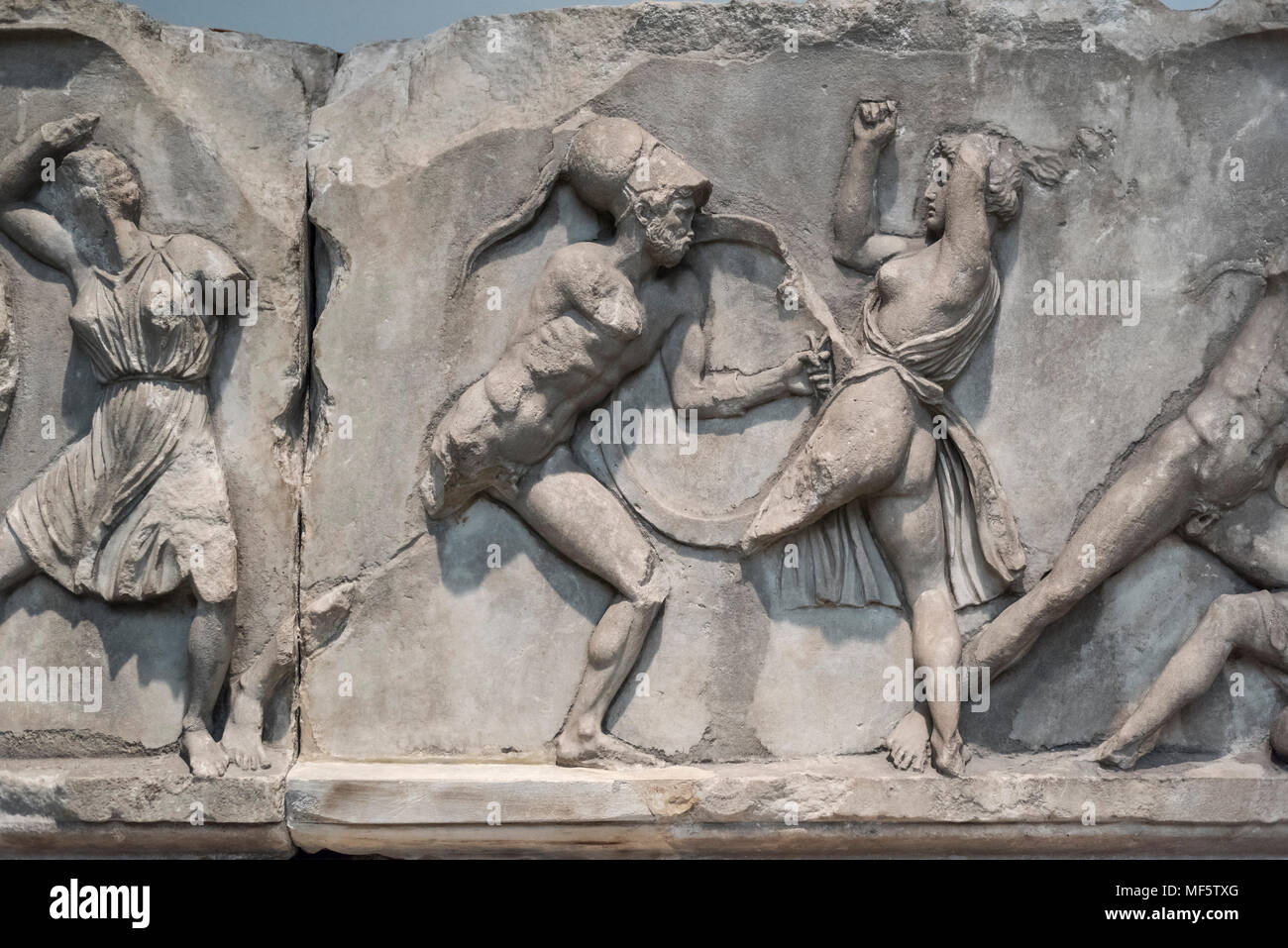 London. England. British Museum, Relief from the Mausoleum at Halikarnassos (Halicarnassus or Tomb of Mausolus), Section from the Amazon Frieze, detai Stock Photohttps://www.alamy.com/image-license-details/?v=1https://www.alamy.com/london-england-british-museum-relief-from-the-mausoleum-at-halikarnassos-halicarnassus-or-tomb-of-mausolus-section-from-the-amazon-frieze-detai-image181452840.html
London. England. British Museum, Relief from the Mausoleum at Halikarnassos (Halicarnassus or Tomb of Mausolus), Section from the Amazon Frieze, detai Stock Photohttps://www.alamy.com/image-license-details/?v=1https://www.alamy.com/london-england-british-museum-relief-from-the-mausoleum-at-halikarnassos-halicarnassus-or-tomb-of-mausolus-section-from-the-amazon-frieze-detai-image181452840.htmlRMMF5TXG–London. England. British Museum, Relief from the Mausoleum at Halikarnassos (Halicarnassus or Tomb of Mausolus), Section from the Amazon Frieze, detai
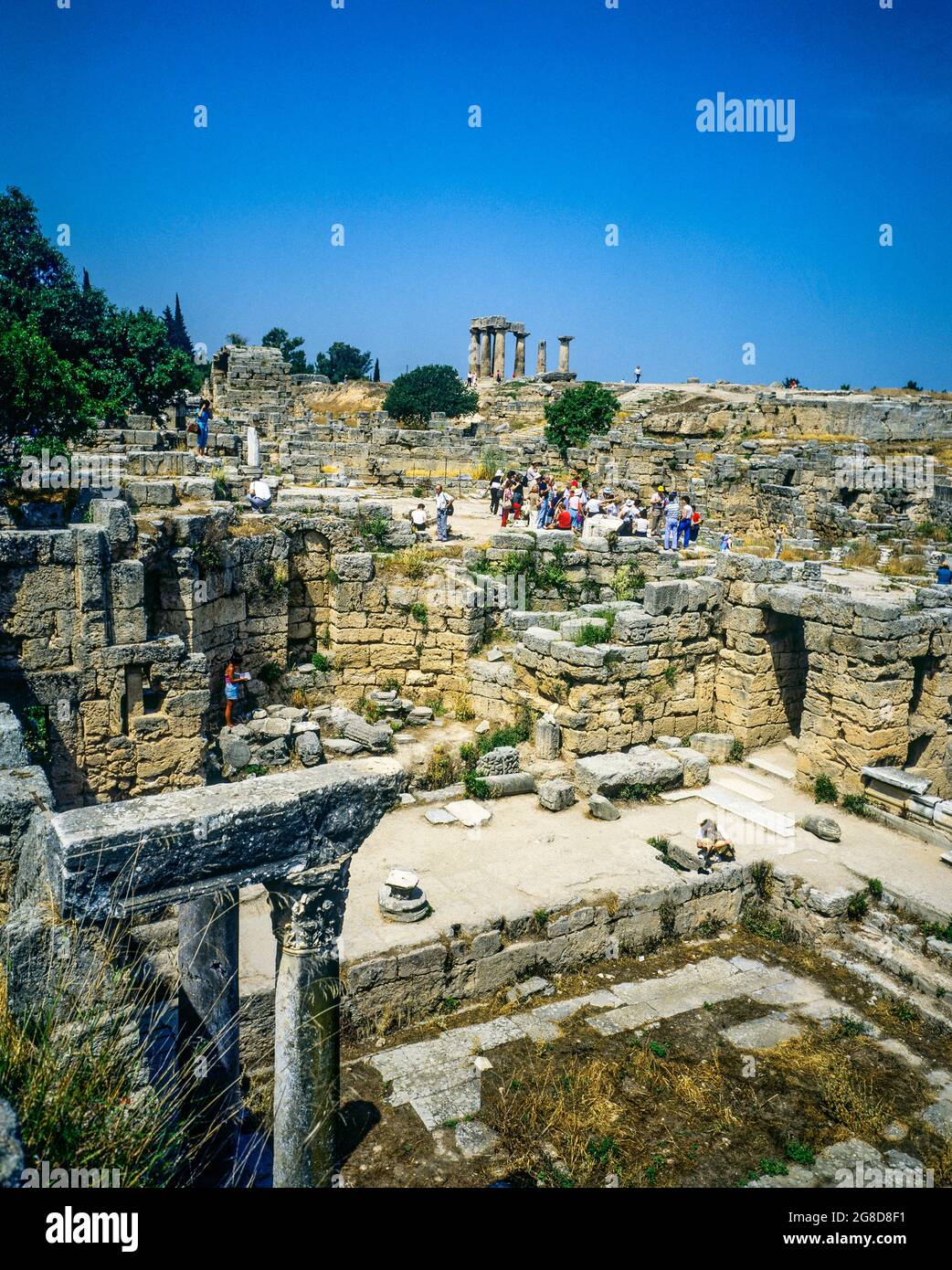 Peirene fountain, Temple of Apollo in the distance, Ancient Corinth, Corinthia, Peloponnese, Greece, Europe, Stock Photohttps://www.alamy.com/image-license-details/?v=1https://www.alamy.com/peirene-fountain-temple-of-apollo-in-the-distance-ancient-corinth-corinthia-peloponnese-greece-europe-image435468517.html
Peirene fountain, Temple of Apollo in the distance, Ancient Corinth, Corinthia, Peloponnese, Greece, Europe, Stock Photohttps://www.alamy.com/image-license-details/?v=1https://www.alamy.com/peirene-fountain-temple-of-apollo-in-the-distance-ancient-corinth-corinthia-peloponnese-greece-europe-image435468517.htmlRM2G8D8F1–Peirene fountain, Temple of Apollo in the distance, Ancient Corinth, Corinthia, Peloponnese, Greece, Europe,
 Amazonomachy: Attic Nikosthenic-type Red-figure Krater, Side A ('Amazons fighting w/ Greeks') Detail, attrbtd to the Pronomos Painter, 420-400 BC IV. Stock Photohttps://www.alamy.com/image-license-details/?v=1https://www.alamy.com/amazonomachy-attic-nikosthenic-type-red-figure-krater-side-a-amazons-fighting-w-greeks-detail-attrbtd-to-the-pronomos-painter-420-400-bc-iv-image607535266.html
Amazonomachy: Attic Nikosthenic-type Red-figure Krater, Side A ('Amazons fighting w/ Greeks') Detail, attrbtd to the Pronomos Painter, 420-400 BC IV. Stock Photohttps://www.alamy.com/image-license-details/?v=1https://www.alamy.com/amazonomachy-attic-nikosthenic-type-red-figure-krater-side-a-amazons-fighting-w-greeks-detail-attrbtd-to-the-pronomos-painter-420-400-bc-iv-image607535266.htmlRF2X8BHC2–Amazonomachy: Attic Nikosthenic-type Red-figure Krater, Side A ('Amazons fighting w/ Greeks') Detail, attrbtd to the Pronomos Painter, 420-400 BC IV.
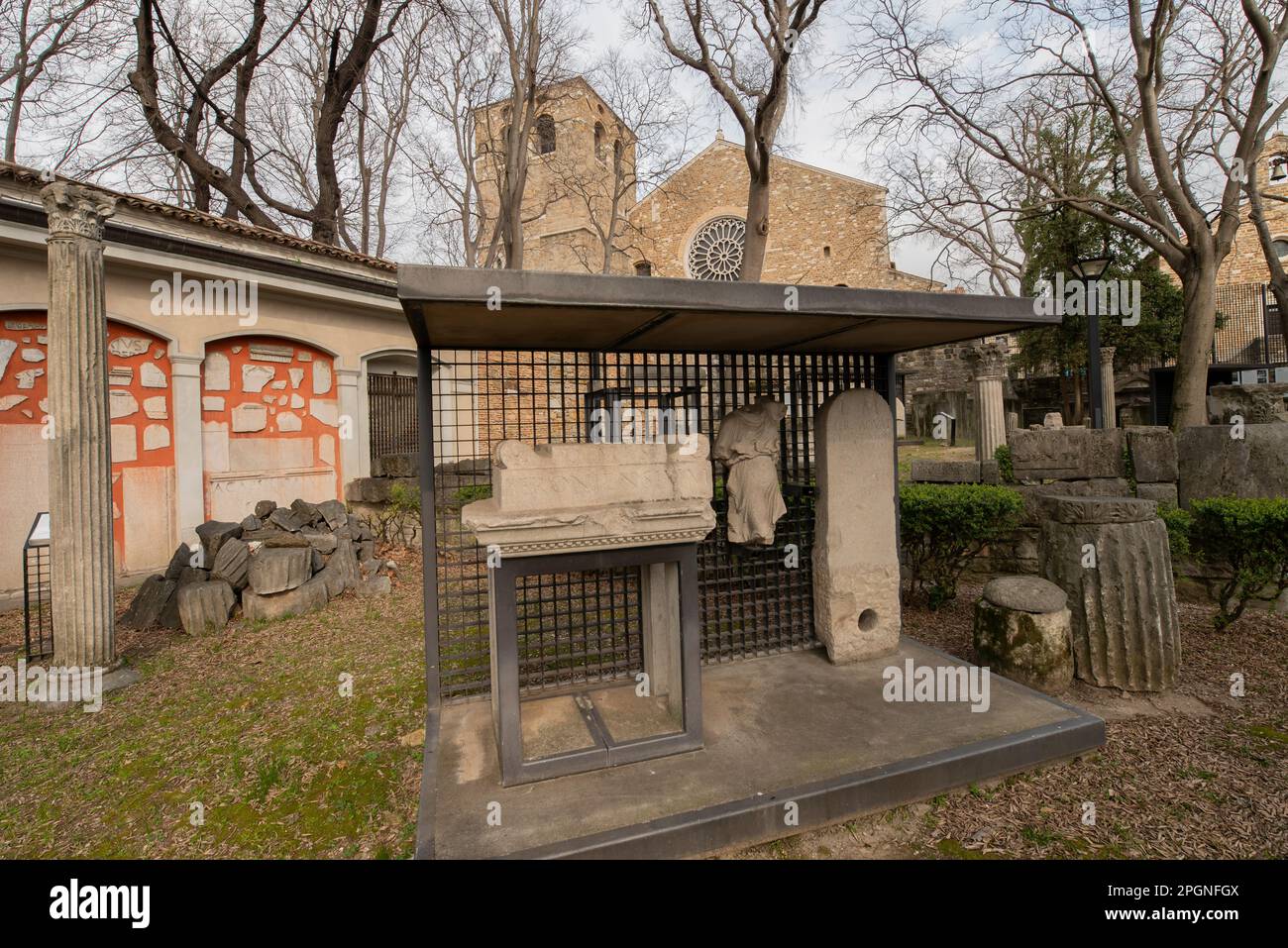 Winckelmann Antiquities Museum in Trieste, Italy Stock Photohttps://www.alamy.com/image-license-details/?v=1https://www.alamy.com/winckelmann-antiquities-museum-in-trieste-italy-image543829130.html
Winckelmann Antiquities Museum in Trieste, Italy Stock Photohttps://www.alamy.com/image-license-details/?v=1https://www.alamy.com/winckelmann-antiquities-museum-in-trieste-italy-image543829130.htmlRF2PGNFGX–Winckelmann Antiquities Museum in Trieste, Italy
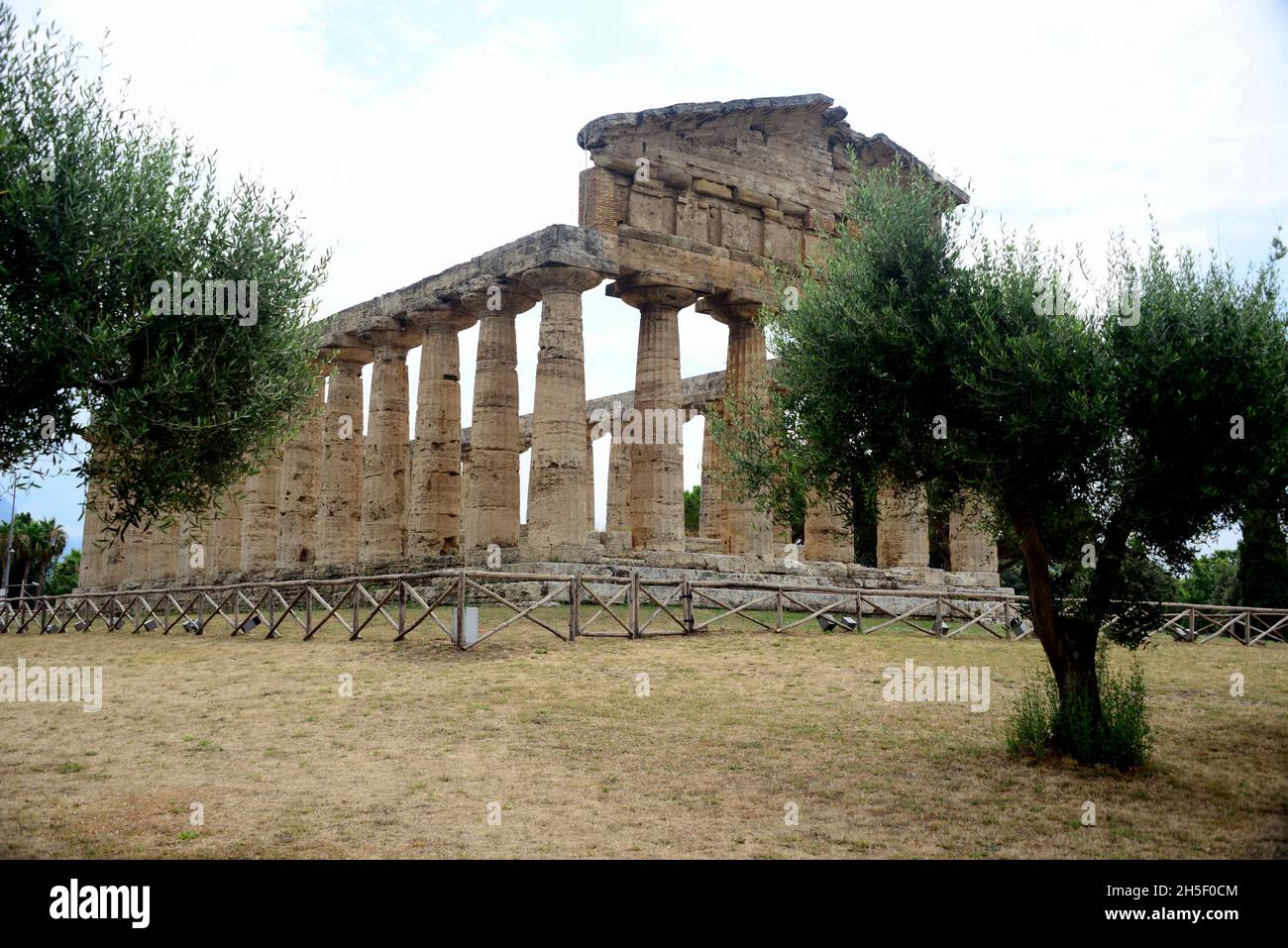 Temple of Athena-Paestum, an ancient city of Magna Graecia called by the Greeks Poseidonia in honor of Poseidon, but very devoted to Athena and Hera. Stock Photohttps://www.alamy.com/image-license-details/?v=1https://www.alamy.com/temple-of-athena-paestum-an-ancient-city-of-magna-graecia-called-by-the-greeks-poseidonia-in-honor-of-poseidon-but-very-devoted-to-athena-and-hera-image450872484.html
Temple of Athena-Paestum, an ancient city of Magna Graecia called by the Greeks Poseidonia in honor of Poseidon, but very devoted to Athena and Hera. Stock Photohttps://www.alamy.com/image-license-details/?v=1https://www.alamy.com/temple-of-athena-paestum-an-ancient-city-of-magna-graecia-called-by-the-greeks-poseidonia-in-honor-of-poseidon-but-very-devoted-to-athena-and-hera-image450872484.htmlRF2H5F0CM–Temple of Athena-Paestum, an ancient city of Magna Graecia called by the Greeks Poseidonia in honor of Poseidon, but very devoted to Athena and Hera.
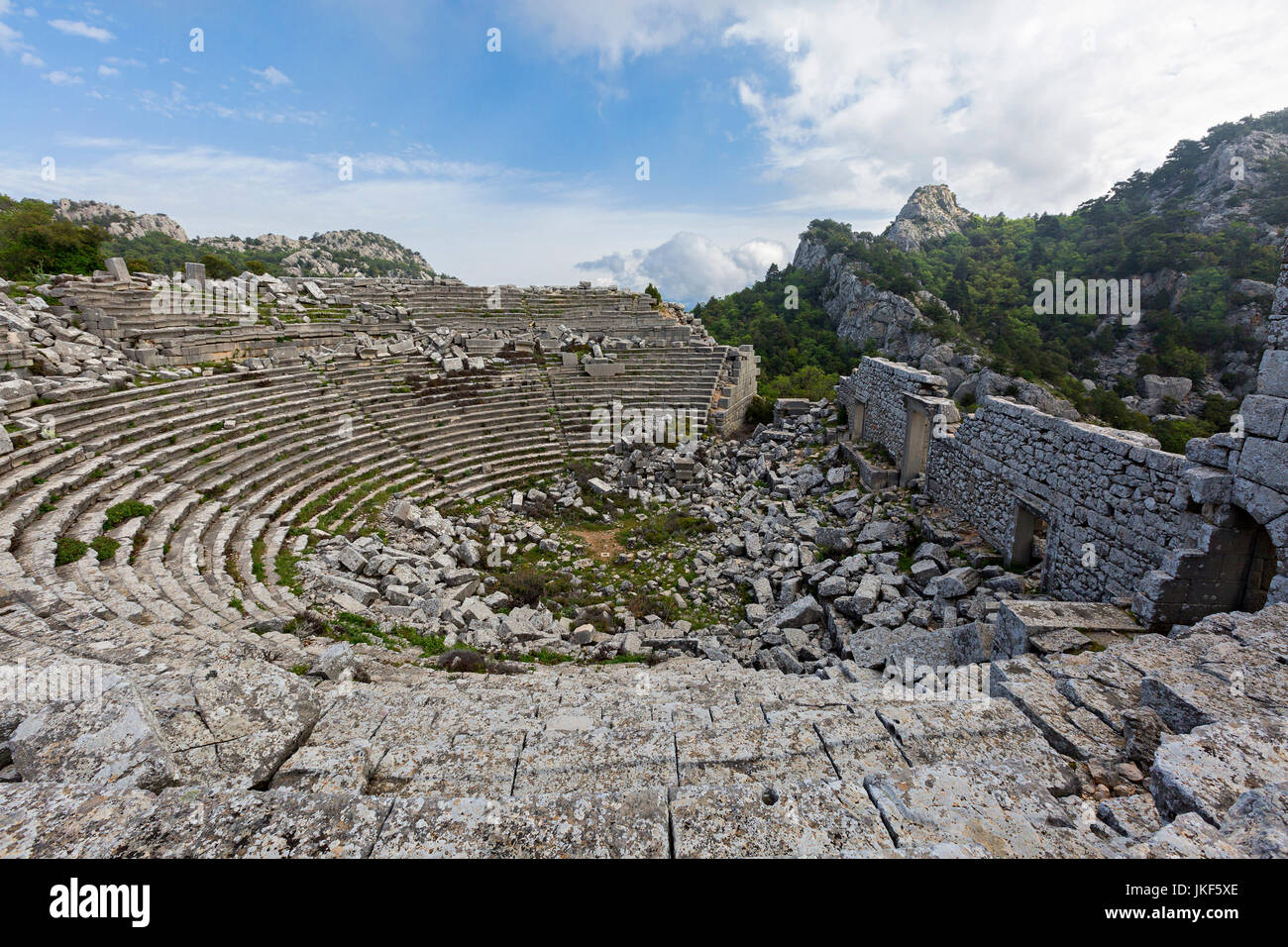 Antique amphitheater in the ruins of Termessos, Antalya, Turkey. Stock Photohttps://www.alamy.com/image-license-details/?v=1https://www.alamy.com/stock-photo-antique-amphitheater-in-the-ruins-of-termessos-antalya-turkey-149695350.html
Antique amphitheater in the ruins of Termessos, Antalya, Turkey. Stock Photohttps://www.alamy.com/image-license-details/?v=1https://www.alamy.com/stock-photo-antique-amphitheater-in-the-ruins-of-termessos-antalya-turkey-149695350.htmlRFJKF5XE–Antique amphitheater in the ruins of Termessos, Antalya, Turkey.
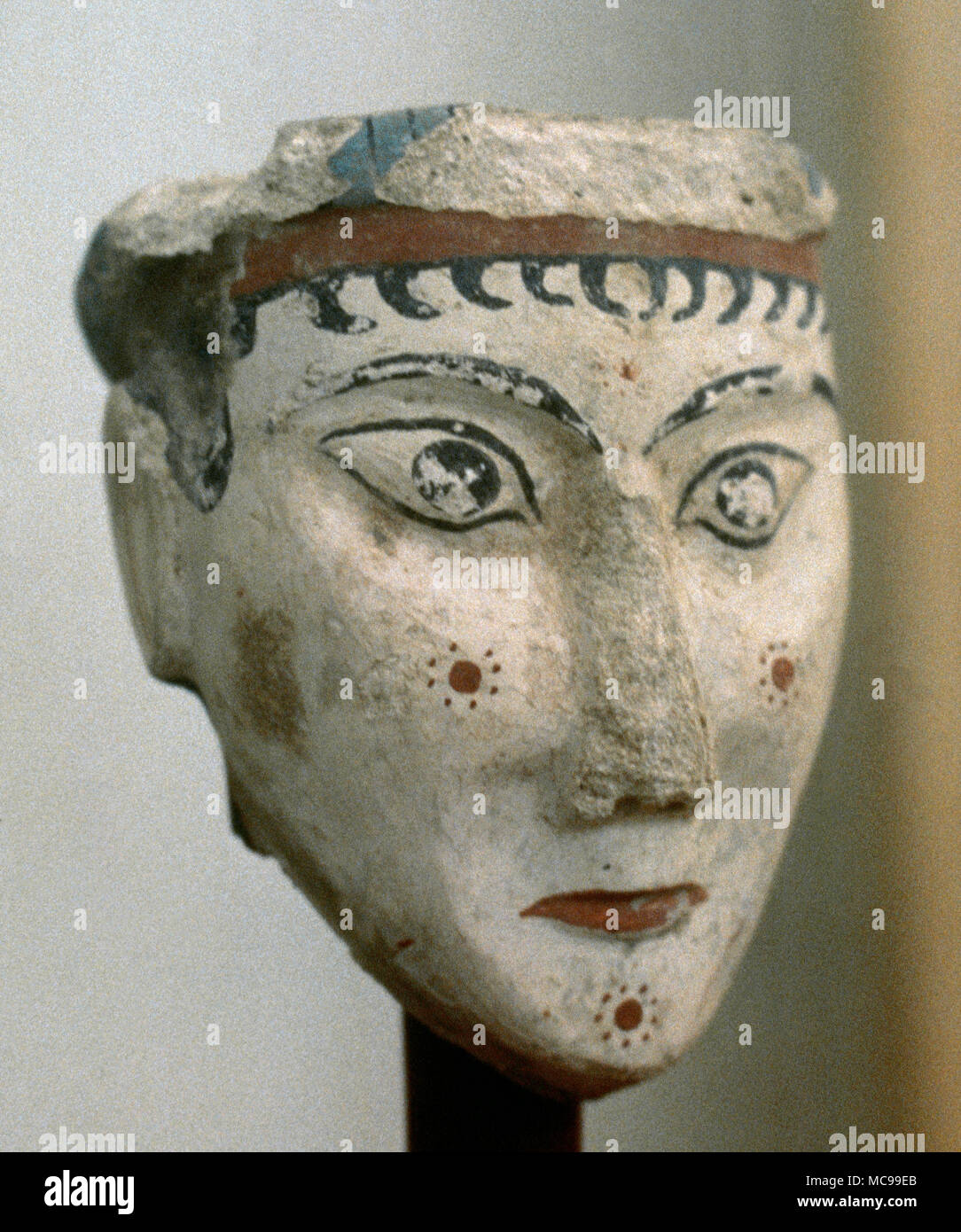 Plaster head of a woman (possibly a goddes or sphinx). Acropolis at Mycenae, 13th century BC. Greece. National Archaeological Museum. Athens, Greece. Stock Photohttps://www.alamy.com/image-license-details/?v=1https://www.alamy.com/plaster-head-of-a-woman-possibly-a-goddes-or-sphinx-acropolis-at-mycenae-13th-century-bc-greece-national-archaeological-museum-athens-greece-image179684579.html
Plaster head of a woman (possibly a goddes or sphinx). Acropolis at Mycenae, 13th century BC. Greece. National Archaeological Museum. Athens, Greece. Stock Photohttps://www.alamy.com/image-license-details/?v=1https://www.alamy.com/plaster-head-of-a-woman-possibly-a-goddes-or-sphinx-acropolis-at-mycenae-13th-century-bc-greece-national-archaeological-museum-athens-greece-image179684579.htmlRMMC99EB–Plaster head of a woman (possibly a goddes or sphinx). Acropolis at Mycenae, 13th century BC. Greece. National Archaeological Museum. Athens, Greece.
 Munich, Germany. 13th Apr, 2022. Two men work on and examine the stone roof façade and frescoes above the entrance to the State Collection of Classical Antiquities on Königsplatz. Greek, Roman and Etruscan masterpieces are on display in the Antiquities Collections. Works of art and utilitarian objects of the Greeks, Etruscans and Romans made of a wide variety of materials such as ceramics, metal and stone are housed in the building. Credit: Peter Kneffel/dpa/Alamy Live News Stock Photohttps://www.alamy.com/image-license-details/?v=1https://www.alamy.com/munich-germany-13th-apr-2022-two-men-work-on-and-examine-the-stone-roof-faade-and-frescoes-above-the-entrance-to-the-state-collection-of-classical-antiquities-on-knigsplatz-greek-roman-and-etruscan-masterpieces-are-on-display-in-the-antiquities-collections-works-of-art-and-utilitarian-objects-of-the-greeks-etruscans-and-romans-made-of-a-wide-variety-of-materials-such-as-ceramics-metal-and-stone-are-housed-in-the-building-credit-peter-kneffeldpaalamy-live-news-image467340505.html
Munich, Germany. 13th Apr, 2022. Two men work on and examine the stone roof façade and frescoes above the entrance to the State Collection of Classical Antiquities on Königsplatz. Greek, Roman and Etruscan masterpieces are on display in the Antiquities Collections. Works of art and utilitarian objects of the Greeks, Etruscans and Romans made of a wide variety of materials such as ceramics, metal and stone are housed in the building. Credit: Peter Kneffel/dpa/Alamy Live News Stock Photohttps://www.alamy.com/image-license-details/?v=1https://www.alamy.com/munich-germany-13th-apr-2022-two-men-work-on-and-examine-the-stone-roof-faade-and-frescoes-above-the-entrance-to-the-state-collection-of-classical-antiquities-on-knigsplatz-greek-roman-and-etruscan-masterpieces-are-on-display-in-the-antiquities-collections-works-of-art-and-utilitarian-objects-of-the-greeks-etruscans-and-romans-made-of-a-wide-variety-of-materials-such-as-ceramics-metal-and-stone-are-housed-in-the-building-credit-peter-kneffeldpaalamy-live-news-image467340505.htmlRM2J495G9–Munich, Germany. 13th Apr, 2022. Two men work on and examine the stone roof façade and frescoes above the entrance to the State Collection of Classical Antiquities on Königsplatz. Greek, Roman and Etruscan masterpieces are on display in the Antiquities Collections. Works of art and utilitarian objects of the Greeks, Etruscans and Romans made of a wide variety of materials such as ceramics, metal and stone are housed in the building. Credit: Peter Kneffel/dpa/Alamy Live News
 An overview of an excavation area at the City of David Archeology Park outside the Old City of Jerusalem, near the East Jerusalem neighborhood of Silwan, November 3, 2015. According to the Israel Antiquities Authority, after years of excavations underneath the Givati parking lot, the remains of a stronghold, the Acra, used by the Greeks more than 2,000 years ago to control the Temple Mount during the reign of King Antiochus Epiphanes (c. 215-164 BCE) were discovered at the excavation site. Archeological findings of sling stones, arrowheads, and ballistas stones were recovered and are evidence Stock Photohttps://www.alamy.com/image-license-details/?v=1https://www.alamy.com/an-overview-of-an-excavation-area-at-the-city-of-david-archeology-park-outside-the-old-city-of-jerusalem-near-the-east-jerusalem-neighborhood-of-silwan-november-3-2015-according-to-the-israel-antiquities-authority-after-years-of-excavations-underneath-the-givati-parking-lot-the-remains-of-a-stronghold-the-acra-used-by-the-greeks-more-than-2000-years-ago-to-control-the-temple-mount-during-the-reign-of-king-antiochus-epiphanes-c-215-164-bce-were-discovered-at-the-excavation-site-archeological-findings-of-sling-stones-arrowheads-and-ballistas-stones-were-recovered-and-are-evidence-image257492959.html
An overview of an excavation area at the City of David Archeology Park outside the Old City of Jerusalem, near the East Jerusalem neighborhood of Silwan, November 3, 2015. According to the Israel Antiquities Authority, after years of excavations underneath the Givati parking lot, the remains of a stronghold, the Acra, used by the Greeks more than 2,000 years ago to control the Temple Mount during the reign of King Antiochus Epiphanes (c. 215-164 BCE) were discovered at the excavation site. Archeological findings of sling stones, arrowheads, and ballistas stones were recovered and are evidence Stock Photohttps://www.alamy.com/image-license-details/?v=1https://www.alamy.com/an-overview-of-an-excavation-area-at-the-city-of-david-archeology-park-outside-the-old-city-of-jerusalem-near-the-east-jerusalem-neighborhood-of-silwan-november-3-2015-according-to-the-israel-antiquities-authority-after-years-of-excavations-underneath-the-givati-parking-lot-the-remains-of-a-stronghold-the-acra-used-by-the-greeks-more-than-2000-years-ago-to-control-the-temple-mount-during-the-reign-of-king-antiochus-epiphanes-c-215-164-bce-were-discovered-at-the-excavation-site-archeological-findings-of-sling-stones-arrowheads-and-ballistas-stones-were-recovered-and-are-evidence-image257492959.htmlRMTXWPW3–An overview of an excavation area at the City of David Archeology Park outside the Old City of Jerusalem, near the East Jerusalem neighborhood of Silwan, November 3, 2015. According to the Israel Antiquities Authority, after years of excavations underneath the Givati parking lot, the remains of a stronghold, the Acra, used by the Greeks more than 2,000 years ago to control the Temple Mount during the reign of King Antiochus Epiphanes (c. 215-164 BCE) were discovered at the excavation site. Archeological findings of sling stones, arrowheads, and ballistas stones were recovered and are evidence
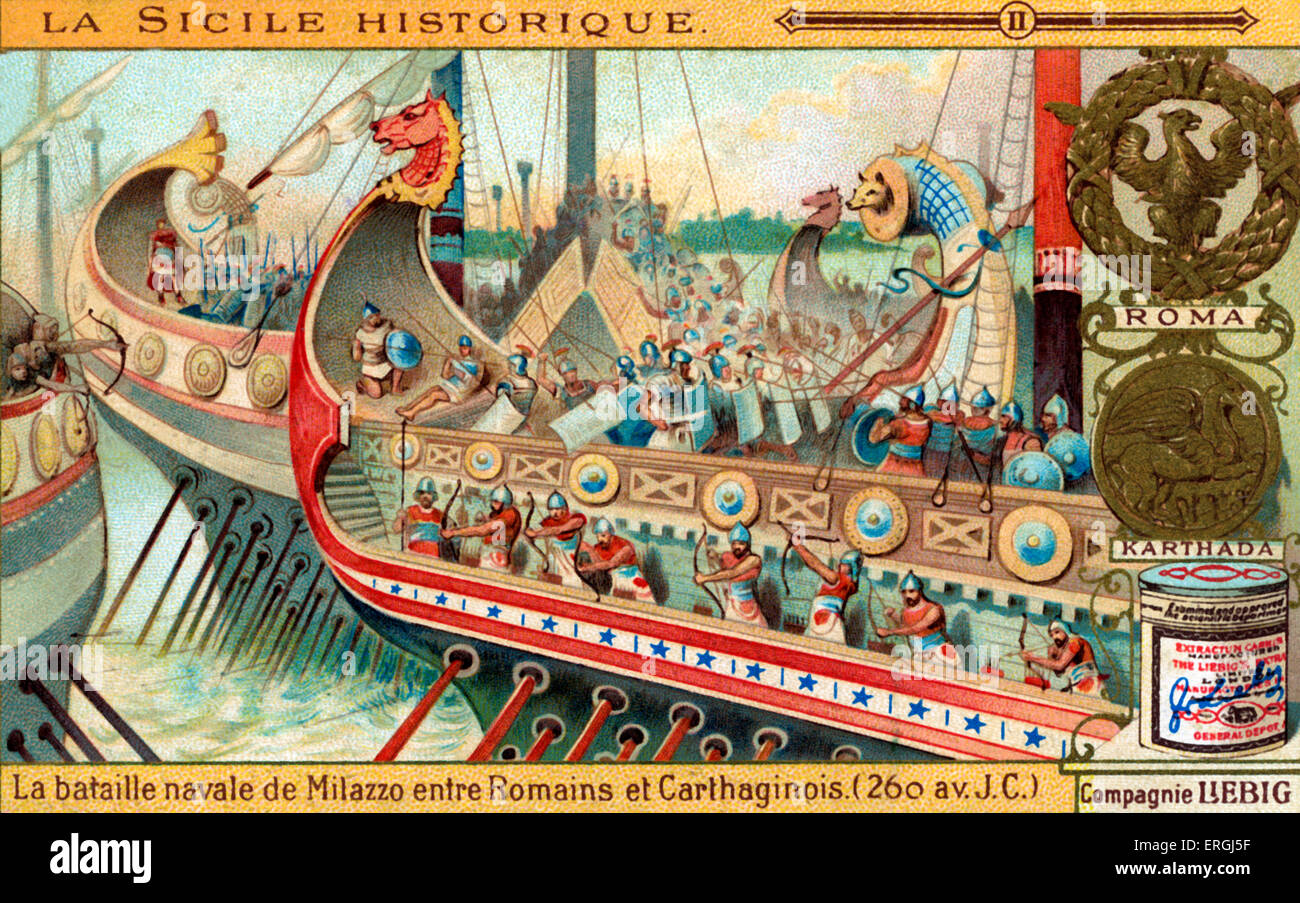 History of Sicily: Battle of Mylae, 260 BC. Illustration on Liebig collectible card (French series: 'La Sicile historique'). Stock Photohttps://www.alamy.com/image-license-details/?v=1https://www.alamy.com/stock-photo-history-of-sicily-battle-of-mylae-260-bc-illustration-on-liebig-collectible-83344059.html
History of Sicily: Battle of Mylae, 260 BC. Illustration on Liebig collectible card (French series: 'La Sicile historique'). Stock Photohttps://www.alamy.com/image-license-details/?v=1https://www.alamy.com/stock-photo-history-of-sicily-battle-of-mylae-260-bc-illustration-on-liebig-collectible-83344059.htmlRMERGJ5F–History of Sicily: Battle of Mylae, 260 BC. Illustration on Liebig collectible card (French series: 'La Sicile historique').
 An 1875 work documenting the lives and cultures of the ancient Greeks and Romans, examining their social, political, and cultural achievements in antiquity. Stock Photohttps://www.alamy.com/image-license-details/?v=1https://www.alamy.com/stock-photo-an-1875-work-documenting-the-lives-and-cultures-of-the-ancient-greeks-114621854.html
An 1875 work documenting the lives and cultures of the ancient Greeks and Romans, examining their social, political, and cultural achievements in antiquity. Stock Photohttps://www.alamy.com/image-license-details/?v=1https://www.alamy.com/stock-photo-an-1875-work-documenting-the-lives-and-cultures-of-the-ancient-greeks-114621854.htmlRMGJDD9J–An 1875 work documenting the lives and cultures of the ancient Greeks and Romans, examining their social, political, and cultural achievements in antiquity.
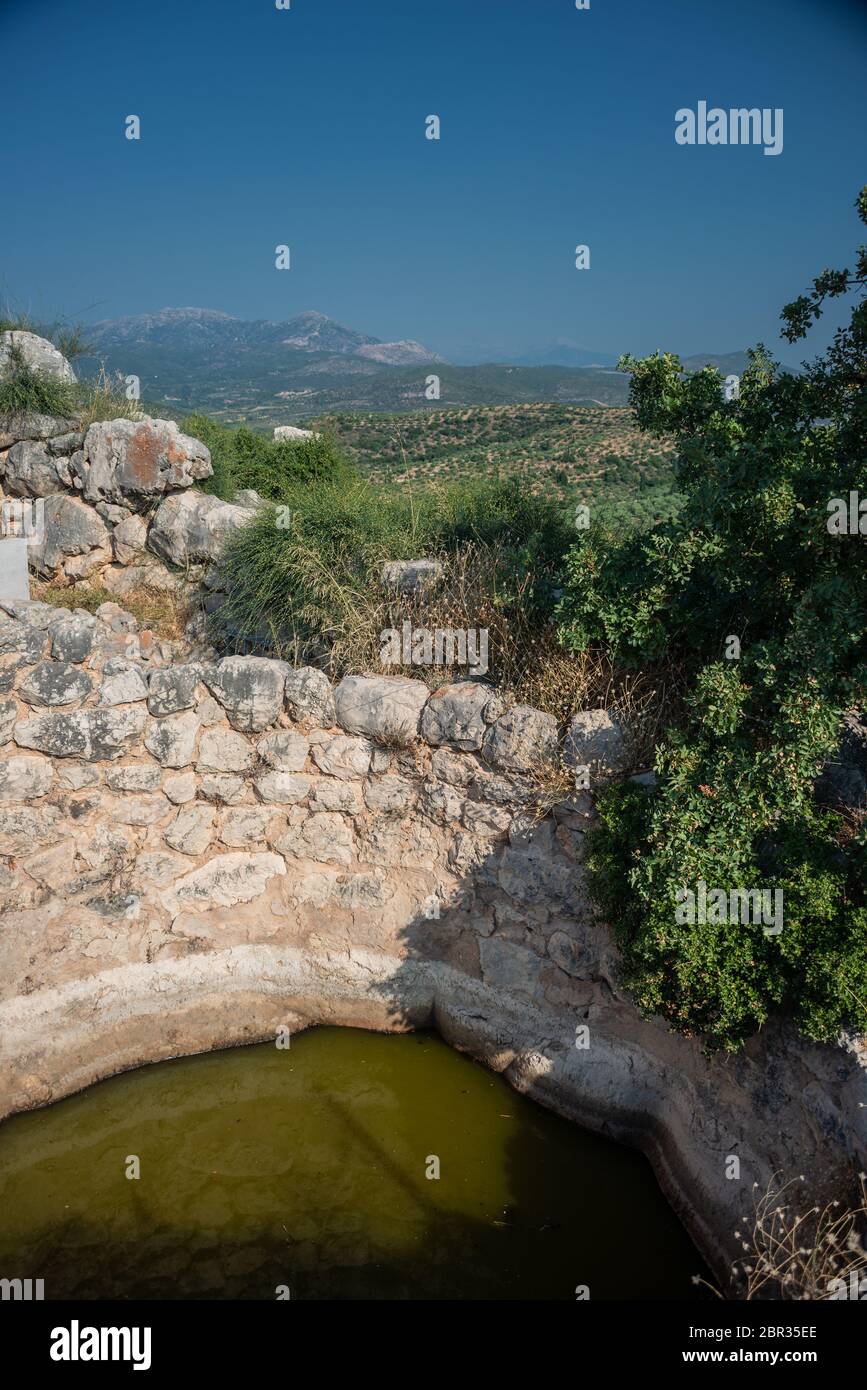 cistern or water tank.Under it is a layer of sand and another vessel for purified water. The ancient Greeks knew filtration technology. Stock Photohttps://www.alamy.com/image-license-details/?v=1https://www.alamy.com/cistern-or-water-tankunder-it-is-a-layer-of-sand-and-another-vessel-for-purified-water-the-ancient-greeks-knew-filtration-technology-image358414630.html
cistern or water tank.Under it is a layer of sand and another vessel for purified water. The ancient Greeks knew filtration technology. Stock Photohttps://www.alamy.com/image-license-details/?v=1https://www.alamy.com/cistern-or-water-tankunder-it-is-a-layer-of-sand-and-another-vessel-for-purified-water-the-ancient-greeks-knew-filtration-technology-image358414630.htmlRF2BR35EE–cistern or water tank.Under it is a layer of sand and another vessel for purified water. The ancient Greeks knew filtration technology.
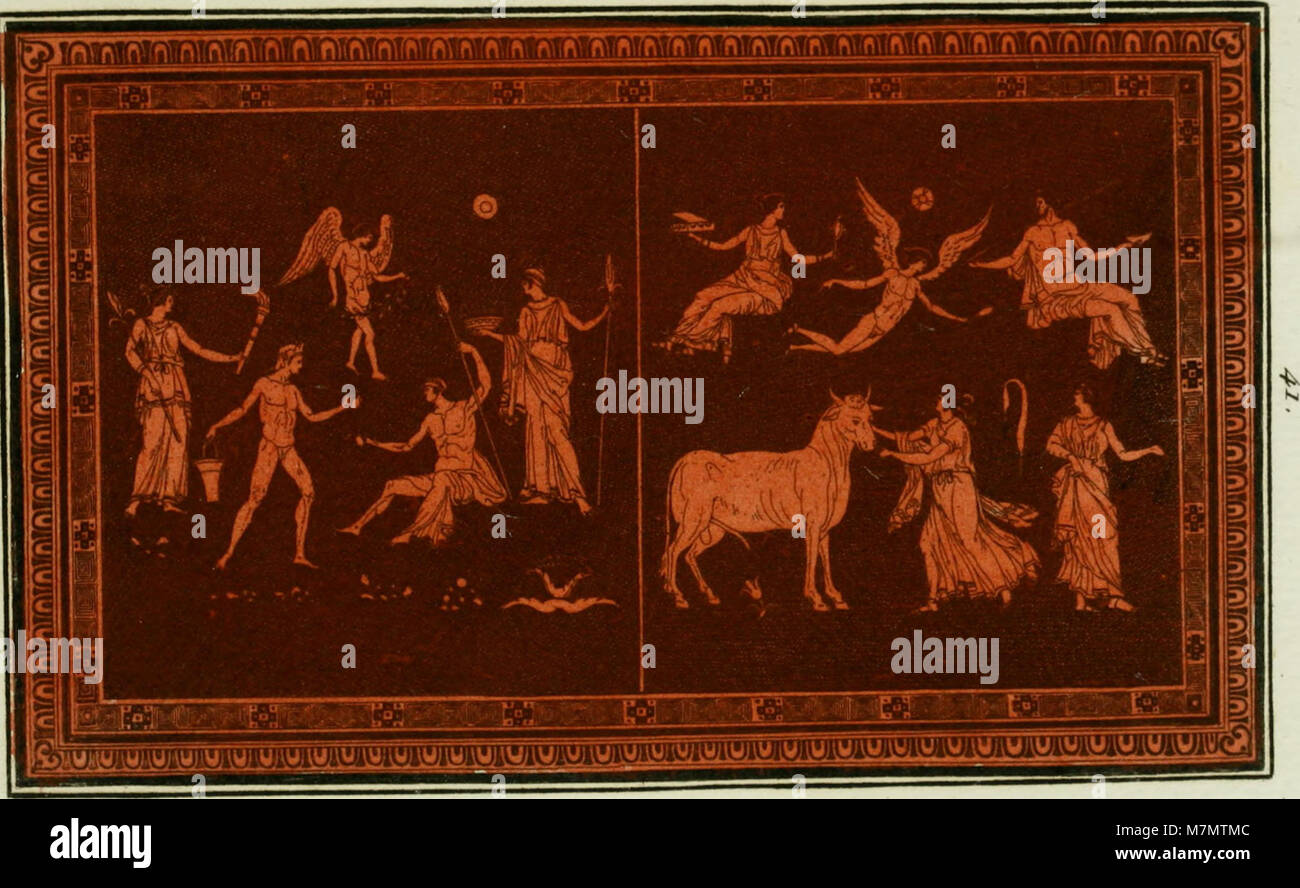 Antiquités étrusques, grecques et romaines - ou les beaux vases étrusques, grecs et romains, et les peintures rendues avec les couleurs qui leur sont propres (1787) (14597501969) Stock Photohttps://www.alamy.com/image-license-details/?v=1https://www.alamy.com/stock-photo-antiquits-trusques-grecques-et-romaines-ou-les-beaux-vases-trusques-176864700.html
Antiquités étrusques, grecques et romaines - ou les beaux vases étrusques, grecs et romains, et les peintures rendues avec les couleurs qui leur sont propres (1787) (14597501969) Stock Photohttps://www.alamy.com/image-license-details/?v=1https://www.alamy.com/stock-photo-antiquits-trusques-grecques-et-romaines-ou-les-beaux-vases-trusques-176864700.htmlRMM7MTMC–Antiquités étrusques, grecques et romaines - ou les beaux vases étrusques, grecs et romains, et les peintures rendues avec les couleurs qui leur sont propres (1787) (14597501969)
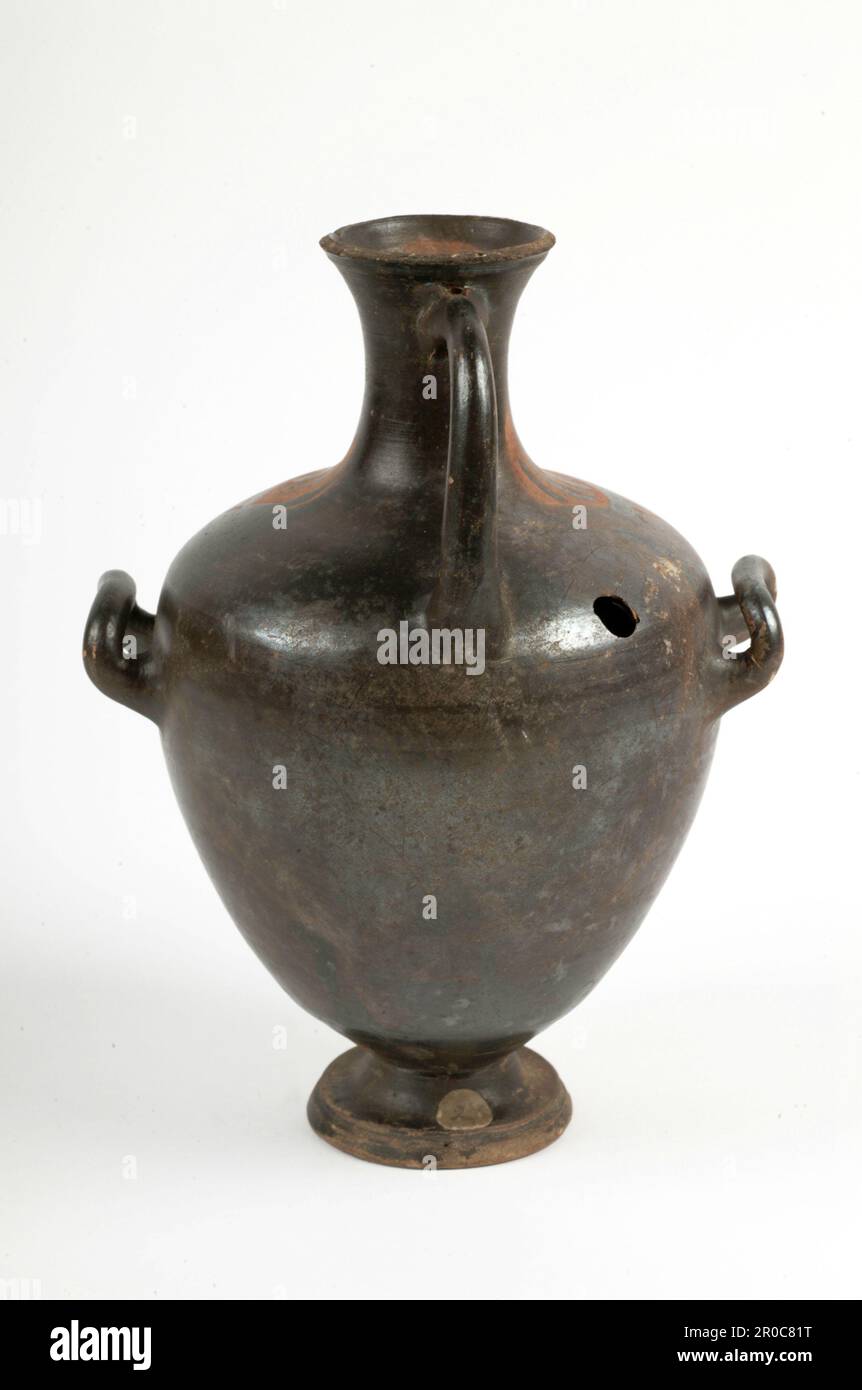 Hydria, 400-200 BC. Sicily, Italy. Ancient Greek Hydria (pitcher with three handles). Stock Photohttps://www.alamy.com/image-license-details/?v=1https://www.alamy.com/hydria-400-200-bc-sicily-italy-ancient-greek-hydria-pitcher-with-three-handles-image551001524.html
Hydria, 400-200 BC. Sicily, Italy. Ancient Greek Hydria (pitcher with three handles). Stock Photohttps://www.alamy.com/image-license-details/?v=1https://www.alamy.com/hydria-400-200-bc-sicily-italy-ancient-greek-hydria-pitcher-with-three-handles-image551001524.htmlRM2R0C81T–Hydria, 400-200 BC. Sicily, Italy. Ancient Greek Hydria (pitcher with three handles).
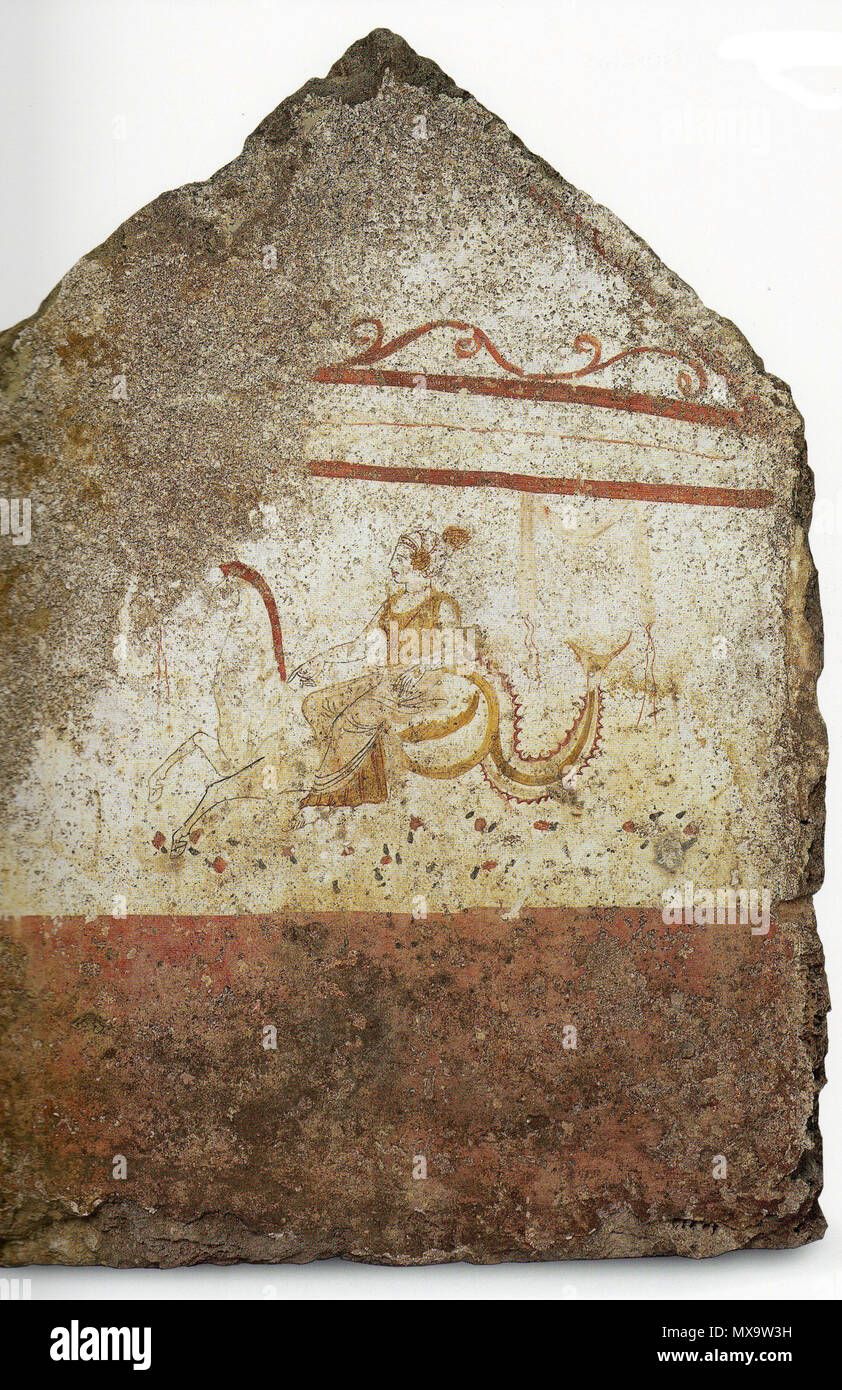 . Paestum, Grab der Nereide. Detail . um 350/340 v. Chr.. Gemälde: unknown. Foto: Christoph Irrgang 251 Grab der Nereide Nereide Stock Photohttps://www.alamy.com/image-license-details/?v=1https://www.alamy.com/paestum-grab-der-nereide-detail-um-350340-v-chr-gemlde-unknown-foto-christoph-irrgang-251-grab-der-nereide-nereide-image188302005.html
. Paestum, Grab der Nereide. Detail . um 350/340 v. Chr.. Gemälde: unknown. Foto: Christoph Irrgang 251 Grab der Nereide Nereide Stock Photohttps://www.alamy.com/image-license-details/?v=1https://www.alamy.com/paestum-grab-der-nereide-detail-um-350340-v-chr-gemlde-unknown-foto-christoph-irrgang-251-grab-der-nereide-nereide-image188302005.htmlRMMX9W3H–. Paestum, Grab der Nereide. Detail . um 350/340 v. Chr.. Gemälde: unknown. Foto: Christoph Irrgang 251 Grab der Nereide Nereide
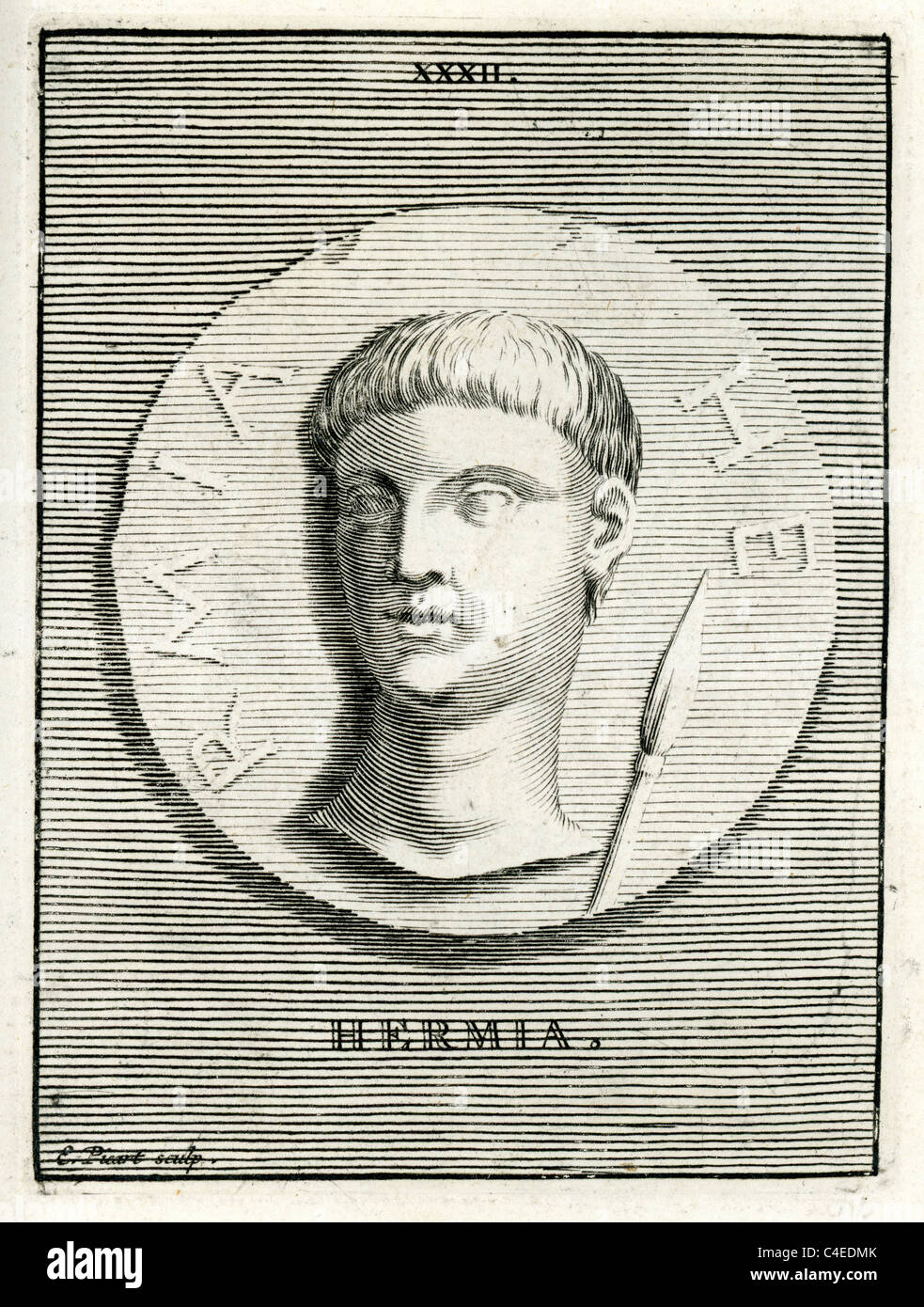 Classical portrait of Hermias of Atarneus who lived in Atarneus, was Aristotle's father-in-law. Stock Photohttps://www.alamy.com/image-license-details/?v=1https://www.alamy.com/stock-photo-classical-portrait-of-hermias-of-atarneus-who-lived-in-atarneus-was-37197459.html
Classical portrait of Hermias of Atarneus who lived in Atarneus, was Aristotle's father-in-law. Stock Photohttps://www.alamy.com/image-license-details/?v=1https://www.alamy.com/stock-photo-classical-portrait-of-hermias-of-atarneus-who-lived-in-atarneus-was-37197459.htmlRMC4EDMK–Classical portrait of Hermias of Atarneus who lived in Atarneus, was Aristotle's father-in-law.
 Greeks in battle with attack and defence weapons. Handcolored copperplate engraving from Robert von Spalart's 'Historical Picture of the Costumes of the Principal People of Antiquity and of the Middle Ages' (1796). Stock Photohttps://www.alamy.com/image-license-details/?v=1https://www.alamy.com/greeks-in-battle-with-attack-and-defence-weapons-handcolored-copperplate-engraving-from-robert-von-spalarts-historical-picture-of-the-costumes-of-the-principal-people-of-antiquity-and-of-the-middle-ages-1796-image209729042.html
Greeks in battle with attack and defence weapons. Handcolored copperplate engraving from Robert von Spalart's 'Historical Picture of the Costumes of the Principal People of Antiquity and of the Middle Ages' (1796). Stock Photohttps://www.alamy.com/image-license-details/?v=1https://www.alamy.com/greeks-in-battle-with-attack-and-defence-weapons-handcolored-copperplate-engraving-from-robert-von-spalarts-historical-picture-of-the-costumes-of-the-principal-people-of-antiquity-and-of-the-middle-ages-1796-image209729042.htmlRMP55YEX–Greeks in battle with attack and defence weapons. Handcolored copperplate engraving from Robert von Spalart's 'Historical Picture of the Costumes of the Principal People of Antiquity and of the Middle Ages' (1796).
 Manual of Egyptian archæology and guide to the study of antiquities in EgyptFor the use of students and travellers . ned, such as beneath thetemple porticoes and in the antechambers of tombs,the colouring is soft and subdued. Painting in Egyptwas only the humble handmaid of architecture andsculpture. To compare it with our own, or even witlithat of the Greeks, is not to be thought of, but if weaccept it for what it is in the secondary positionassigned to it, we must admit that it possesses someunusual merits. It excelled for large decorativeschemes, and if the fashion of painting our mansionsa Stock Photohttps://www.alamy.com/image-license-details/?v=1https://www.alamy.com/manual-of-egyptian-archology-and-guide-to-the-study-of-antiquities-in-egyptfor-the-use-of-students-and-travellers-ned-such-as-beneath-thetemple-porticoes-and-in-the-antechambers-of-tombsthe-colouring-is-soft-and-subdued-painting-in-egyptwas-only-the-humble-handmaid-of-architecture-andsculpture-to-compare-it-with-our-own-or-even-witlithat-of-the-greeks-is-not-to-be-thought-of-but-if-weaccept-it-for-what-it-is-in-the-secondary-positionassigned-to-it-we-must-admit-that-it-possesses-someunusual-merits-it-excelled-for-large-decorativeschemes-and-if-the-fashion-of-painting-our-mansionsa-image343346336.html
Manual of Egyptian archæology and guide to the study of antiquities in EgyptFor the use of students and travellers . ned, such as beneath thetemple porticoes and in the antechambers of tombs,the colouring is soft and subdued. Painting in Egyptwas only the humble handmaid of architecture andsculpture. To compare it with our own, or even witlithat of the Greeks, is not to be thought of, but if weaccept it for what it is in the secondary positionassigned to it, we must admit that it possesses someunusual merits. It excelled for large decorativeschemes, and if the fashion of painting our mansionsa Stock Photohttps://www.alamy.com/image-license-details/?v=1https://www.alamy.com/manual-of-egyptian-archology-and-guide-to-the-study-of-antiquities-in-egyptfor-the-use-of-students-and-travellers-ned-such-as-beneath-thetemple-porticoes-and-in-the-antechambers-of-tombsthe-colouring-is-soft-and-subdued-painting-in-egyptwas-only-the-humble-handmaid-of-architecture-andsculpture-to-compare-it-with-our-own-or-even-witlithat-of-the-greeks-is-not-to-be-thought-of-but-if-weaccept-it-for-what-it-is-in-the-secondary-positionassigned-to-it-we-must-admit-that-it-possesses-someunusual-merits-it-excelled-for-large-decorativeschemes-and-if-the-fashion-of-painting-our-mansionsa-image343346336.htmlRM2AXGNN4–Manual of Egyptian archæology and guide to the study of antiquities in EgyptFor the use of students and travellers . ned, such as beneath thetemple porticoes and in the antechambers of tombs,the colouring is soft and subdued. Painting in Egyptwas only the humble handmaid of architecture andsculpture. To compare it with our own, or even witlithat of the Greeks, is not to be thought of, but if weaccept it for what it is in the secondary positionassigned to it, we must admit that it possesses someunusual merits. It excelled for large decorativeschemes, and if the fashion of painting our mansionsa
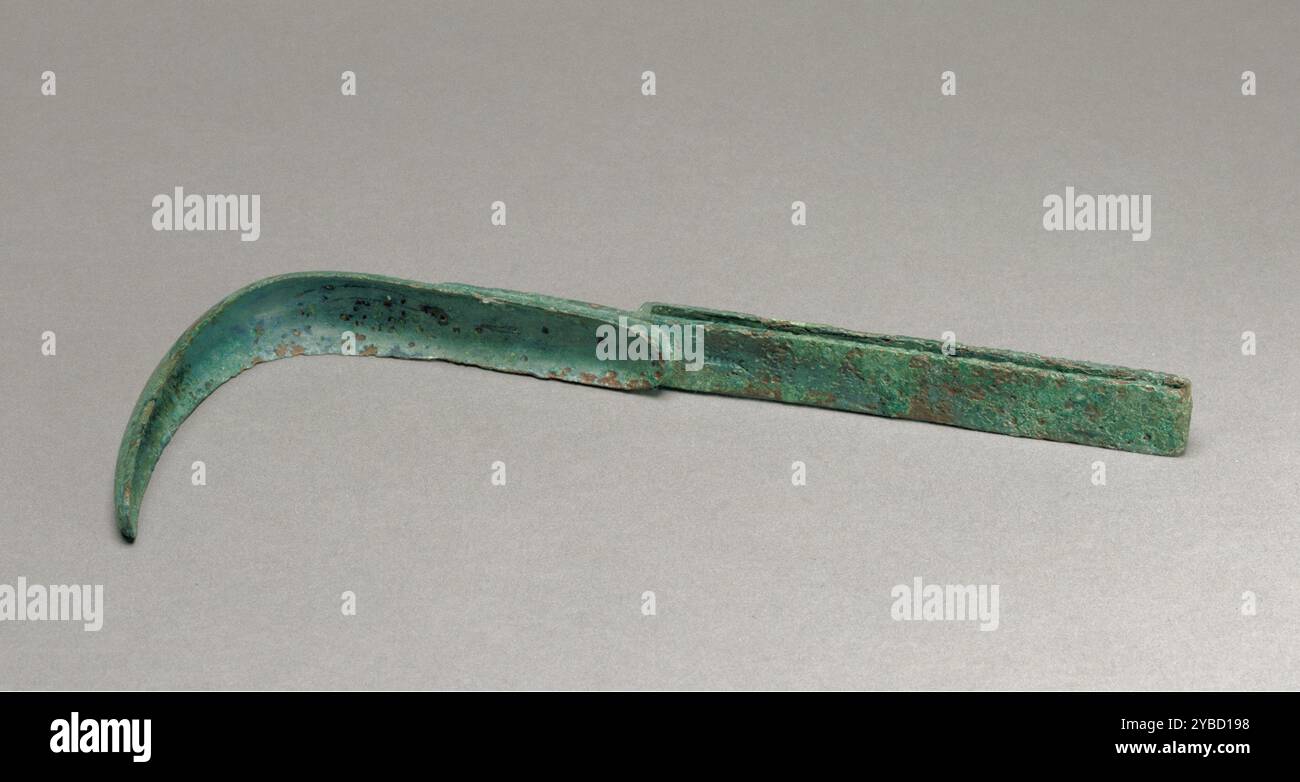 Strigil, about A.D. 100. Additional Info: Soap was used for laundry and medicinal purposes in the ancient world, but it was not normally used for bathing until the late 200s A.D. Until then the Romans, like the Greeks before them, cleaned themselves by rubbing the body with oil and an abrasive, like fine sand or ground pumice. They then used a strigil, usually made of bronze, to scrape off the oil and dirt. The curved blade of the strigil fit the shape of the body and its concave form channeled away the oily sludge. Although both men and women used strigils in the baths, they are most strongl Stock Photohttps://www.alamy.com/image-license-details/?v=1https://www.alamy.com/strigil-about-ad-100-additional-info-soap-was-used-for-laundry-and-medicinal-purposes-in-the-ancient-world-but-it-was-not-normally-used-for-bathing-until-the-late-200s-ad-until-then-the-romans-like-the-greeks-before-them-cleaned-themselves-by-rubbing-the-body-with-oil-and-an-abrasive-like-fine-sand-or-ground-pumice-they-then-used-a-strigil-usually-made-of-bronze-to-scrape-off-the-oil-and-dirt-the-curved-blade-of-the-strigil-fit-the-shape-of-the-body-and-its-concave-form-channeled-away-the-oily-sludge-although-both-men-and-women-used-strigils-in-the-baths-they-are-most-strongl-image626620884.html
Strigil, about A.D. 100. Additional Info: Soap was used for laundry and medicinal purposes in the ancient world, but it was not normally used for bathing until the late 200s A.D. Until then the Romans, like the Greeks before them, cleaned themselves by rubbing the body with oil and an abrasive, like fine sand or ground pumice. They then used a strigil, usually made of bronze, to scrape off the oil and dirt. The curved blade of the strigil fit the shape of the body and its concave form channeled away the oily sludge. Although both men and women used strigils in the baths, they are most strongl Stock Photohttps://www.alamy.com/image-license-details/?v=1https://www.alamy.com/strigil-about-ad-100-additional-info-soap-was-used-for-laundry-and-medicinal-purposes-in-the-ancient-world-but-it-was-not-normally-used-for-bathing-until-the-late-200s-ad-until-then-the-romans-like-the-greeks-before-them-cleaned-themselves-by-rubbing-the-body-with-oil-and-an-abrasive-like-fine-sand-or-ground-pumice-they-then-used-a-strigil-usually-made-of-bronze-to-scrape-off-the-oil-and-dirt-the-curved-blade-of-the-strigil-fit-the-shape-of-the-body-and-its-concave-form-channeled-away-the-oily-sludge-although-both-men-and-women-used-strigils-in-the-baths-they-are-most-strongl-image626620884.htmlRM2YBD198–Strigil, about A.D. 100. Additional Info: Soap was used for laundry and medicinal purposes in the ancient world, but it was not normally used for bathing until the late 200s A.D. Until then the Romans, like the Greeks before them, cleaned themselves by rubbing the body with oil and an abrasive, like fine sand or ground pumice. They then used a strigil, usually made of bronze, to scrape off the oil and dirt. The curved blade of the strigil fit the shape of the body and its concave form channeled away the oily sludge. Although both men and women used strigils in the baths, they are most strongl
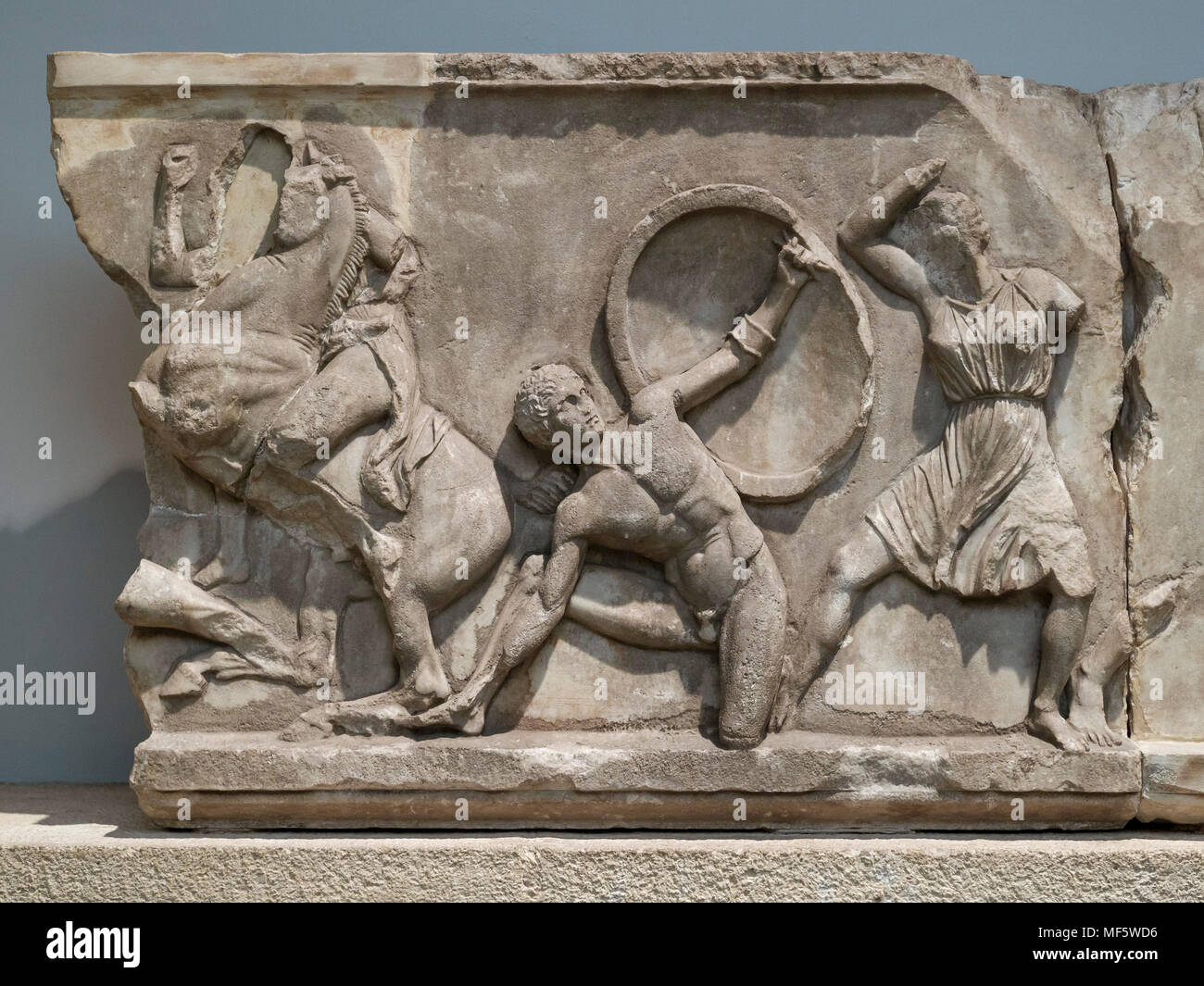 London. England. British Museum, Relief from the Mausoleum at Halikarnassos (Halicarnassus or Tomb of Mausolus), Section from the Amazon Frieze, detai Stock Photohttps://www.alamy.com/image-license-details/?v=1https://www.alamy.com/london-england-british-museum-relief-from-the-mausoleum-at-halikarnassos-halicarnassus-or-tomb-of-mausolus-section-from-the-amazon-frieze-detai-image181453250.html
London. England. British Museum, Relief from the Mausoleum at Halikarnassos (Halicarnassus or Tomb of Mausolus), Section from the Amazon Frieze, detai Stock Photohttps://www.alamy.com/image-license-details/?v=1https://www.alamy.com/london-england-british-museum-relief-from-the-mausoleum-at-halikarnassos-halicarnassus-or-tomb-of-mausolus-section-from-the-amazon-frieze-detai-image181453250.htmlRMMF5WD6–London. England. British Museum, Relief from the Mausoleum at Halikarnassos (Halicarnassus or Tomb of Mausolus), Section from the Amazon Frieze, detai
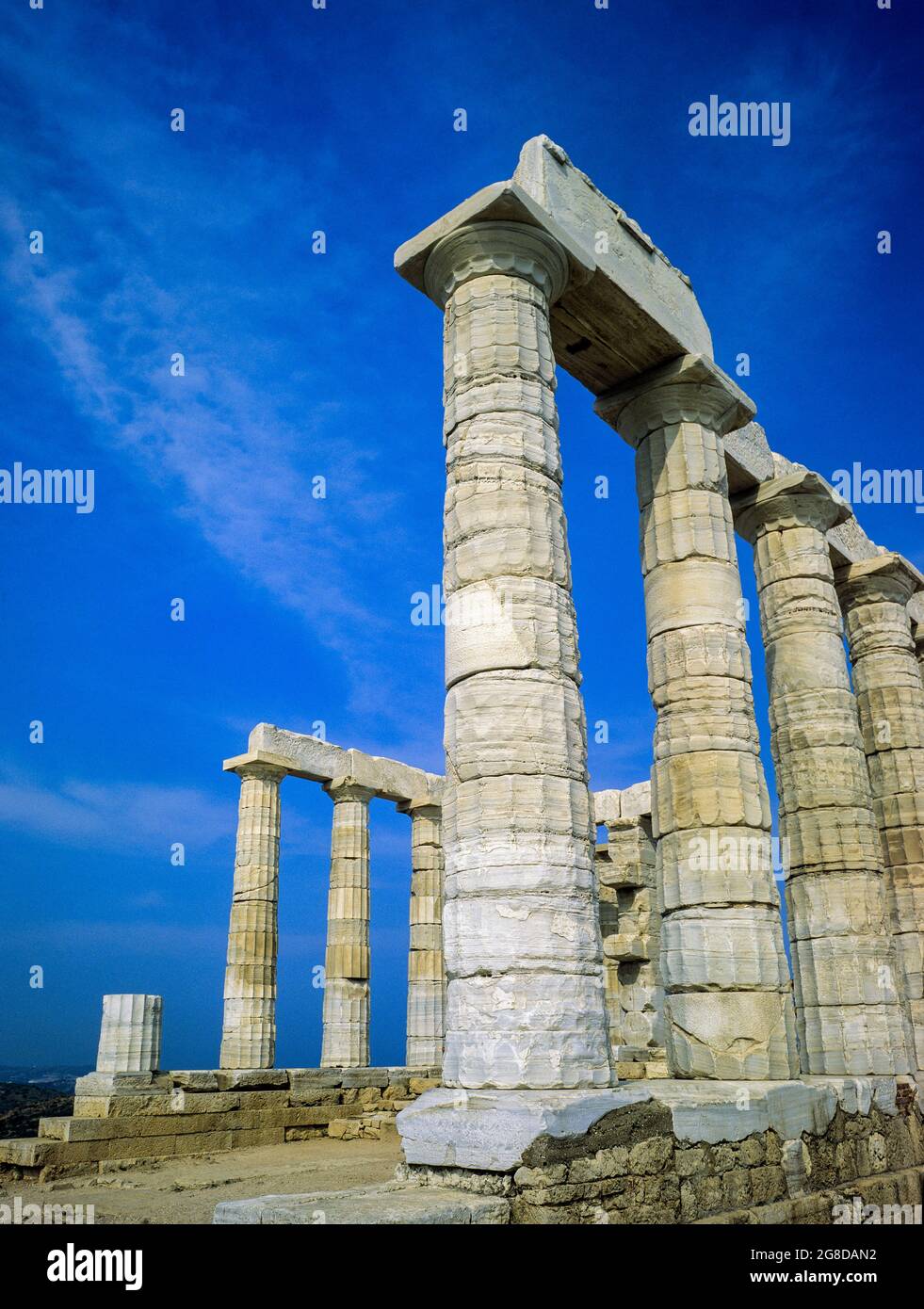 Peristyle with Doric pillars, Temple of Poseidon, Cape Sounion, Attica peninsula, Greece, Europe, Stock Photohttps://www.alamy.com/image-license-details/?v=1https://www.alamy.com/peristyle-with-doric-pillars-temple-of-poseidon-cape-sounion-attica-peninsula-greece-europe-image435470254.html
Peristyle with Doric pillars, Temple of Poseidon, Cape Sounion, Attica peninsula, Greece, Europe, Stock Photohttps://www.alamy.com/image-license-details/?v=1https://www.alamy.com/peristyle-with-doric-pillars-temple-of-poseidon-cape-sounion-attica-peninsula-greece-europe-image435470254.htmlRM2G8DAN2–Peristyle with Doric pillars, Temple of Poseidon, Cape Sounion, Attica peninsula, Greece, Europe,
 Amazonomachy: Attic Nikosthenic-type Red-figure Krater, Side A ('Amazons fighting w/ Greeks') Closeup, attrbtd to the Pronomos Painter, 420-400 BC II. Stock Photohttps://www.alamy.com/image-license-details/?v=1https://www.alamy.com/amazonomachy-attic-nikosthenic-type-red-figure-krater-side-a-amazons-fighting-w-greeks-closeup-attrbtd-to-the-pronomos-painter-420-400-bc-ii-image607535262.html
Amazonomachy: Attic Nikosthenic-type Red-figure Krater, Side A ('Amazons fighting w/ Greeks') Closeup, attrbtd to the Pronomos Painter, 420-400 BC II. Stock Photohttps://www.alamy.com/image-license-details/?v=1https://www.alamy.com/amazonomachy-attic-nikosthenic-type-red-figure-krater-side-a-amazons-fighting-w-greeks-closeup-attrbtd-to-the-pronomos-painter-420-400-bc-ii-image607535262.htmlRF2X8BHBX–Amazonomachy: Attic Nikosthenic-type Red-figure Krater, Side A ('Amazons fighting w/ Greeks') Closeup, attrbtd to the Pronomos Painter, 420-400 BC II.
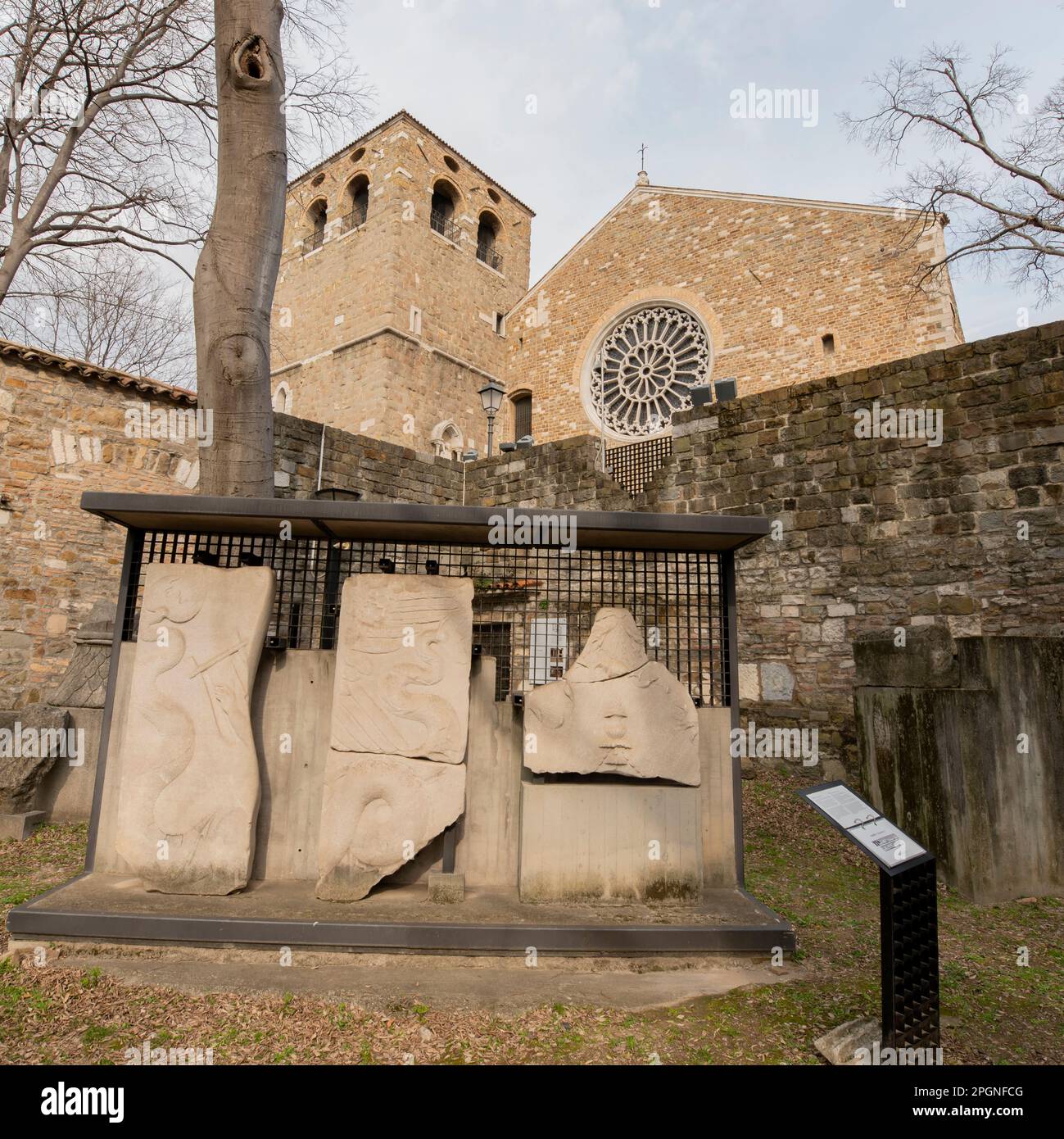 Winckelmann Antiquities Museum in Trieste, Italy Stock Photohttps://www.alamy.com/image-license-details/?v=1https://www.alamy.com/winckelmann-antiquities-museum-in-trieste-italy-image543829008.html
Winckelmann Antiquities Museum in Trieste, Italy Stock Photohttps://www.alamy.com/image-license-details/?v=1https://www.alamy.com/winckelmann-antiquities-museum-in-trieste-italy-image543829008.htmlRF2PGNFCG–Winckelmann Antiquities Museum in Trieste, Italy
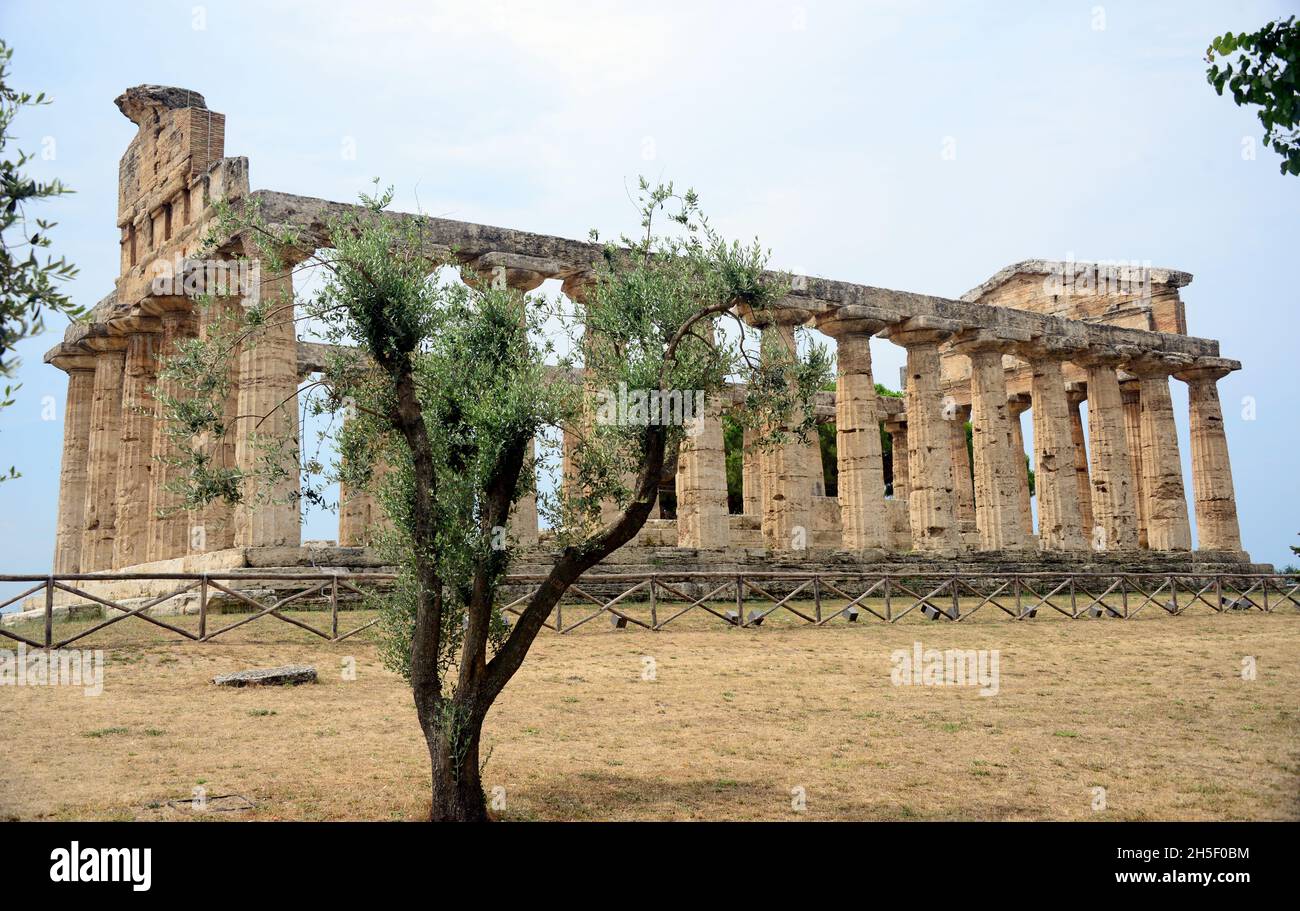 Temple of Athena-Paestum, an ancient city of Magna Graecia called by the Greeks Poseidonia in honor of Poseidon, but very devoted to Athena and Hera. Stock Photohttps://www.alamy.com/image-license-details/?v=1https://www.alamy.com/temple-of-athena-paestum-an-ancient-city-of-magna-graecia-called-by-the-greeks-poseidonia-in-honor-of-poseidon-but-very-devoted-to-athena-and-hera-image450872456.html
Temple of Athena-Paestum, an ancient city of Magna Graecia called by the Greeks Poseidonia in honor of Poseidon, but very devoted to Athena and Hera. Stock Photohttps://www.alamy.com/image-license-details/?v=1https://www.alamy.com/temple-of-athena-paestum-an-ancient-city-of-magna-graecia-called-by-the-greeks-poseidonia-in-honor-of-poseidon-but-very-devoted-to-athena-and-hera-image450872456.htmlRF2H5F0BM–Temple of Athena-Paestum, an ancient city of Magna Graecia called by the Greeks Poseidonia in honor of Poseidon, but very devoted to Athena and Hera.
 Ancient Greek statue of Hermaphrodite from a marble original in the Istanbul archaeological Museum Inv 363T Cat. Mendel 624.180-140 BC. Hermaphrodite Stock Photohttps://www.alamy.com/image-license-details/?v=1https://www.alamy.com/ancient-greek-statue-of-hermaphrodite-from-a-marble-original-in-the-istanbul-archaeological-museum-inv-363t-cat-mendel-624180-140-bc-hermaphrodite-image659073898.html
Ancient Greek statue of Hermaphrodite from a marble original in the Istanbul archaeological Museum Inv 363T Cat. Mendel 624.180-140 BC. Hermaphrodite Stock Photohttps://www.alamy.com/image-license-details/?v=1https://www.alamy.com/ancient-greek-statue-of-hermaphrodite-from-a-marble-original-in-the-istanbul-archaeological-museum-inv-363t-cat-mendel-624180-140-bc-hermaphrodite-image659073898.htmlRF3A87BDE–Ancient Greek statue of Hermaphrodite from a marble original in the Istanbul archaeological Museum Inv 363T Cat. Mendel 624.180-140 BC. Hermaphrodite
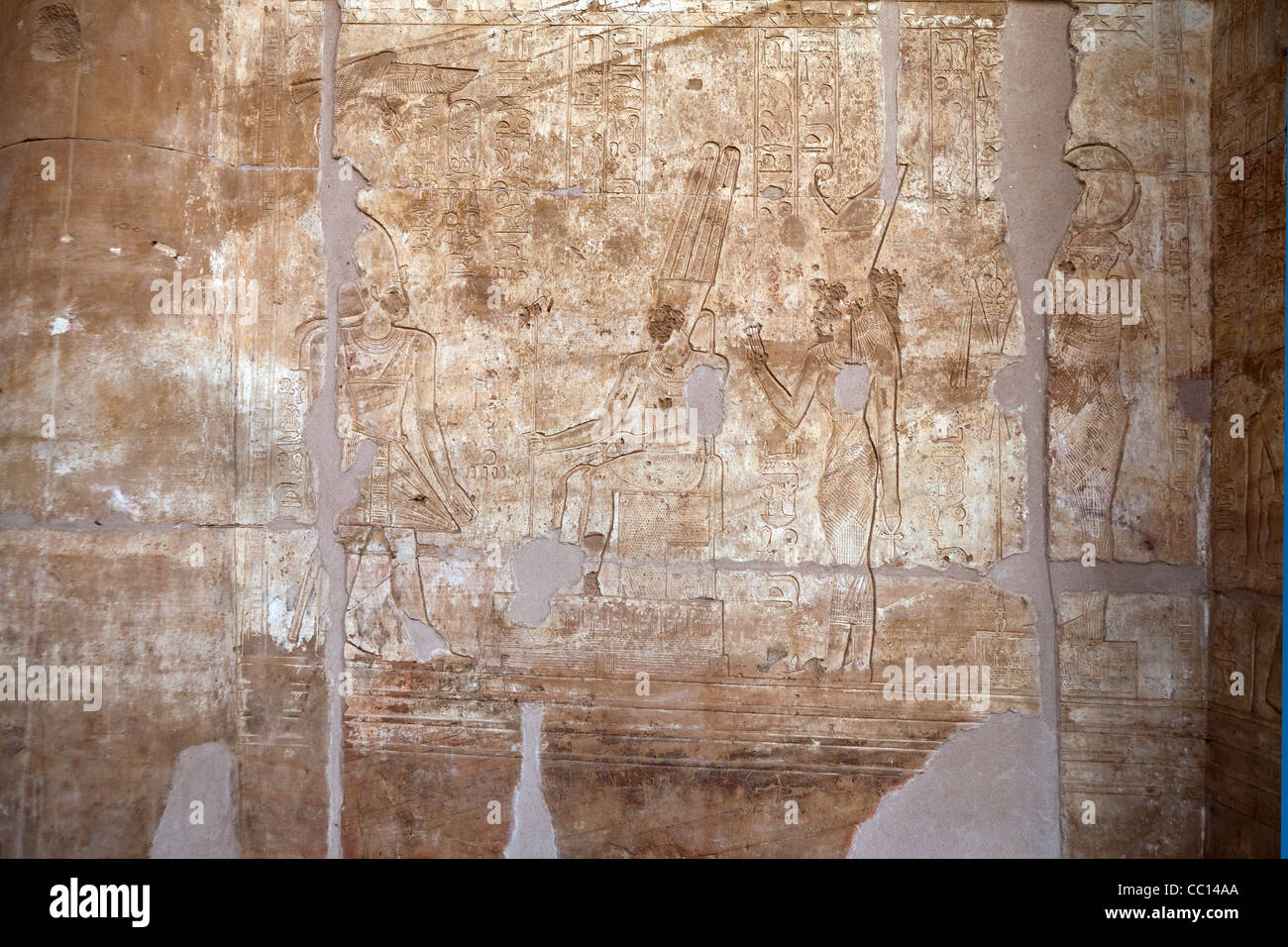 Reliefs in the Hibis Temple, the ancient capital of Kharga Oasis, Western Desert of Egypt Stock Photohttps://www.alamy.com/image-license-details/?v=1https://www.alamy.com/stock-photo-reliefs-in-the-hibis-temple-the-ancient-capital-of-kharga-oasis-western-41821986.html
Reliefs in the Hibis Temple, the ancient capital of Kharga Oasis, Western Desert of Egypt Stock Photohttps://www.alamy.com/image-license-details/?v=1https://www.alamy.com/stock-photo-reliefs-in-the-hibis-temple-the-ancient-capital-of-kharga-oasis-western-41821986.htmlRFCC14AA–Reliefs in the Hibis Temple, the ancient capital of Kharga Oasis, Western Desert of Egypt
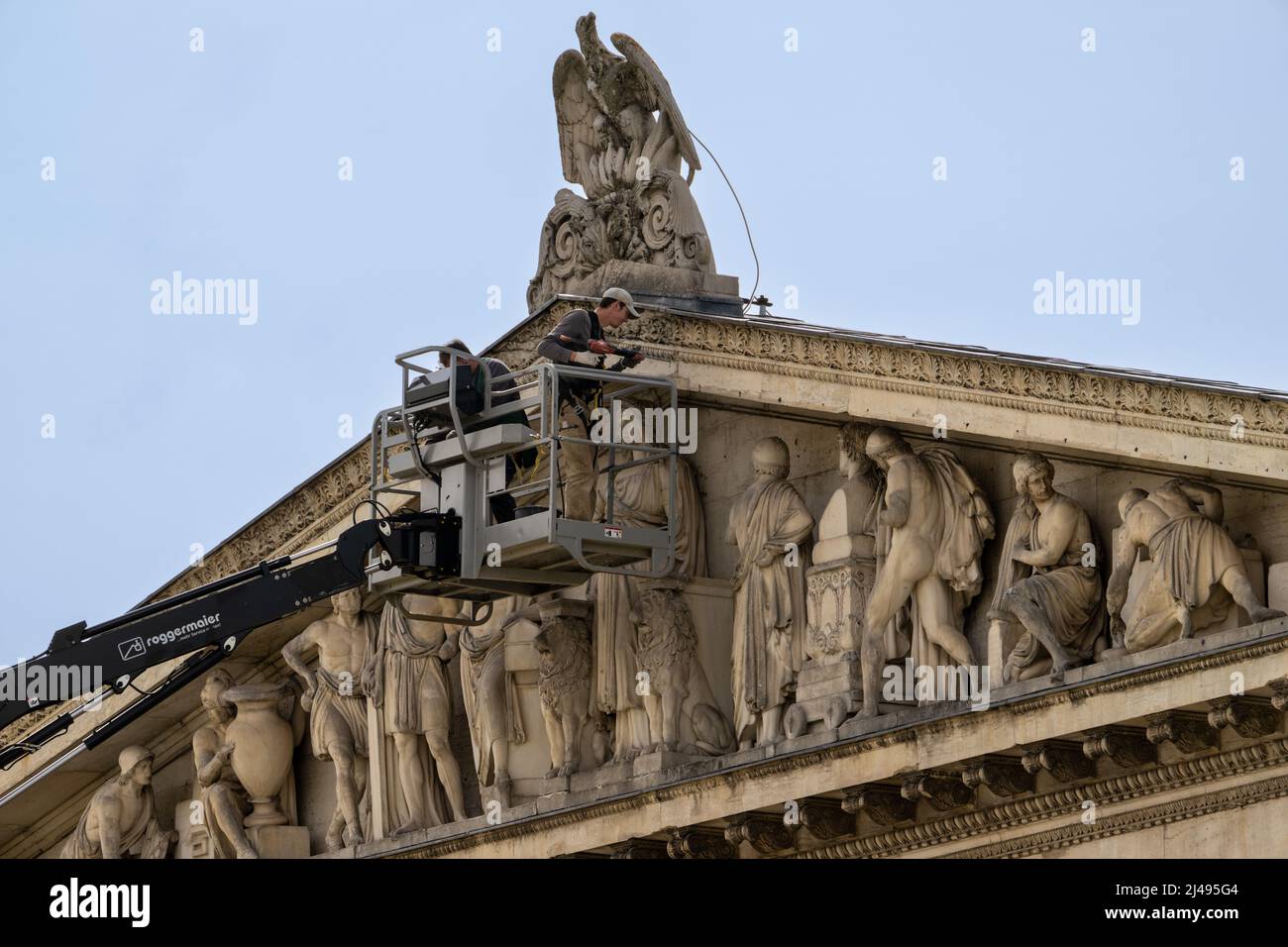 Munich, Germany. 13th Apr, 2022. Two men work on and examine the stone roof façade and frescoes above the entrance to the State Collection of Classical Antiquities on Königsplatz. Greek, Roman and Etruscan masterpieces are on display in the Antiquities Collections. Works of art and utilitarian objects of the Greeks, Etruscans and Romans made of a wide variety of materials such as ceramics, metal and stone are housed in the building. Credit: Peter Kneffel/dpa/Alamy Live News Stock Photohttps://www.alamy.com/image-license-details/?v=1https://www.alamy.com/munich-germany-13th-apr-2022-two-men-work-on-and-examine-the-stone-roof-faade-and-frescoes-above-the-entrance-to-the-state-collection-of-classical-antiquities-on-knigsplatz-greek-roman-and-etruscan-masterpieces-are-on-display-in-the-antiquities-collections-works-of-art-and-utilitarian-objects-of-the-greeks-etruscans-and-romans-made-of-a-wide-variety-of-materials-such-as-ceramics-metal-and-stone-are-housed-in-the-building-credit-peter-kneffeldpaalamy-live-news-image467340500.html
Munich, Germany. 13th Apr, 2022. Two men work on and examine the stone roof façade and frescoes above the entrance to the State Collection of Classical Antiquities on Königsplatz. Greek, Roman and Etruscan masterpieces are on display in the Antiquities Collections. Works of art and utilitarian objects of the Greeks, Etruscans and Romans made of a wide variety of materials such as ceramics, metal and stone are housed in the building. Credit: Peter Kneffel/dpa/Alamy Live News Stock Photohttps://www.alamy.com/image-license-details/?v=1https://www.alamy.com/munich-germany-13th-apr-2022-two-men-work-on-and-examine-the-stone-roof-faade-and-frescoes-above-the-entrance-to-the-state-collection-of-classical-antiquities-on-knigsplatz-greek-roman-and-etruscan-masterpieces-are-on-display-in-the-antiquities-collections-works-of-art-and-utilitarian-objects-of-the-greeks-etruscans-and-romans-made-of-a-wide-variety-of-materials-such-as-ceramics-metal-and-stone-are-housed-in-the-building-credit-peter-kneffeldpaalamy-live-news-image467340500.htmlRM2J495G4–Munich, Germany. 13th Apr, 2022. Two men work on and examine the stone roof façade and frescoes above the entrance to the State Collection of Classical Antiquities on Königsplatz. Greek, Roman and Etruscan masterpieces are on display in the Antiquities Collections. Works of art and utilitarian objects of the Greeks, Etruscans and Romans made of a wide variety of materials such as ceramics, metal and stone are housed in the building. Credit: Peter Kneffel/dpa/Alamy Live News
 A display of arrowheads found at an excavation at the City of David Archeology Park outside the Old City of Jerusalem, near the East Jerusalem neighborhood of Silwan, November 3, 2015. According to the Israel Antiquities Authority, after years of excavations underneath the Givati parking lot, the remains of a stronghold, the Acra, used by the Greeks more than 2,000 years ago to control the Temple Mount during the reign of King Antiochus Epiphanes (c. 215-164 BCE) were discovered at the excavation site. Archeological findings of sling stones, arrowheads, and ballistas stones were recovered and Stock Photohttps://www.alamy.com/image-license-details/?v=1https://www.alamy.com/a-display-of-arrowheads-found-at-an-excavation-at-the-city-of-david-archeology-park-outside-the-old-city-of-jerusalem-near-the-east-jerusalem-neighborhood-of-silwan-november-3-2015-according-to-the-israel-antiquities-authority-after-years-of-excavations-underneath-the-givati-parking-lot-the-remains-of-a-stronghold-the-acra-used-by-the-greeks-more-than-2000-years-ago-to-control-the-temple-mount-during-the-reign-of-king-antiochus-epiphanes-c-215-164-bce-were-discovered-at-the-excavation-site-archeological-findings-of-sling-stones-arrowheads-and-ballistas-stones-were-recovered-and-image257492973.html
A display of arrowheads found at an excavation at the City of David Archeology Park outside the Old City of Jerusalem, near the East Jerusalem neighborhood of Silwan, November 3, 2015. According to the Israel Antiquities Authority, after years of excavations underneath the Givati parking lot, the remains of a stronghold, the Acra, used by the Greeks more than 2,000 years ago to control the Temple Mount during the reign of King Antiochus Epiphanes (c. 215-164 BCE) were discovered at the excavation site. Archeological findings of sling stones, arrowheads, and ballistas stones were recovered and Stock Photohttps://www.alamy.com/image-license-details/?v=1https://www.alamy.com/a-display-of-arrowheads-found-at-an-excavation-at-the-city-of-david-archeology-park-outside-the-old-city-of-jerusalem-near-the-east-jerusalem-neighborhood-of-silwan-november-3-2015-according-to-the-israel-antiquities-authority-after-years-of-excavations-underneath-the-givati-parking-lot-the-remains-of-a-stronghold-the-acra-used-by-the-greeks-more-than-2000-years-ago-to-control-the-temple-mount-during-the-reign-of-king-antiochus-epiphanes-c-215-164-bce-were-discovered-at-the-excavation-site-archeological-findings-of-sling-stones-arrowheads-and-ballistas-stones-were-recovered-and-image257492973.htmlRMTXWPWH–A display of arrowheads found at an excavation at the City of David Archeology Park outside the Old City of Jerusalem, near the East Jerusalem neighborhood of Silwan, November 3, 2015. According to the Israel Antiquities Authority, after years of excavations underneath the Givati parking lot, the remains of a stronghold, the Acra, used by the Greeks more than 2,000 years ago to control the Temple Mount during the reign of King Antiochus Epiphanes (c. 215-164 BCE) were discovered at the excavation site. Archeological findings of sling stones, arrowheads, and ballistas stones were recovered and
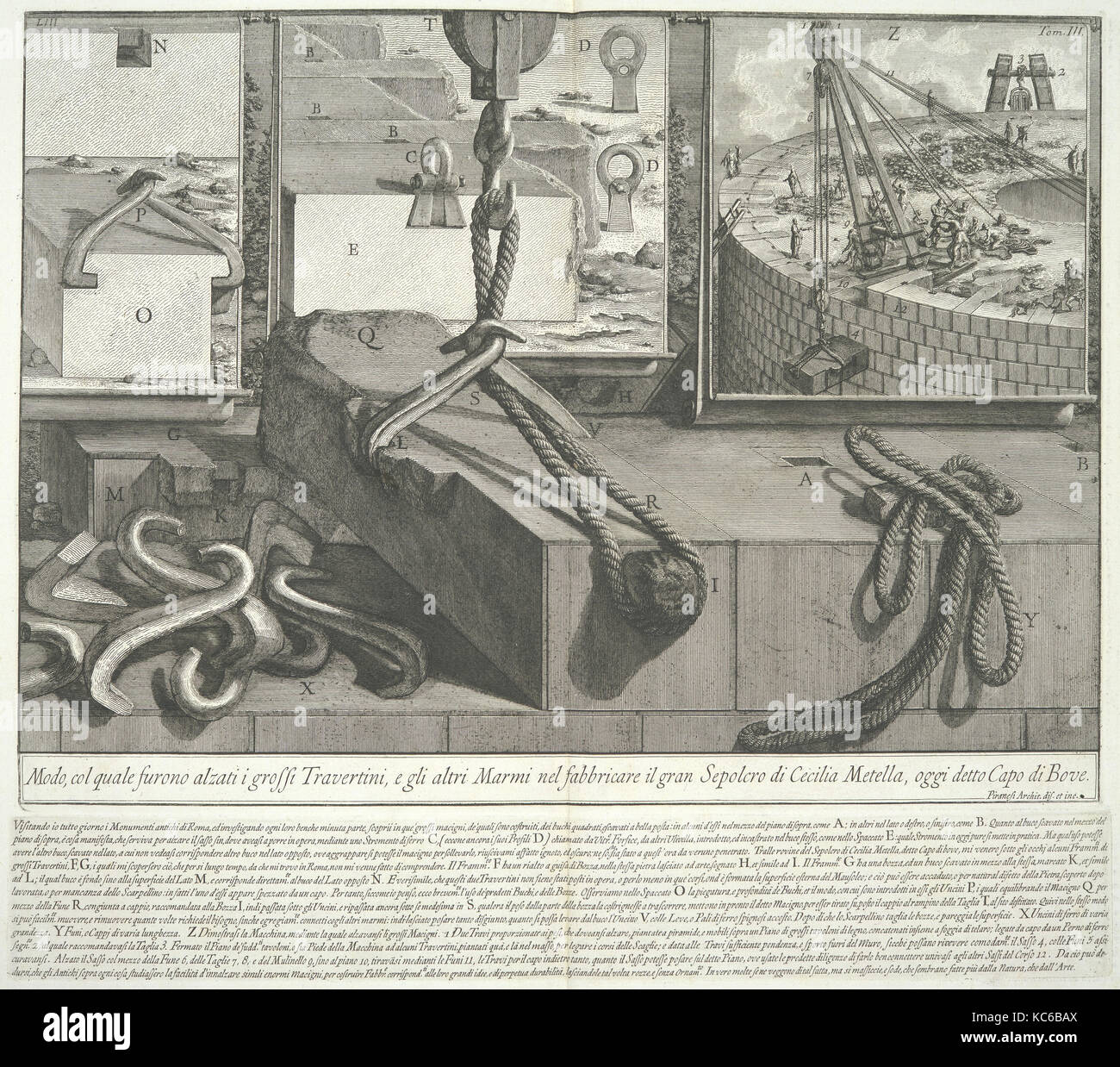 Means by which the large blocks of travertine and marble were lifted during the construction of the large Tomb Stock Photohttps://www.alamy.com/image-license-details/?v=1https://www.alamy.com/stock-image-means-by-which-the-large-blocks-of-travertine-and-marble-were-lifted-162409826.html
Means by which the large blocks of travertine and marble were lifted during the construction of the large Tomb Stock Photohttps://www.alamy.com/image-license-details/?v=1https://www.alamy.com/stock-image-means-by-which-the-large-blocks-of-travertine-and-marble-were-lifted-162409826.htmlRMKC6BAX–Means by which the large blocks of travertine and marble were lifted during the construction of the large Tomb
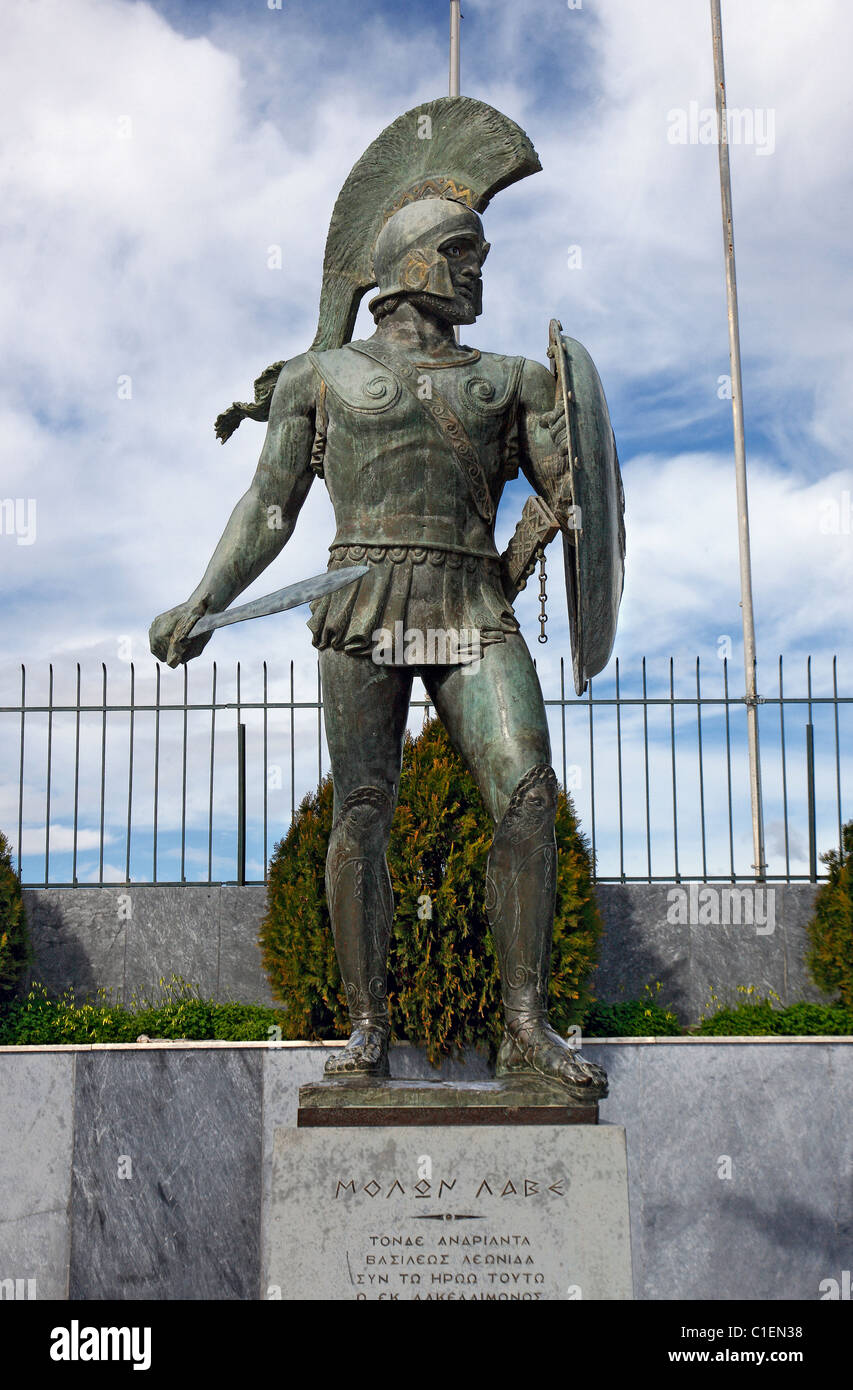 Statue of Leonidas, legendary ancient Spartan warrior king, in front of the National Stadium of Sparta, Lakonia, Greece Stock Photohttps://www.alamy.com/image-license-details/?v=1https://www.alamy.com/stock-photo-statue-of-leonidas-legendary-ancient-spartan-warrior-king-in-front-35359276.html
Statue of Leonidas, legendary ancient Spartan warrior king, in front of the National Stadium of Sparta, Lakonia, Greece Stock Photohttps://www.alamy.com/image-license-details/?v=1https://www.alamy.com/stock-photo-statue-of-leonidas-legendary-ancient-spartan-warrior-king-in-front-35359276.htmlRMC1EN38–Statue of Leonidas, legendary ancient Spartan warrior king, in front of the National Stadium of Sparta, Lakonia, Greece
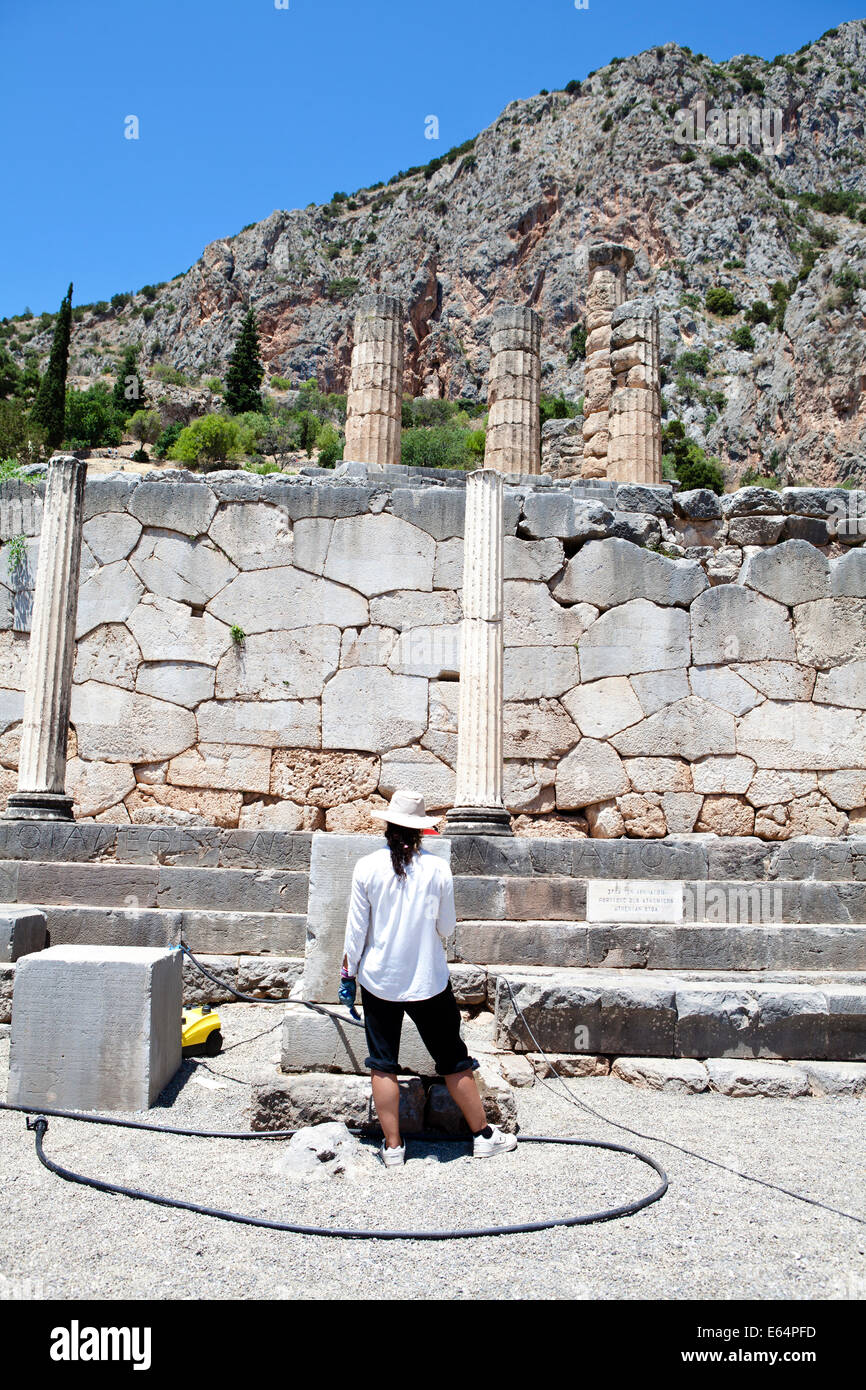 Delphi, Greece, an Archaeologist restoring the ruins Stock Photohttps://www.alamy.com/image-license-details/?v=1https://www.alamy.com/stock-photo-delphi-greece-an-archaeologist-restoring-the-ruins-72634897.html
Delphi, Greece, an Archaeologist restoring the ruins Stock Photohttps://www.alamy.com/image-license-details/?v=1https://www.alamy.com/stock-photo-delphi-greece-an-archaeologist-restoring-the-ruins-72634897.htmlRME64PFD–Delphi, Greece, an Archaeologist restoring the ruins
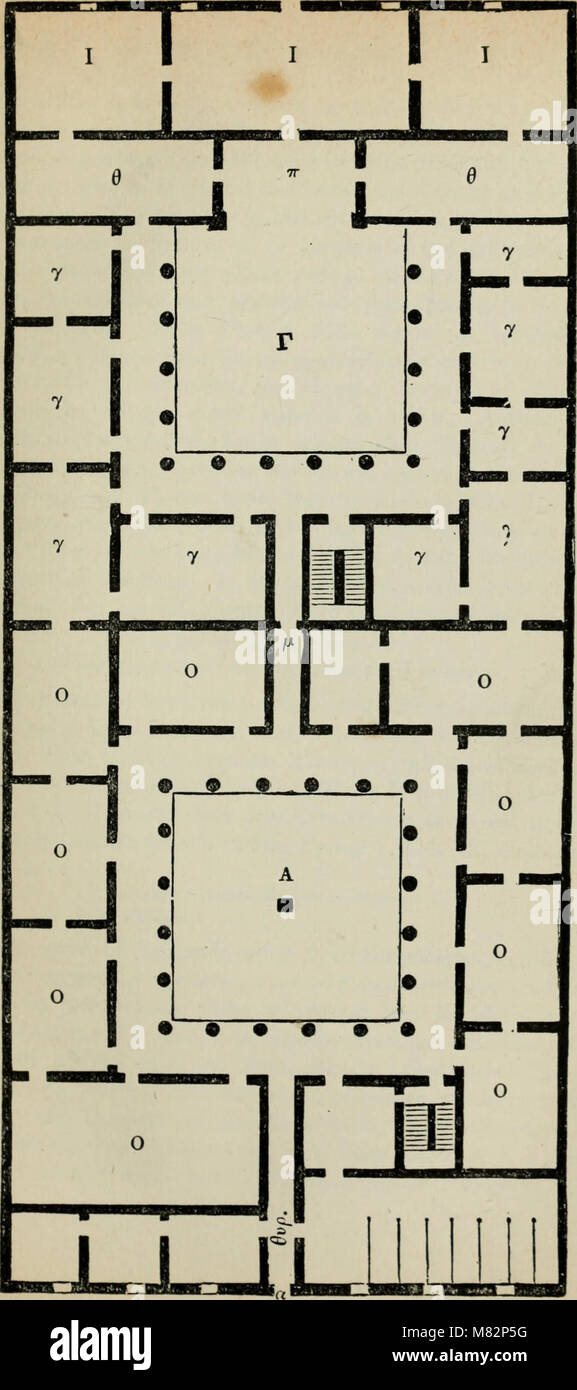 Charicles- or, Illustrations of the private life of the ancient Greeks (1874) (14577614310) Stock Photohttps://www.alamy.com/image-license-details/?v=1https://www.alamy.com/stock-photo-charicles-or-illustrations-of-the-private-life-of-the-ancient-greeks-177082236.html
Charicles- or, Illustrations of the private life of the ancient Greeks (1874) (14577614310) Stock Photohttps://www.alamy.com/image-license-details/?v=1https://www.alamy.com/stock-photo-charicles-or-illustrations-of-the-private-life-of-the-ancient-greeks-177082236.htmlRMM82P5G–Charicles- or, Illustrations of the private life of the ancient Greeks (1874) (14577614310)
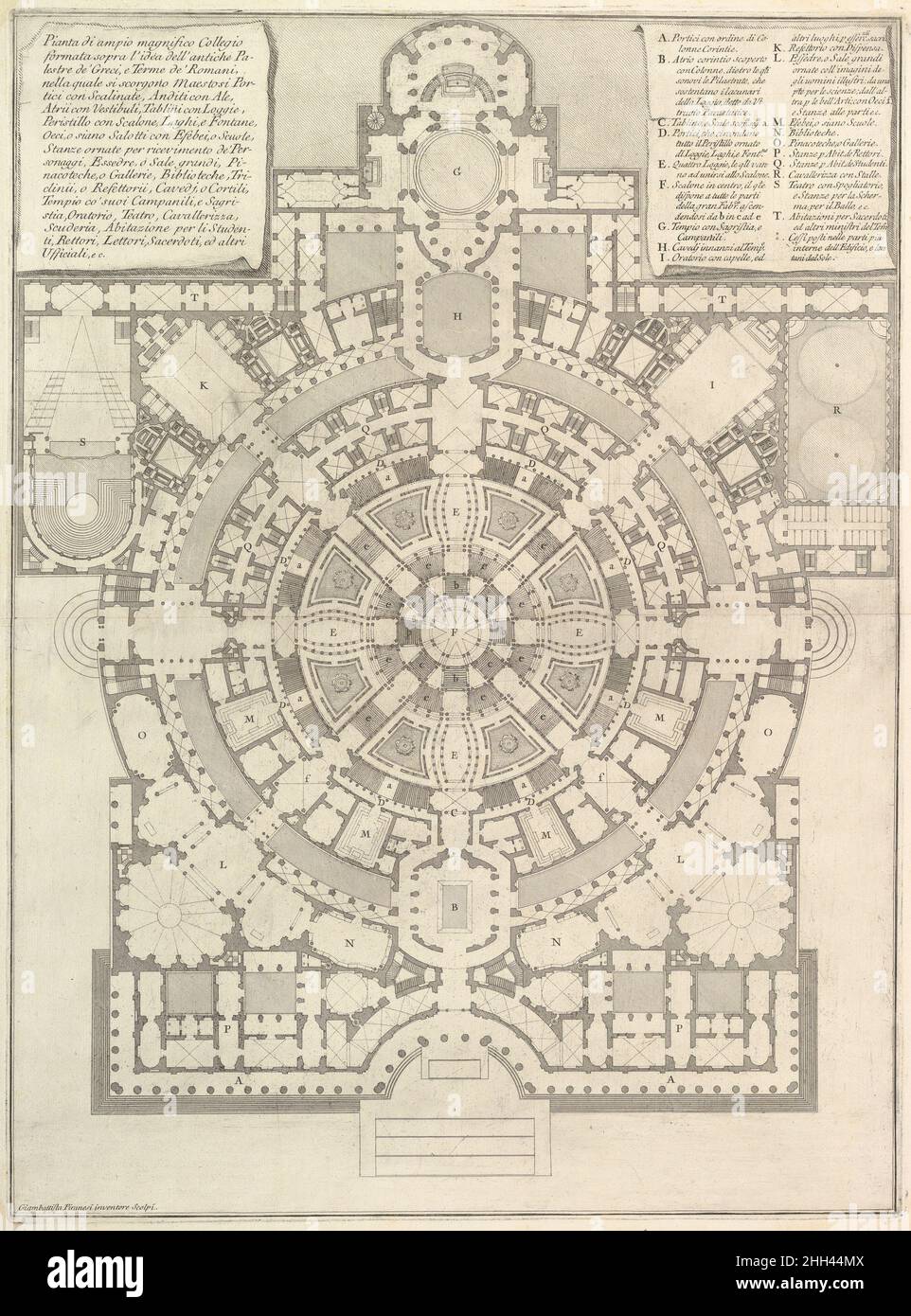 Plan of a spacious and magnificent College designed after the ancient gymnasia of the Greeks and the baths of the Romans..., from Opere Varie di Architettura, prospettive, grotteschi, antichità; inventate, ed incise da Giambattista Piranesi Architetto Veneziano (Various Works of Architecture, perspectives, grotesques and antiquities; designed and etched by Giambattista Piranesi, Venetian Architect) 1750 Giovanni Battista Piranesi Italian. Plan of a spacious and magnificent College designed after the ancient gymnasia of the Greeks and the baths of the Romans..., from Opere Varie di Architettura Stock Photohttps://www.alamy.com/image-license-details/?v=1https://www.alamy.com/plan-of-a-spacious-and-magnificent-college-designed-after-the-ancient-gymnasia-of-the-greeks-and-the-baths-of-the-romans-from-opere-varie-di-architettura-prospettive-grotteschi-antichit-inventate-ed-incise-da-giambattista-piranesi-architetto-veneziano-various-works-of-architecture-perspectives-grotesques-and-antiquities-designed-and-etched-by-giambattista-piranesi-venetian-architect-1750-giovanni-battista-piranesi-italian-plan-of-a-spacious-and-magnificent-college-designed-after-the-ancient-gymnasia-of-the-greeks-and-the-baths-of-the-romans-from-opere-varie-di-architettura-image458010250.html
Plan of a spacious and magnificent College designed after the ancient gymnasia of the Greeks and the baths of the Romans..., from Opere Varie di Architettura, prospettive, grotteschi, antichità; inventate, ed incise da Giambattista Piranesi Architetto Veneziano (Various Works of Architecture, perspectives, grotesques and antiquities; designed and etched by Giambattista Piranesi, Venetian Architect) 1750 Giovanni Battista Piranesi Italian. Plan of a spacious and magnificent College designed after the ancient gymnasia of the Greeks and the baths of the Romans..., from Opere Varie di Architettura Stock Photohttps://www.alamy.com/image-license-details/?v=1https://www.alamy.com/plan-of-a-spacious-and-magnificent-college-designed-after-the-ancient-gymnasia-of-the-greeks-and-the-baths-of-the-romans-from-opere-varie-di-architettura-prospettive-grotteschi-antichit-inventate-ed-incise-da-giambattista-piranesi-architetto-veneziano-various-works-of-architecture-perspectives-grotesques-and-antiquities-designed-and-etched-by-giambattista-piranesi-venetian-architect-1750-giovanni-battista-piranesi-italian-plan-of-a-spacious-and-magnificent-college-designed-after-the-ancient-gymnasia-of-the-greeks-and-the-baths-of-the-romans-from-opere-varie-di-architettura-image458010250.htmlRM2HH44MX–Plan of a spacious and magnificent College designed after the ancient gymnasia of the Greeks and the baths of the Romans..., from Opere Varie di Architettura, prospettive, grotteschi, antichità; inventate, ed incise da Giambattista Piranesi Architetto Veneziano (Various Works of Architecture, perspectives, grotesques and antiquities; designed and etched by Giambattista Piranesi, Venetian Architect) 1750 Giovanni Battista Piranesi Italian. Plan of a spacious and magnificent College designed after the ancient gymnasia of the Greeks and the baths of the Romans..., from Opere Varie di Architettura
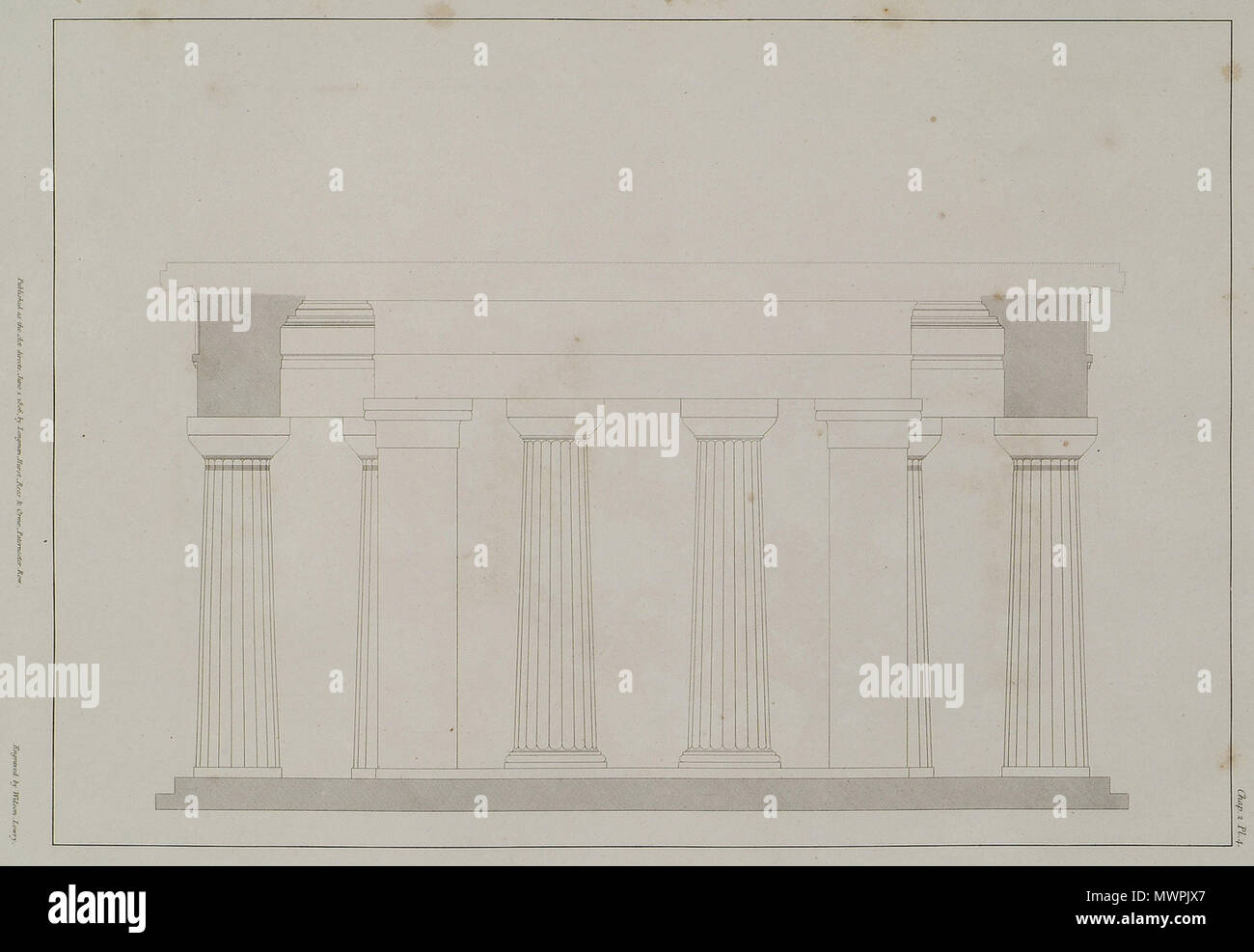 . English: William Wilkins. The Antiquities of Magna Graecia, London, Longman, Hurst, Orme and Rees, MDCCCVII (1807). 1807. William Wilkins (architect) 550 Section through the pronaos and the outer portico of the Temple - Wilkins William - 1807 Stock Photohttps://www.alamy.com/image-license-details/?v=1https://www.alamy.com/english-william-wilkins-the-antiquities-of-magna-graecia-london-longman-hurst-orme-and-rees-mdcccvii-1807-1807-william-wilkins-architect-550-section-through-the-pronaos-and-the-outer-portico-of-the-temple-wilkins-william-1807-image187967871.html
. English: William Wilkins. The Antiquities of Magna Graecia, London, Longman, Hurst, Orme and Rees, MDCCCVII (1807). 1807. William Wilkins (architect) 550 Section through the pronaos and the outer portico of the Temple - Wilkins William - 1807 Stock Photohttps://www.alamy.com/image-license-details/?v=1https://www.alamy.com/english-william-wilkins-the-antiquities-of-magna-graecia-london-longman-hurst-orme-and-rees-mdcccvii-1807-1807-william-wilkins-architect-550-section-through-the-pronaos-and-the-outer-portico-of-the-temple-wilkins-william-1807-image187967871.htmlRMMWPJX7–. English: William Wilkins. The Antiquities of Magna Graecia, London, Longman, Hurst, Orme and Rees, MDCCCVII (1807). 1807. William Wilkins (architect) 550 Section through the pronaos and the outer portico of the Temple - Wilkins William - 1807
 Classical portrait of a man Stock Photohttps://www.alamy.com/image-license-details/?v=1https://www.alamy.com/stock-photo-classical-portrait-of-a-man-37197134.html
Classical portrait of a man Stock Photohttps://www.alamy.com/image-license-details/?v=1https://www.alamy.com/stock-photo-classical-portrait-of-a-man-37197134.htmlRMC4ED92–Classical portrait of a man
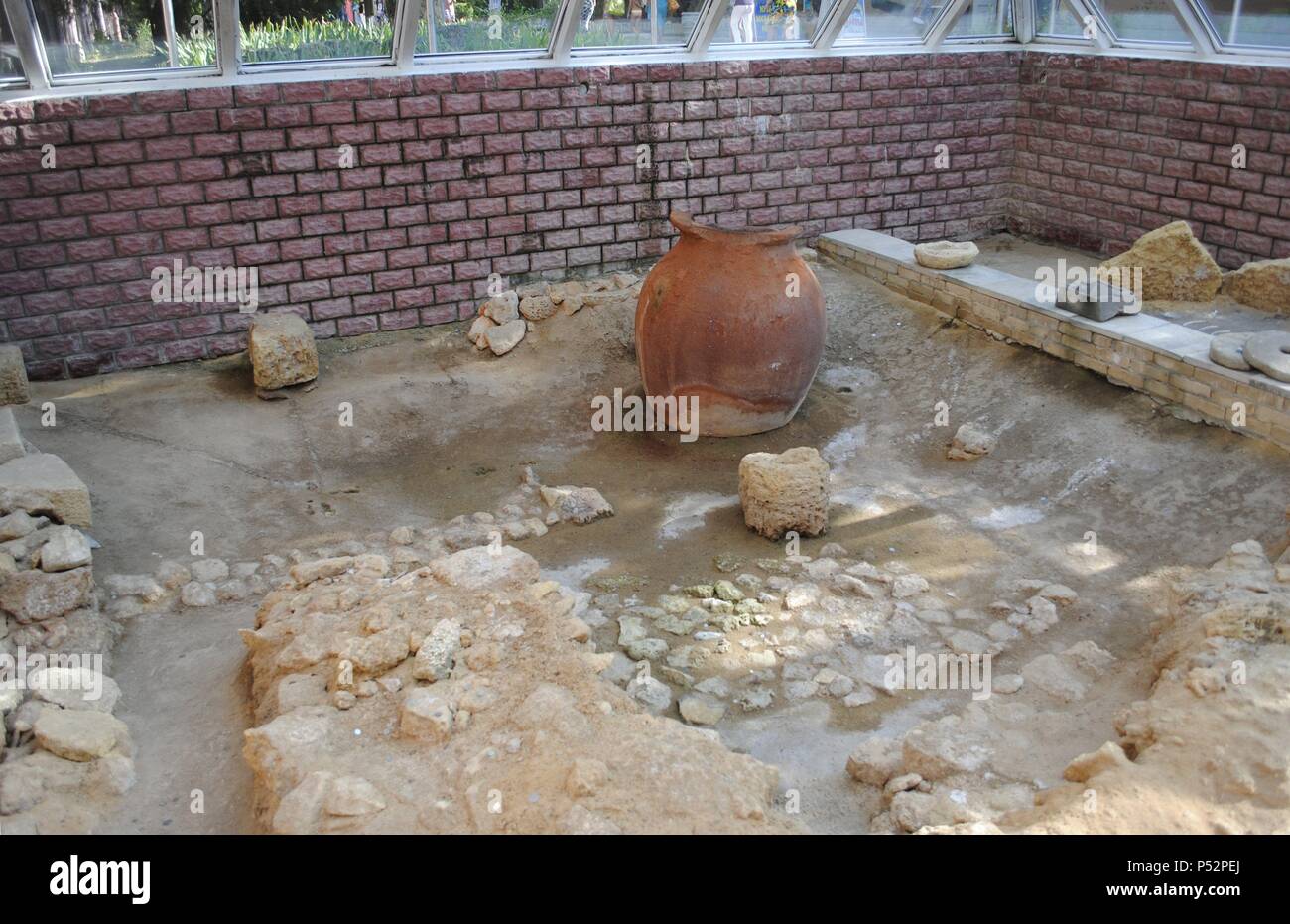 Ukraine. Autonomous Republic of Crimea. Yevpatoria. Greek ruins of ancient city, founded by the Greeks around 500 BC. Detail. Stock Photohttps://www.alamy.com/image-license-details/?v=1https://www.alamy.com/ukraine-autonomous-republic-of-crimea-yevpatoria-greek-ruins-of-ancient-city-founded-by-the-greeks-around-500-bc-detail-image209659258.html
Ukraine. Autonomous Republic of Crimea. Yevpatoria. Greek ruins of ancient city, founded by the Greeks around 500 BC. Detail. Stock Photohttps://www.alamy.com/image-license-details/?v=1https://www.alamy.com/ukraine-autonomous-republic-of-crimea-yevpatoria-greek-ruins-of-ancient-city-founded-by-the-greeks-around-500-bc-detail-image209659258.htmlRMP52PEJ–Ukraine. Autonomous Republic of Crimea. Yevpatoria. Greek ruins of ancient city, founded by the Greeks around 500 BC. Detail.
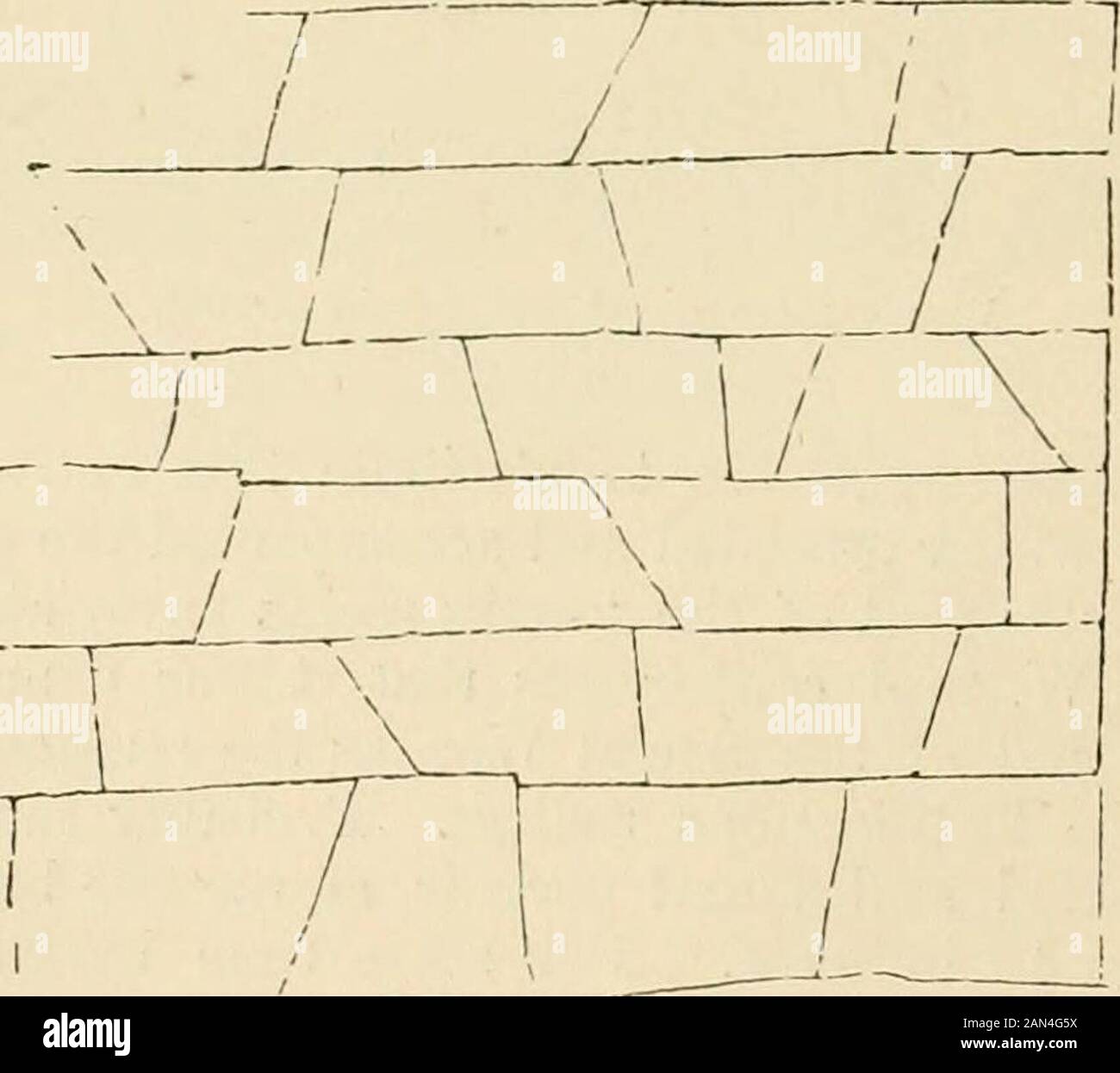 Pompeii, its history, buildings, and antiquities : an account of the destruction of the city with a full description of the remains, and of the recent excavations, and also an itinerary for visitors . Masonry of Pompeii. Isoctamorj, or regular masonry of theGreeks. modern than that of the lower part; being composed of theisodomon, or regular masonry of the Greeks, above the moreancient basis. Some portions, however, of the upper wallconsist, as we have already observed, of masonry of that. Greek wall, similar in construction to the walls of Pompeii. kind called by the ancients opus incertum, c Stock Photohttps://www.alamy.com/image-license-details/?v=1https://www.alamy.com/pompeii-its-history-buildings-and-antiquities-an-account-of-the-destruction-of-the-city-with-a-full-description-of-the-remains-and-of-the-recent-excavations-and-also-an-itinerary-for-visitors-masonry-of-pompeii-isoctamorj-or-regular-masonry-of-thegreeks-modern-than-that-of-the-lower-part-being-composed-of-theisodomon-or-regular-masonry-of-the-greeks-above-the-moreancient-basis-some-portions-however-of-the-upper-wallconsist-as-we-have-already-observed-of-masonry-of-that-greek-wall-similar-in-construction-to-the-walls-of-pompeii-kind-called-by-the-ancients-opus-incertum-c-image340005286.html
Pompeii, its history, buildings, and antiquities : an account of the destruction of the city with a full description of the remains, and of the recent excavations, and also an itinerary for visitors . Masonry of Pompeii. Isoctamorj, or regular masonry of theGreeks. modern than that of the lower part; being composed of theisodomon, or regular masonry of the Greeks, above the moreancient basis. Some portions, however, of the upper wallconsist, as we have already observed, of masonry of that. Greek wall, similar in construction to the walls of Pompeii. kind called by the ancients opus incertum, c Stock Photohttps://www.alamy.com/image-license-details/?v=1https://www.alamy.com/pompeii-its-history-buildings-and-antiquities-an-account-of-the-destruction-of-the-city-with-a-full-description-of-the-remains-and-of-the-recent-excavations-and-also-an-itinerary-for-visitors-masonry-of-pompeii-isoctamorj-or-regular-masonry-of-thegreeks-modern-than-that-of-the-lower-part-being-composed-of-theisodomon-or-regular-masonry-of-the-greeks-above-the-moreancient-basis-some-portions-however-of-the-upper-wallconsist-as-we-have-already-observed-of-masonry-of-that-greek-wall-similar-in-construction-to-the-walls-of-pompeii-kind-called-by-the-ancients-opus-incertum-c-image340005286.htmlRM2AN4G5X–Pompeii, its history, buildings, and antiquities : an account of the destruction of the city with a full description of the remains, and of the recent excavations, and also an itinerary for visitors . Masonry of Pompeii. Isoctamorj, or regular masonry of theGreeks. modern than that of the lower part; being composed of theisodomon, or regular masonry of the Greeks, above the moreancient basis. Some portions, however, of the upper wallconsist, as we have already observed, of masonry of that. Greek wall, similar in construction to the walls of Pompeii. kind called by the ancients opus incertum, c
 Relief of Jupiter, A.D. 1-150. Additional Info: Mask-like portrayal of a mature man with long wavy hair parted at the center, and a luxuriant curling beard. The face is broad, with a straight nose and parted lips. The eyes are heavily-lidded, with the outline of the iris incised and shallow insets for the pupils. In many respects, the face resembles depictions of Jupiter (the Greek Zeus) as Serapis, an Egyptian god of fertility adopted by the Greeks in the Hellenistic period. The function of this relief is uncertain, but it may have been part of a large decorative element on a ceremonial shie Stock Photohttps://www.alamy.com/image-license-details/?v=1https://www.alamy.com/relief-of-jupiter-ad-1-150-additional-info-mask-like-portrayal-of-a-mature-man-with-long-wavy-hair-parted-at-the-center-and-a-luxuriant-curling-beard-the-face-is-broad-with-a-straight-nose-and-parted-lips-the-eyes-are-heavily-lidded-with-the-outline-of-the-iris-incised-and-shallow-insets-for-the-pupils-in-many-respects-the-face-resembles-depictions-of-jupiter-the-greek-zeus-as-serapis-an-egyptian-god-of-fertility-adopted-by-the-greeks-in-the-hellenistic-period-the-function-of-this-relief-is-uncertain-but-it-may-have-been-part-of-a-large-decorative-element-on-a-ceremonial-shie-image626620914.html
Relief of Jupiter, A.D. 1-150. Additional Info: Mask-like portrayal of a mature man with long wavy hair parted at the center, and a luxuriant curling beard. The face is broad, with a straight nose and parted lips. The eyes are heavily-lidded, with the outline of the iris incised and shallow insets for the pupils. In many respects, the face resembles depictions of Jupiter (the Greek Zeus) as Serapis, an Egyptian god of fertility adopted by the Greeks in the Hellenistic period. The function of this relief is uncertain, but it may have been part of a large decorative element on a ceremonial shie Stock Photohttps://www.alamy.com/image-license-details/?v=1https://www.alamy.com/relief-of-jupiter-ad-1-150-additional-info-mask-like-portrayal-of-a-mature-man-with-long-wavy-hair-parted-at-the-center-and-a-luxuriant-curling-beard-the-face-is-broad-with-a-straight-nose-and-parted-lips-the-eyes-are-heavily-lidded-with-the-outline-of-the-iris-incised-and-shallow-insets-for-the-pupils-in-many-respects-the-face-resembles-depictions-of-jupiter-the-greek-zeus-as-serapis-an-egyptian-god-of-fertility-adopted-by-the-greeks-in-the-hellenistic-period-the-function-of-this-relief-is-uncertain-but-it-may-have-been-part-of-a-large-decorative-element-on-a-ceremonial-shie-image626620914.htmlRM2YBD1AA–Relief of Jupiter, A.D. 1-150. Additional Info: Mask-like portrayal of a mature man with long wavy hair parted at the center, and a luxuriant curling beard. The face is broad, with a straight nose and parted lips. The eyes are heavily-lidded, with the outline of the iris incised and shallow insets for the pupils. In many respects, the face resembles depictions of Jupiter (the Greek Zeus) as Serapis, an Egyptian god of fertility adopted by the Greeks in the Hellenistic period. The function of this relief is uncertain, but it may have been part of a large decorative element on a ceremonial shie
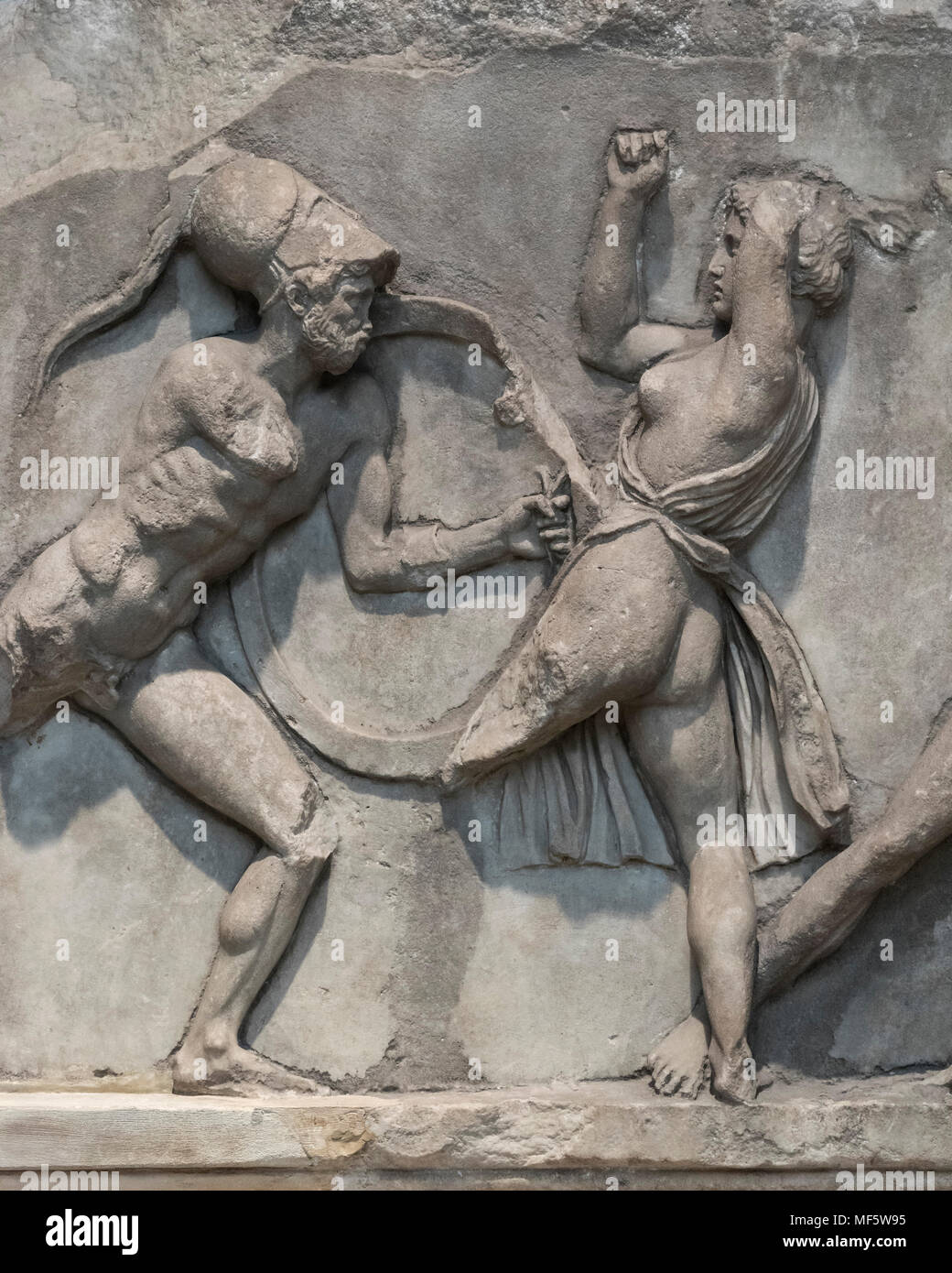 London. England. British Museum, Relief from the Mausoleum at Halikarnassos (Halicarnassus or Tomb of Mausolus), Section from the Amazon Frieze, detai Stock Photohttps://www.alamy.com/image-license-details/?v=1https://www.alamy.com/london-england-british-museum-relief-from-the-mausoleum-at-halikarnassos-halicarnassus-or-tomb-of-mausolus-section-from-the-amazon-frieze-detai-image181453137.html
London. England. British Museum, Relief from the Mausoleum at Halikarnassos (Halicarnassus or Tomb of Mausolus), Section from the Amazon Frieze, detai Stock Photohttps://www.alamy.com/image-license-details/?v=1https://www.alamy.com/london-england-british-museum-relief-from-the-mausoleum-at-halikarnassos-halicarnassus-or-tomb-of-mausolus-section-from-the-amazon-frieze-detai-image181453137.htmlRMMF5W95–London. England. British Museum, Relief from the Mausoleum at Halikarnassos (Halicarnassus or Tomb of Mausolus), Section from the Amazon Frieze, detai
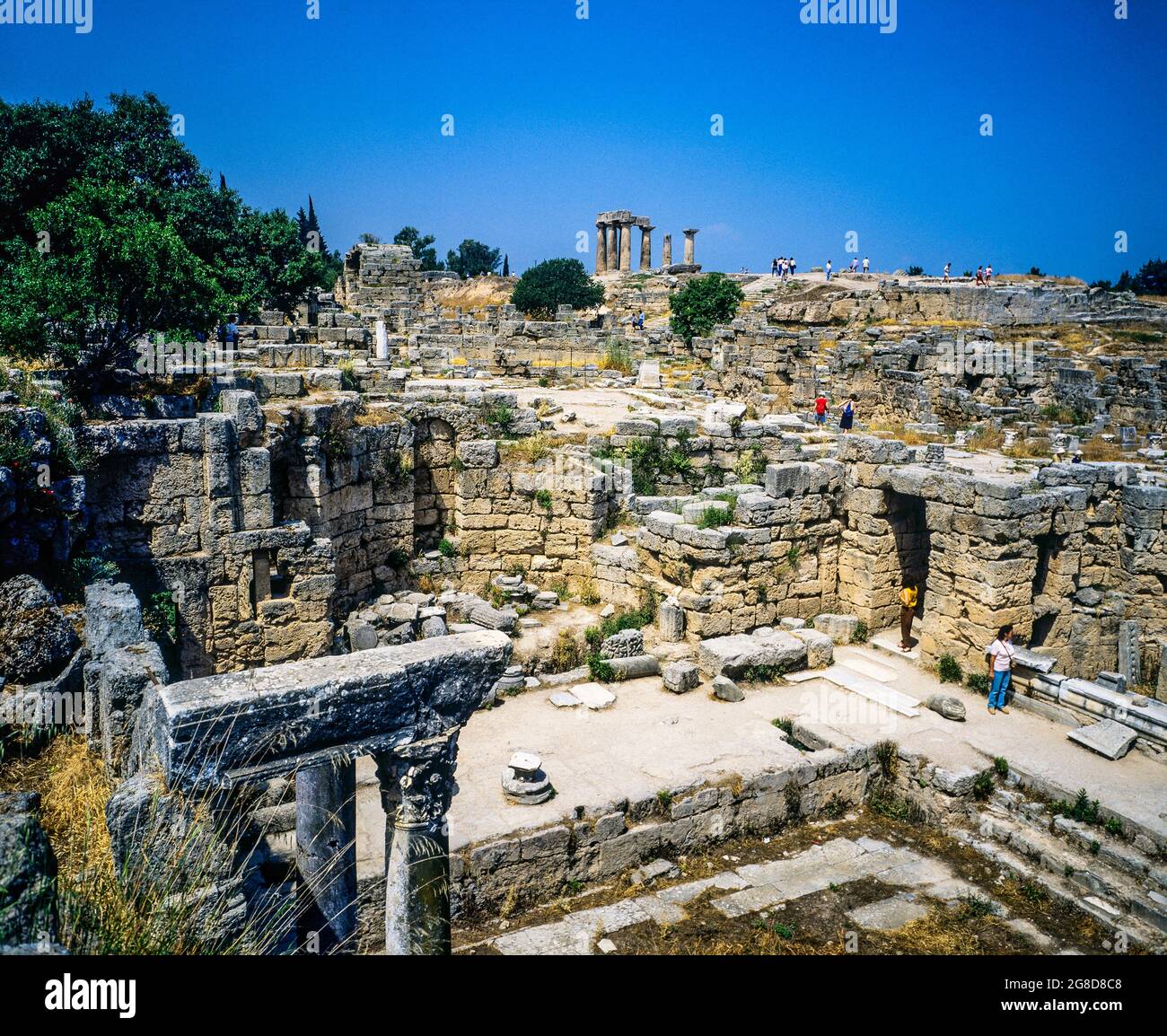 Peirene fountain, Temple of Apollo in the distance, Ancient Corinth, Corinthia, Peloponnese, Greece, Europe, Stock Photohttps://www.alamy.com/image-license-details/?v=1https://www.alamy.com/peirene-fountain-temple-of-apollo-in-the-distance-ancient-corinth-corinthia-peloponnese-greece-europe-image435468440.html
Peirene fountain, Temple of Apollo in the distance, Ancient Corinth, Corinthia, Peloponnese, Greece, Europe, Stock Photohttps://www.alamy.com/image-license-details/?v=1https://www.alamy.com/peirene-fountain-temple-of-apollo-in-the-distance-ancient-corinth-corinthia-peloponnese-greece-europe-image435468440.htmlRM2G8D8C8–Peirene fountain, Temple of Apollo in the distance, Ancient Corinth, Corinthia, Peloponnese, Greece, Europe,
 Amazonomachy: Attic Nikosthenic-type Red-figure Krater, Side A ('Amazons fighting w/ Greeks') Detail, attrbtd to the Pronomos Painter, 420-400 BC III. Stock Photohttps://www.alamy.com/image-license-details/?v=1https://www.alamy.com/amazonomachy-attic-nikosthenic-type-red-figure-krater-side-a-amazons-fighting-w-greeks-detail-attrbtd-to-the-pronomos-painter-420-400-bc-iii-image607535263.html
Amazonomachy: Attic Nikosthenic-type Red-figure Krater, Side A ('Amazons fighting w/ Greeks') Detail, attrbtd to the Pronomos Painter, 420-400 BC III. Stock Photohttps://www.alamy.com/image-license-details/?v=1https://www.alamy.com/amazonomachy-attic-nikosthenic-type-red-figure-krater-side-a-amazons-fighting-w-greeks-detail-attrbtd-to-the-pronomos-painter-420-400-bc-iii-image607535263.htmlRF2X8BHBY–Amazonomachy: Attic Nikosthenic-type Red-figure Krater, Side A ('Amazons fighting w/ Greeks') Detail, attrbtd to the Pronomos Painter, 420-400 BC III.
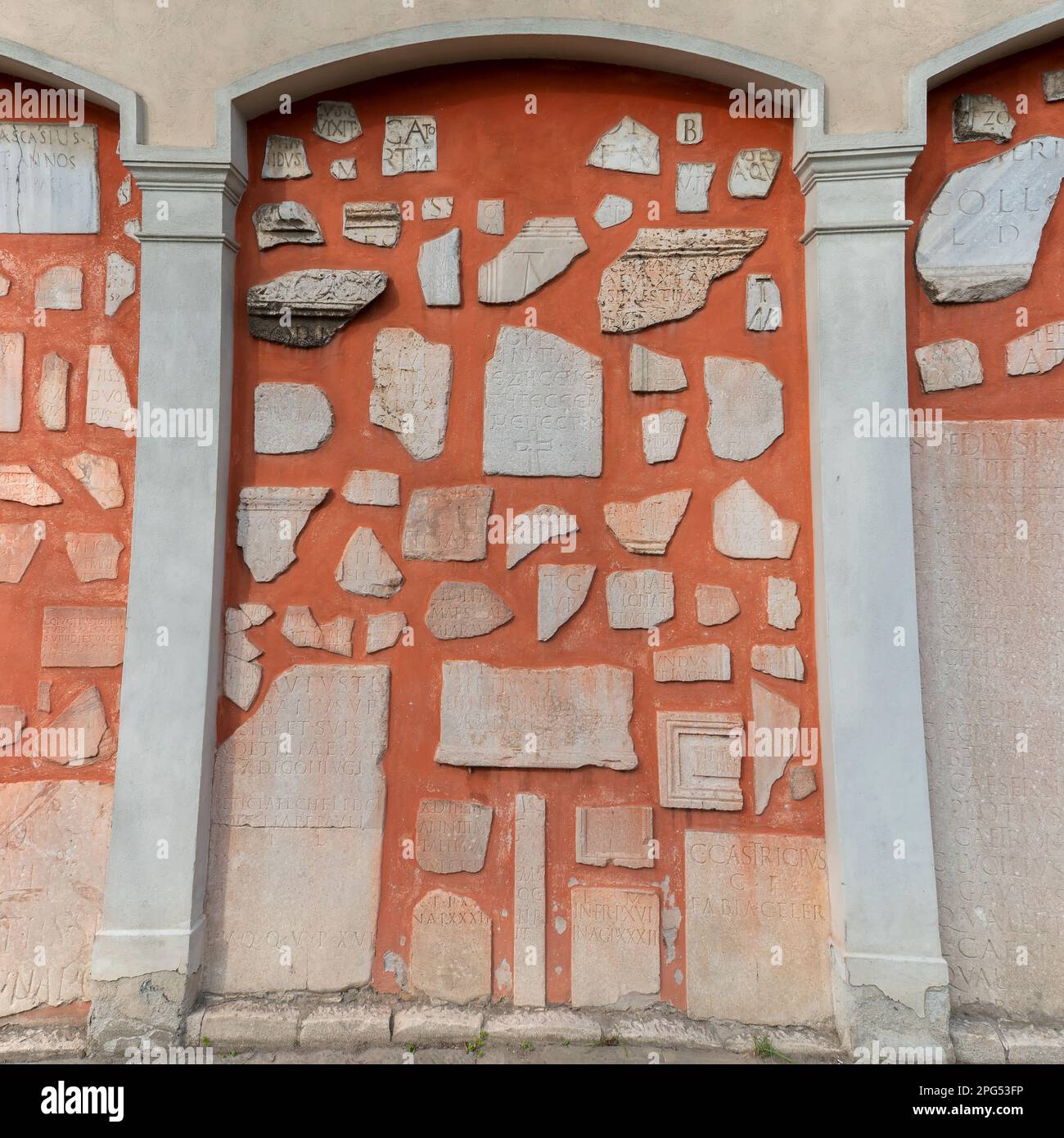 Winckelmann Antiquities Museum in Trieste, Italy Stock Photohttps://www.alamy.com/image-license-details/?v=1https://www.alamy.com/winckelmann-antiquities-museum-in-trieste-italy-image543468458.html
Winckelmann Antiquities Museum in Trieste, Italy Stock Photohttps://www.alamy.com/image-license-details/?v=1https://www.alamy.com/winckelmann-antiquities-museum-in-trieste-italy-image543468458.htmlRF2PG53FP–Winckelmann Antiquities Museum in Trieste, Italy
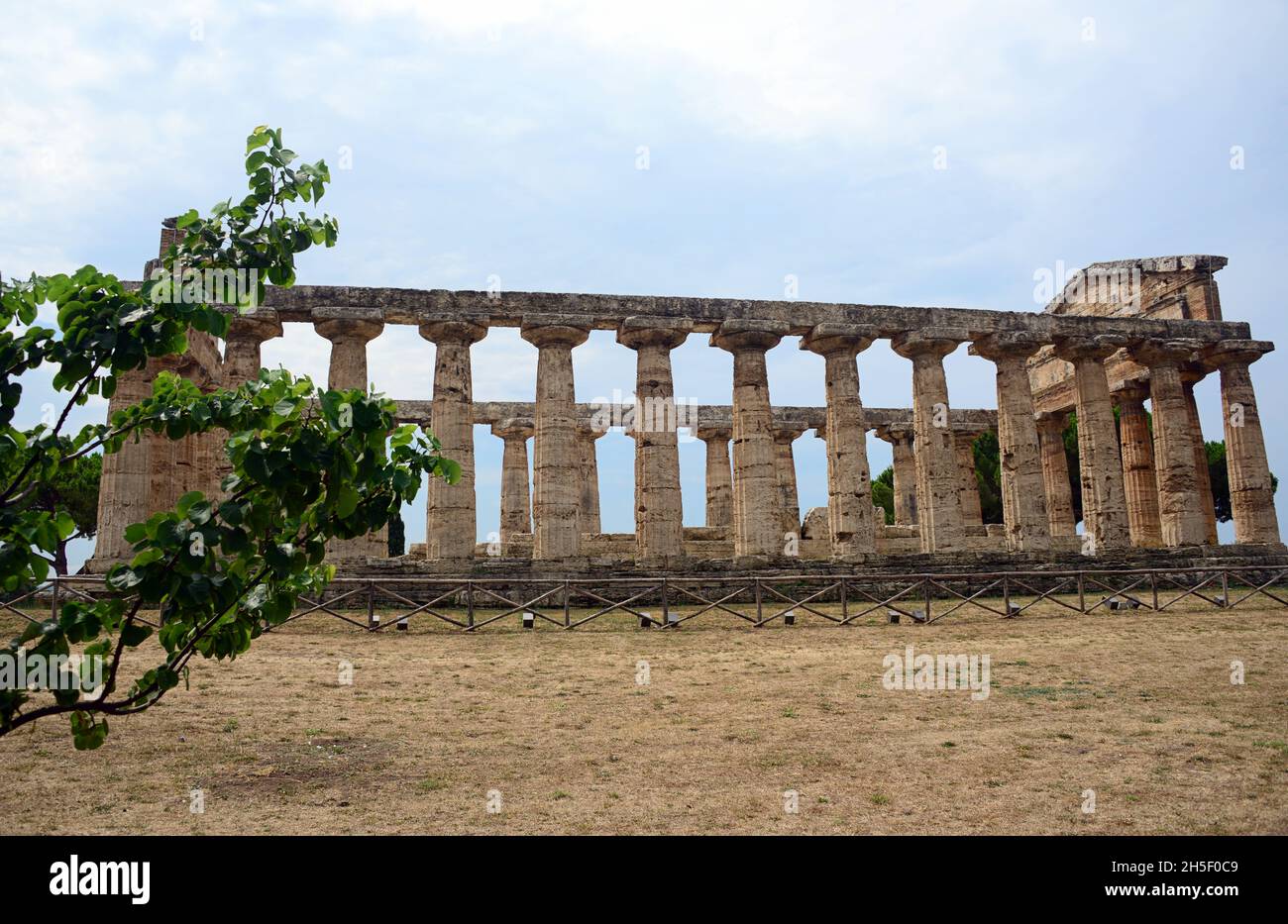 Temple of Athena-Paestum, an ancient city of Magna Graecia called by the Greeks Poseidonia in honor of Poseidon, but very devoted to Athena and Hera. Stock Photohttps://www.alamy.com/image-license-details/?v=1https://www.alamy.com/temple-of-athena-paestum-an-ancient-city-of-magna-graecia-called-by-the-greeks-poseidonia-in-honor-of-poseidon-but-very-devoted-to-athena-and-hera-image450872473.html
Temple of Athena-Paestum, an ancient city of Magna Graecia called by the Greeks Poseidonia in honor of Poseidon, but very devoted to Athena and Hera. Stock Photohttps://www.alamy.com/image-license-details/?v=1https://www.alamy.com/temple-of-athena-paestum-an-ancient-city-of-magna-graecia-called-by-the-greeks-poseidonia-in-honor-of-poseidon-but-very-devoted-to-athena-and-hera-image450872473.htmlRF2H5F0C9–Temple of Athena-Paestum, an ancient city of Magna Graecia called by the Greeks Poseidonia in honor of Poseidon, but very devoted to Athena and Hera.
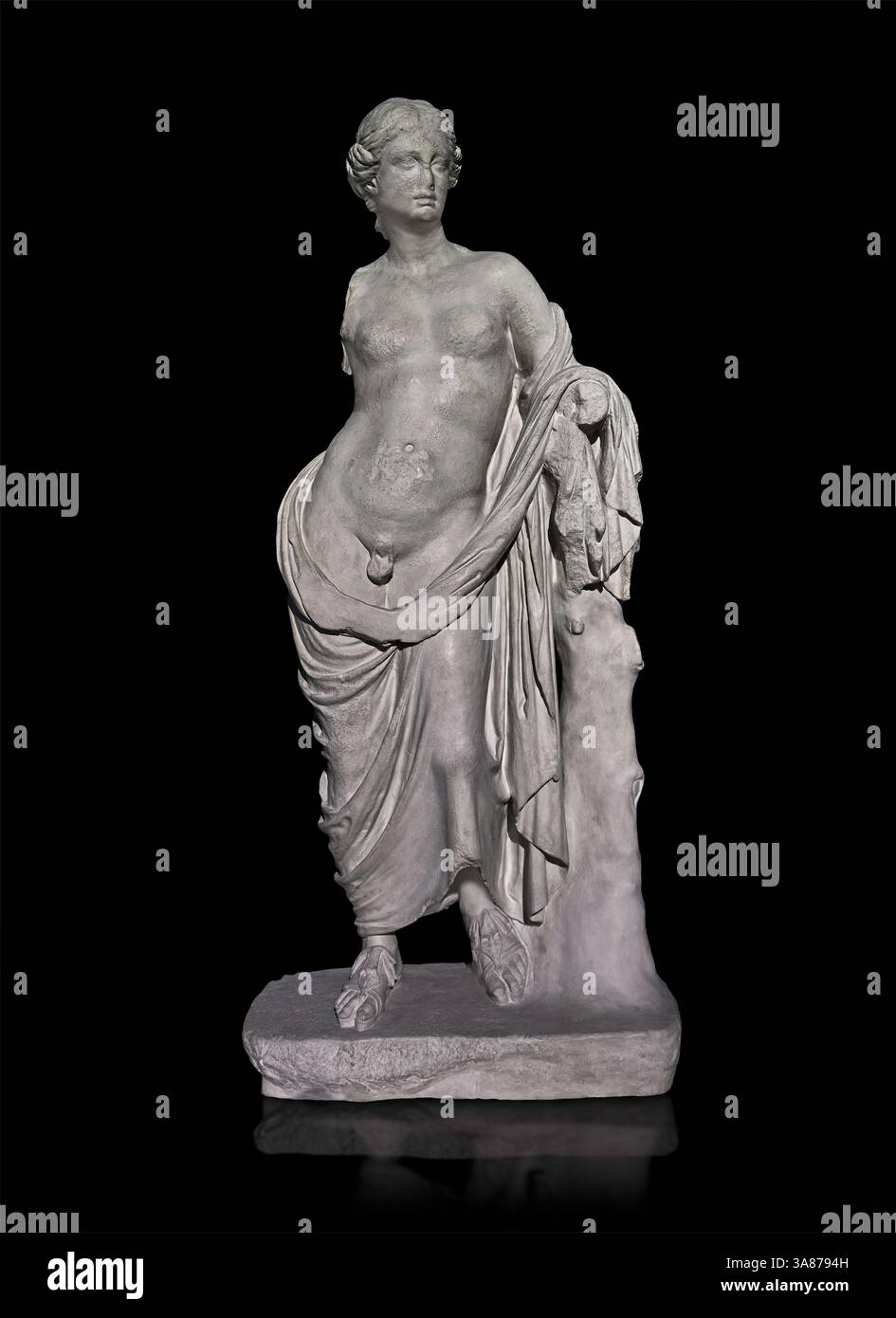 Ancient Greek statue of Hermaphrodite from a marble original in the Istanbul archaeological Museum Inv 363T Cat. Mendel 624. 180-140 BC. Hermaphrodit Stock Photohttps://www.alamy.com/image-license-details/?v=1https://www.alamy.com/ancient-greek-statue-of-hermaphrodite-from-a-marble-original-in-the-istanbul-archaeological-museum-inv-363t-cat-mendel-624-180-140-bc-hermaphrodit-image659072081.html
Ancient Greek statue of Hermaphrodite from a marble original in the Istanbul archaeological Museum Inv 363T Cat. Mendel 624. 180-140 BC. Hermaphrodit Stock Photohttps://www.alamy.com/image-license-details/?v=1https://www.alamy.com/ancient-greek-statue-of-hermaphrodite-from-a-marble-original-in-the-istanbul-archaeological-museum-inv-363t-cat-mendel-624-180-140-bc-hermaphrodit-image659072081.htmlRF3A8794H–Ancient Greek statue of Hermaphrodite from a marble original in the Istanbul archaeological Museum Inv 363T Cat. Mendel 624. 180-140 BC. Hermaphrodit
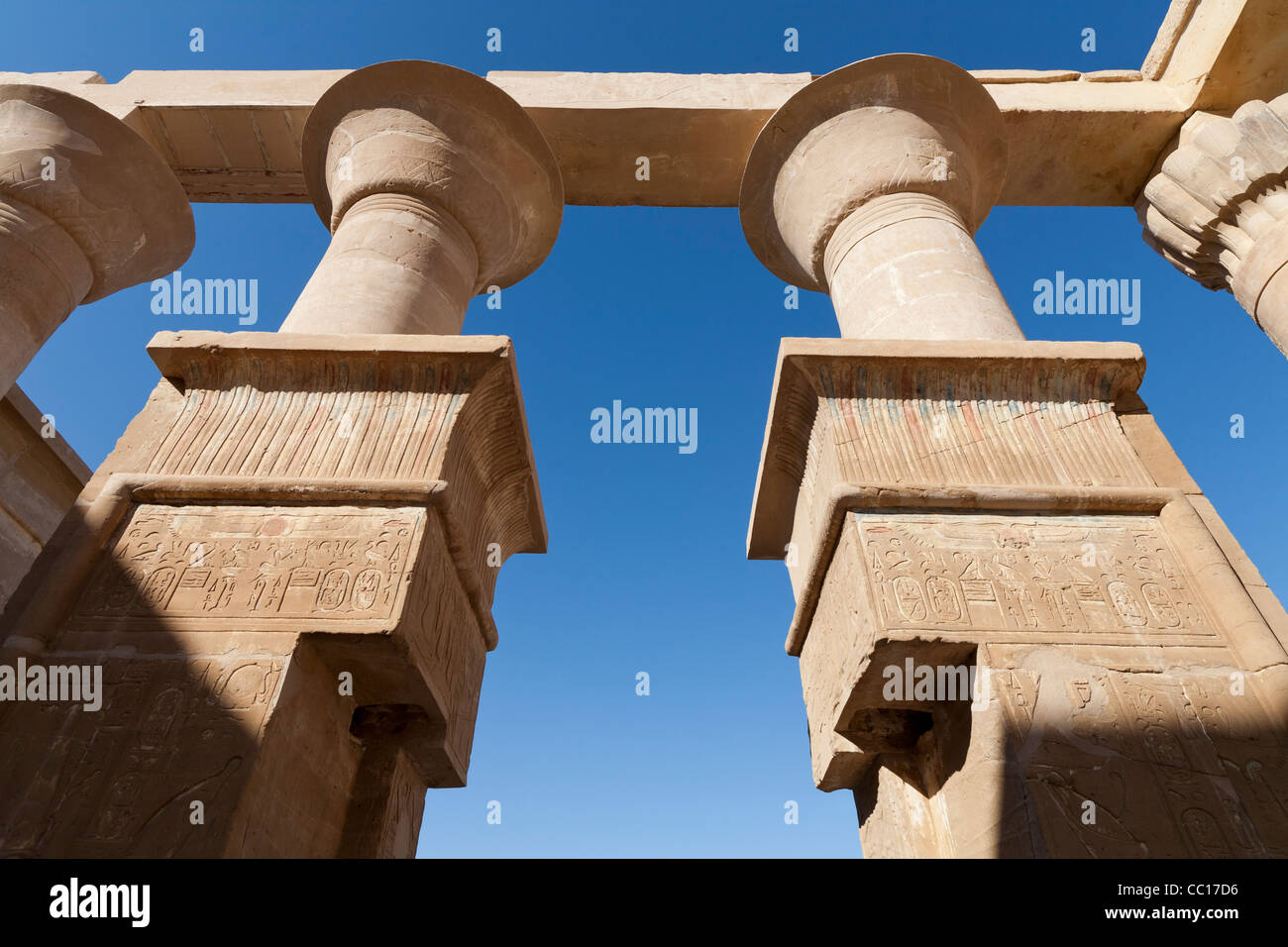 View of the gateway at the Hibis Temple, the ancient capital of Kharga Oasis, Western Desert of Egypt Stock Photohttps://www.alamy.com/image-license-details/?v=1https://www.alamy.com/stock-photo-view-of-the-gateway-at-the-hibis-temple-the-ancient-capital-of-kharga-41824418.html
View of the gateway at the Hibis Temple, the ancient capital of Kharga Oasis, Western Desert of Egypt Stock Photohttps://www.alamy.com/image-license-details/?v=1https://www.alamy.com/stock-photo-view-of-the-gateway-at-the-hibis-temple-the-ancient-capital-of-kharga-41824418.htmlRFCC17D6–View of the gateway at the Hibis Temple, the ancient capital of Kharga Oasis, Western Desert of Egypt
RMF2EN34–*Iconologia Deorum* is a work depicting the gods worshiped by the ancient Greeks and Romans, illustrated with famous statues in marble, porphyry stone, and metal. It showcases the iconography and religious significance of deities through artistic representations.
 Archeology students work at an excavation area in the City of David Archeology Park outside the Old City of Jerusalem, near the East Jerusalem neighborhood of Silwan, November 3, 2015. According to the Israel Antiquities Authority, after years of excavations underneath the Givati parking lot, the remains of a stronghold, the Acra, used by the Greeks more than 2,000 years ago to control the Temple Mount during the reign of King Antiochus Epiphanes (c. 215-164 BCE) were discovered at the excavation site. Archeological findings of sling stones, arrowheads, and ballistas stones were recovered and Stock Photohttps://www.alamy.com/image-license-details/?v=1https://www.alamy.com/archeology-students-work-at-an-excavation-area-in-the-city-of-david-archeology-park-outside-the-old-city-of-jerusalem-near-the-east-jerusalem-neighborhood-of-silwan-november-3-2015-according-to-the-israel-antiquities-authority-after-years-of-excavations-underneath-the-givati-parking-lot-the-remains-of-a-stronghold-the-acra-used-by-the-greeks-more-than-2000-years-ago-to-control-the-temple-mount-during-the-reign-of-king-antiochus-epiphanes-c-215-164-bce-were-discovered-at-the-excavation-site-archeological-findings-of-sling-stones-arrowheads-and-ballistas-stones-were-recovered-and-image257492968.html
Archeology students work at an excavation area in the City of David Archeology Park outside the Old City of Jerusalem, near the East Jerusalem neighborhood of Silwan, November 3, 2015. According to the Israel Antiquities Authority, after years of excavations underneath the Givati parking lot, the remains of a stronghold, the Acra, used by the Greeks more than 2,000 years ago to control the Temple Mount during the reign of King Antiochus Epiphanes (c. 215-164 BCE) were discovered at the excavation site. Archeological findings of sling stones, arrowheads, and ballistas stones were recovered and Stock Photohttps://www.alamy.com/image-license-details/?v=1https://www.alamy.com/archeology-students-work-at-an-excavation-area-in-the-city-of-david-archeology-park-outside-the-old-city-of-jerusalem-near-the-east-jerusalem-neighborhood-of-silwan-november-3-2015-according-to-the-israel-antiquities-authority-after-years-of-excavations-underneath-the-givati-parking-lot-the-remains-of-a-stronghold-the-acra-used-by-the-greeks-more-than-2000-years-ago-to-control-the-temple-mount-during-the-reign-of-king-antiochus-epiphanes-c-215-164-bce-were-discovered-at-the-excavation-site-archeological-findings-of-sling-stones-arrowheads-and-ballistas-stones-were-recovered-and-image257492968.htmlRMTXWPWC–Archeology students work at an excavation area in the City of David Archeology Park outside the Old City of Jerusalem, near the East Jerusalem neighborhood of Silwan, November 3, 2015. According to the Israel Antiquities Authority, after years of excavations underneath the Givati parking lot, the remains of a stronghold, the Acra, used by the Greeks more than 2,000 years ago to control the Temple Mount during the reign of King Antiochus Epiphanes (c. 215-164 BCE) were discovered at the excavation site. Archeological findings of sling stones, arrowheads, and ballistas stones were recovered and
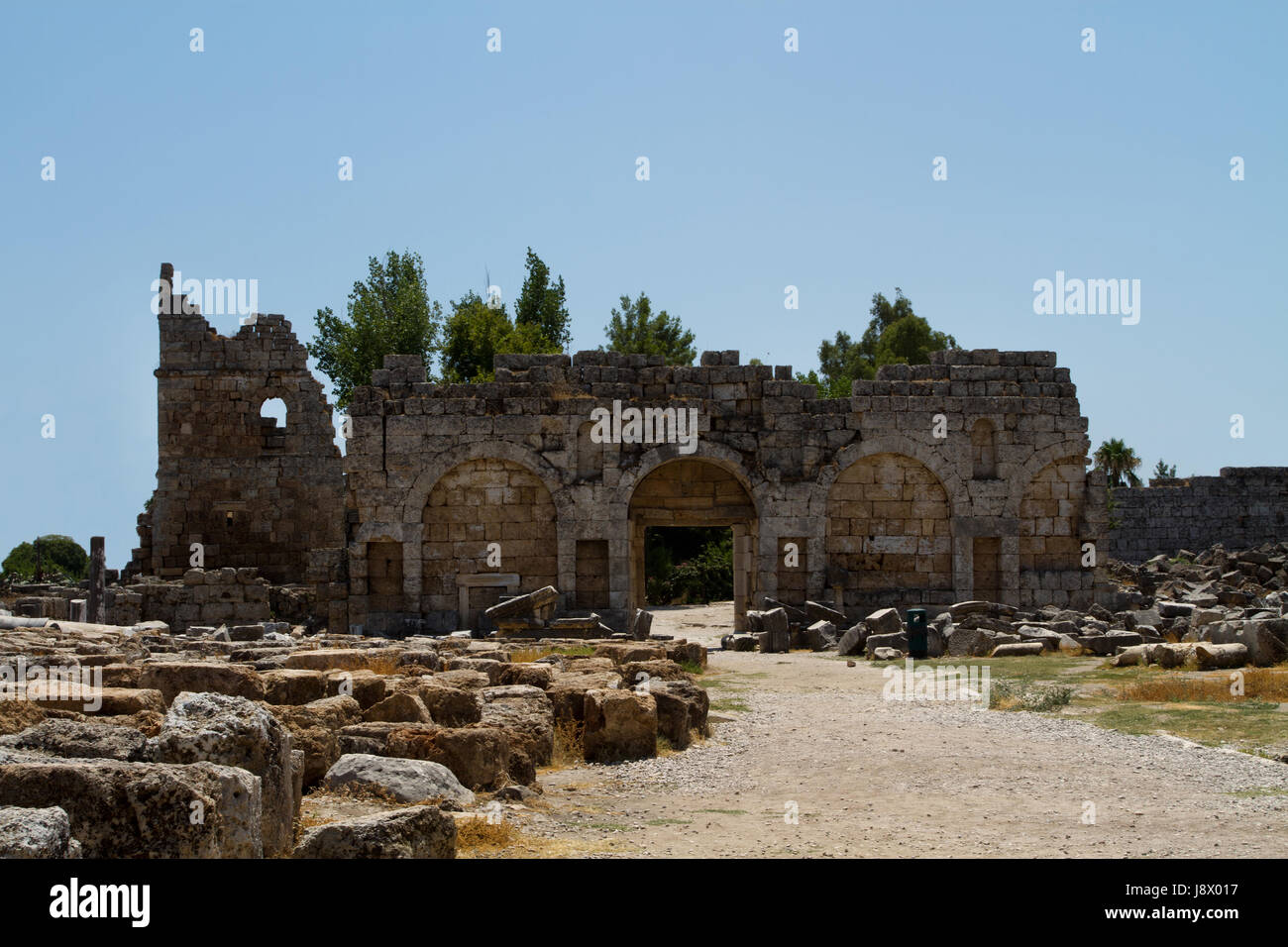 travel, historical, story, big, large, enormous, extreme, powerful, imposing, Stock Photohttps://www.alamy.com/image-license-details/?v=1https://www.alamy.com/stock-photo-travel-historical-story-big-large-enormous-extreme-powerful-imposing-143170979.html
travel, historical, story, big, large, enormous, extreme, powerful, imposing, Stock Photohttps://www.alamy.com/image-license-details/?v=1https://www.alamy.com/stock-photo-travel-historical-story-big-large-enormous-extreme-powerful-imposing-143170979.htmlRFJ8X017–travel, historical, story, big, large, enormous, extreme, powerful, imposing,
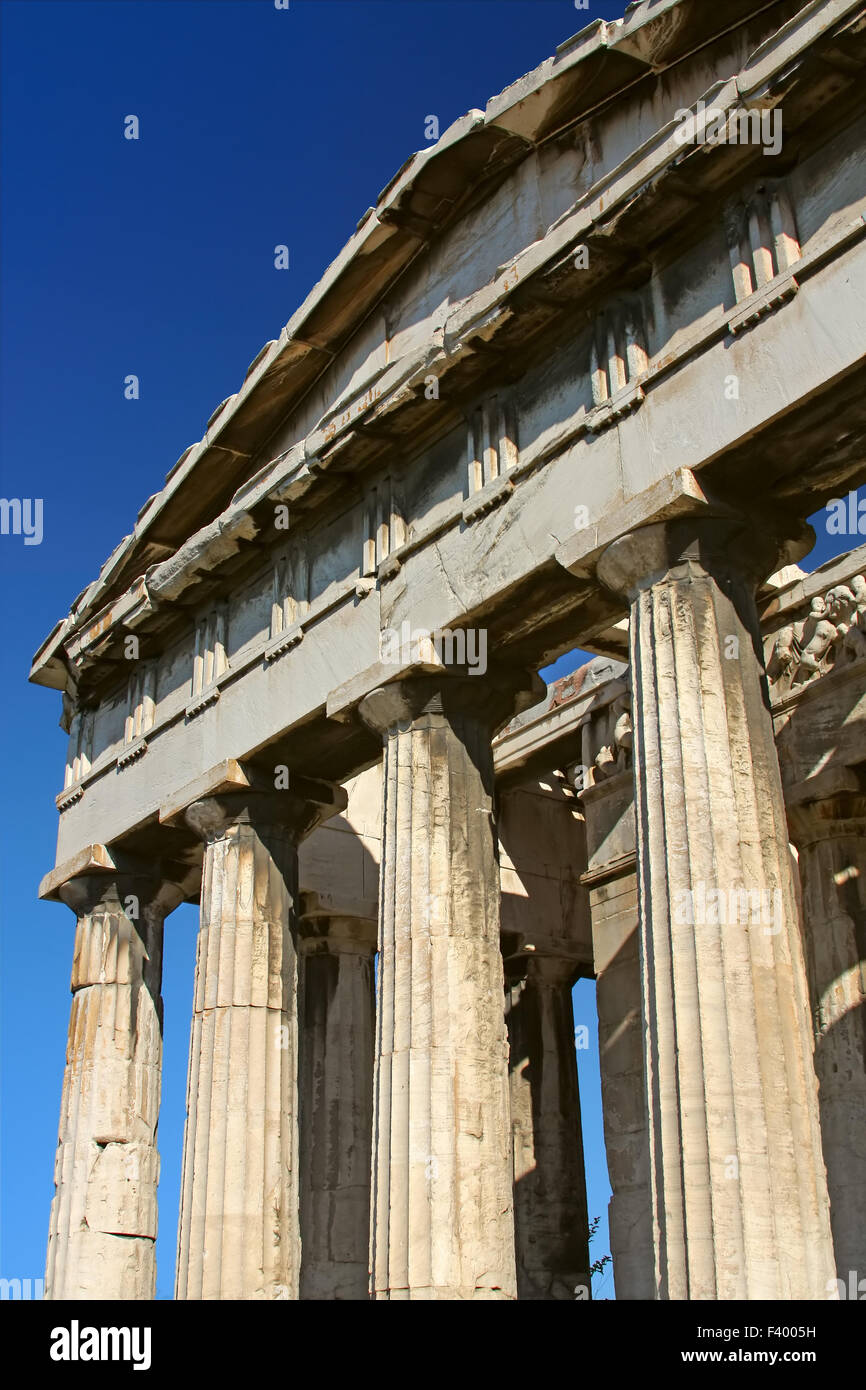 Ancient greek temple Stock Photohttps://www.alamy.com/image-license-details/?v=1https://www.alamy.com/stock-photo-ancient-greek-temple-88510621.html
Ancient greek temple Stock Photohttps://www.alamy.com/image-license-details/?v=1https://www.alamy.com/stock-photo-ancient-greek-temple-88510621.htmlRFF4005H–Ancient greek temple
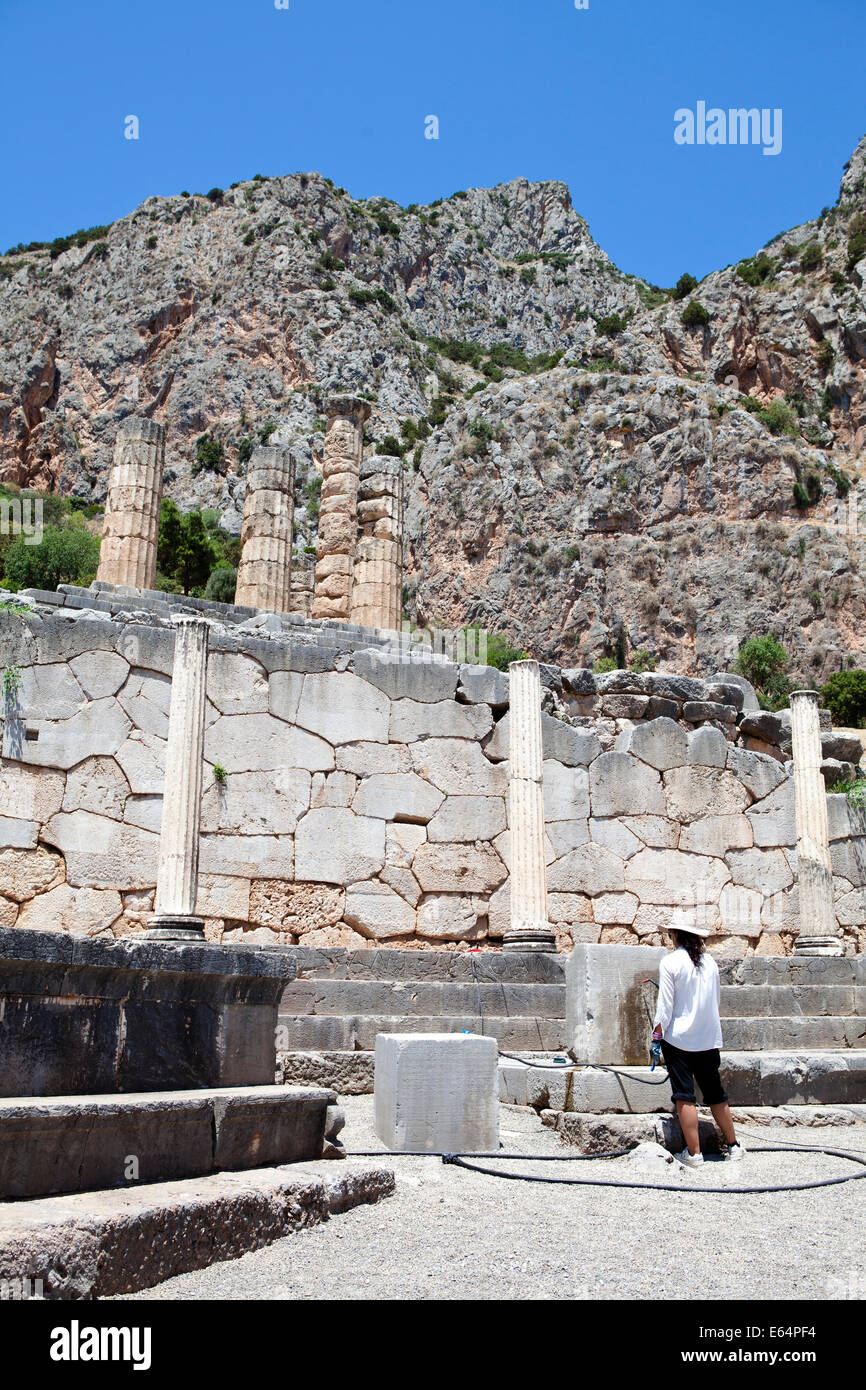 Delphi, Greece, an Archaeologist restoring the ruins Stock Photohttps://www.alamy.com/image-license-details/?v=1https://www.alamy.com/stock-photo-delphi-greece-an-archaeologist-restoring-the-ruins-72634888.html
Delphi, Greece, an Archaeologist restoring the ruins Stock Photohttps://www.alamy.com/image-license-details/?v=1https://www.alamy.com/stock-photo-delphi-greece-an-archaeologist-restoring-the-ruins-72634888.htmlRME64PF4–Delphi, Greece, an Archaeologist restoring the ruins
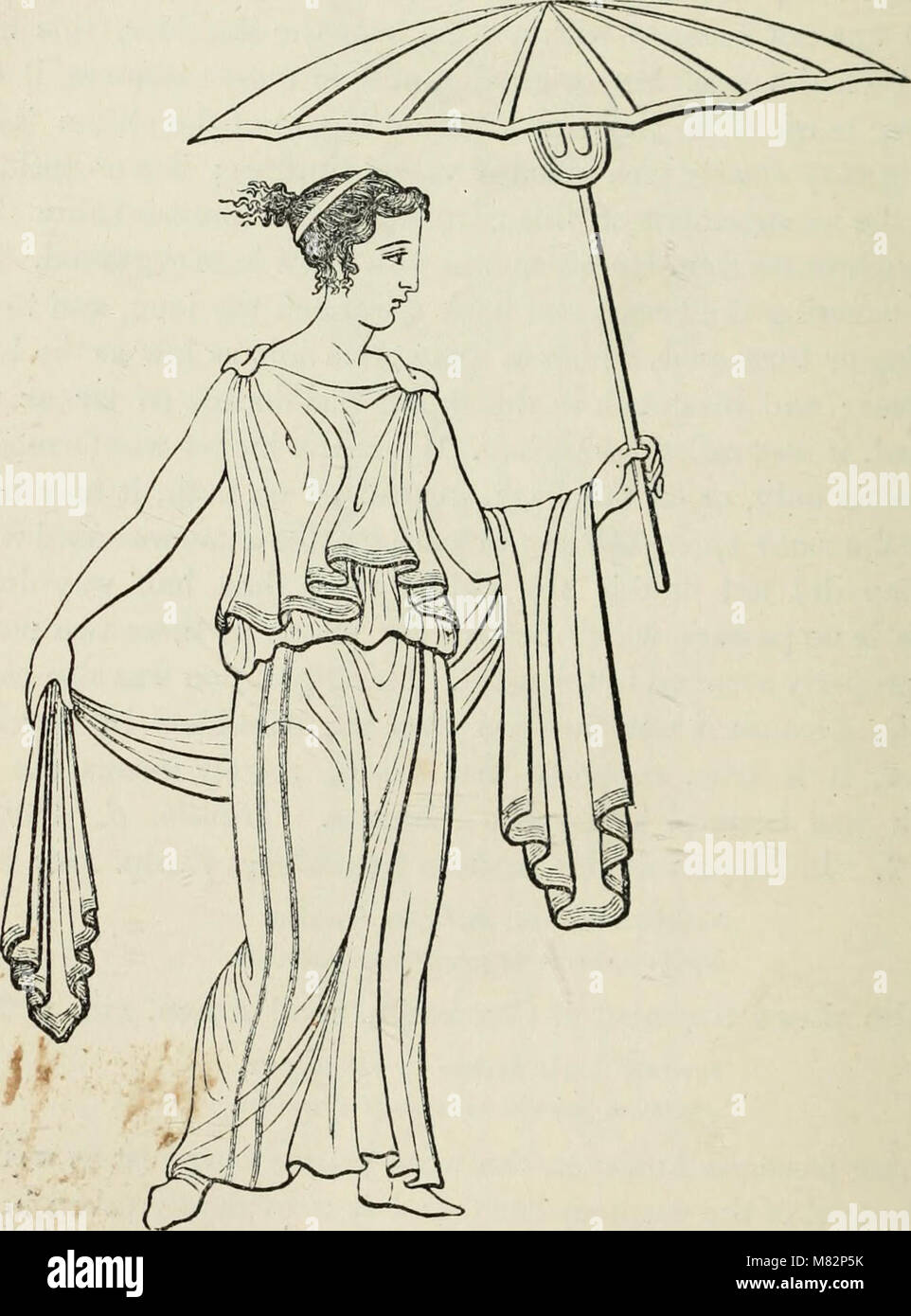 Charicles- or, Illustrations of the private life of the ancient Greeks (1874) (14761952834) Stock Photohttps://www.alamy.com/image-license-details/?v=1https://www.alamy.com/stock-photo-charicles-or-illustrations-of-the-private-life-of-the-ancient-greeks-177082239.html
Charicles- or, Illustrations of the private life of the ancient Greeks (1874) (14761952834) Stock Photohttps://www.alamy.com/image-license-details/?v=1https://www.alamy.com/stock-photo-charicles-or-illustrations-of-the-private-life-of-the-ancient-greeks-177082239.htmlRMM82P5K–Charicles- or, Illustrations of the private life of the ancient Greeks (1874) (14761952834)
RM2WT6FMX–Lazio Roma Rome S. Maria in Cosmedin6. Hutzel, Max 1960-1990 Medieval: Architecture, mosaics, sculpture, sculptural relief. Post-medieval: Painting (frescoes), sculpture Object Notes: Basilica is famous for 'Bocca della Verita' relief in the exterior forecourt. The basilica was erected in the 6th century and enlarged by Hadrian in the 8th century. It dates back to the arrival of Greeks in Rome, persecuted in Greece by the Iconoclasts of the Orient. German-born photographer and scholar Max Hutzel (1911-1988) photographed in Italy from the early 1960s until his death. The result of this project,
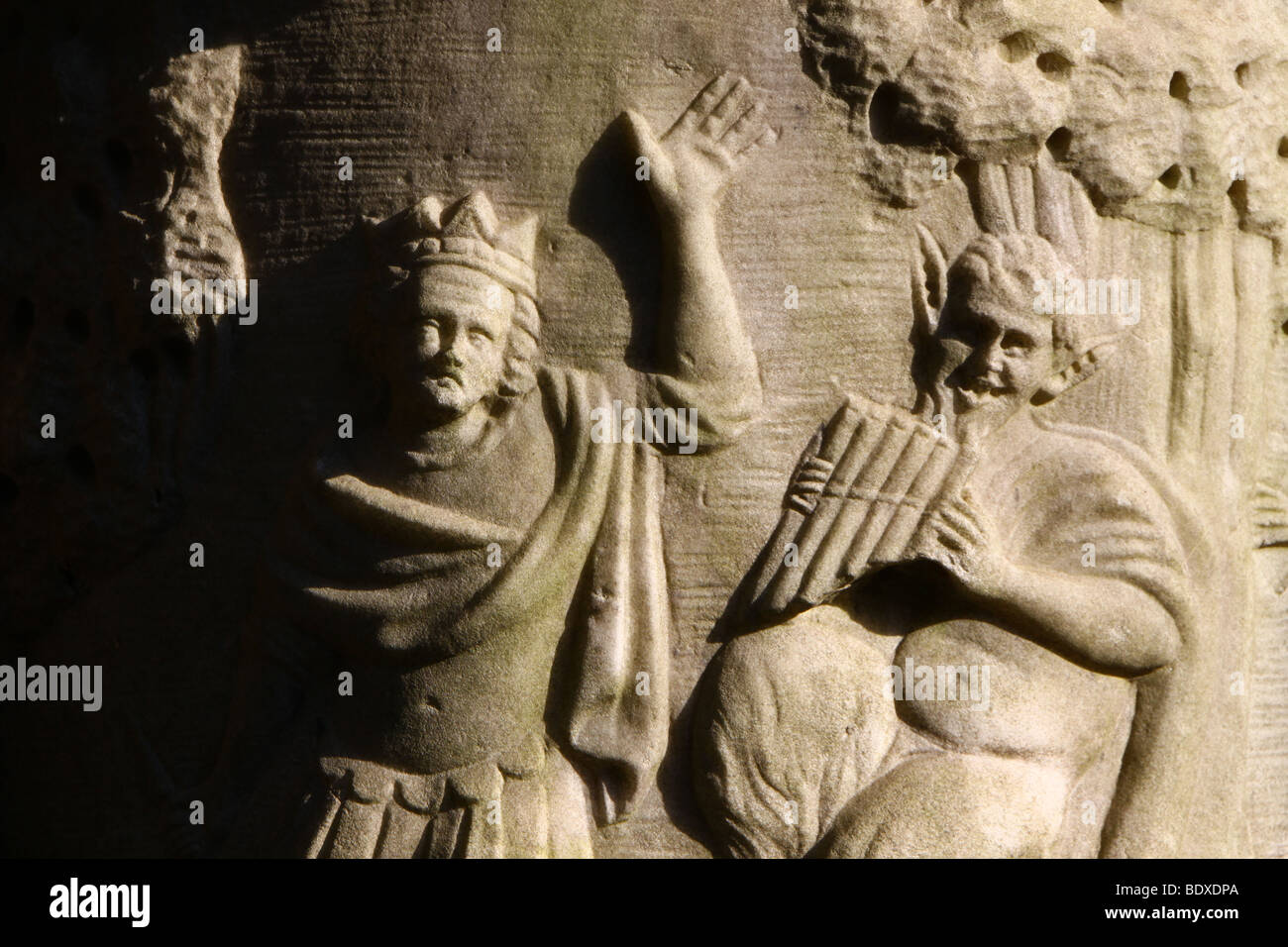 Bas relief on ancient roman vase, Quirinale gardens, Rome, Italy. Stock Photohttps://www.alamy.com/image-license-details/?v=1https://www.alamy.com/stock-photo-bas-relief-on-ancient-roman-vase-quirinale-gardens-rome-italy-25782466.html
Bas relief on ancient roman vase, Quirinale gardens, Rome, Italy. Stock Photohttps://www.alamy.com/image-license-details/?v=1https://www.alamy.com/stock-photo-bas-relief-on-ancient-roman-vase-quirinale-gardens-rome-italy-25782466.htmlRMBDXDPA–Bas relief on ancient roman vase, Quirinale gardens, Rome, Italy.
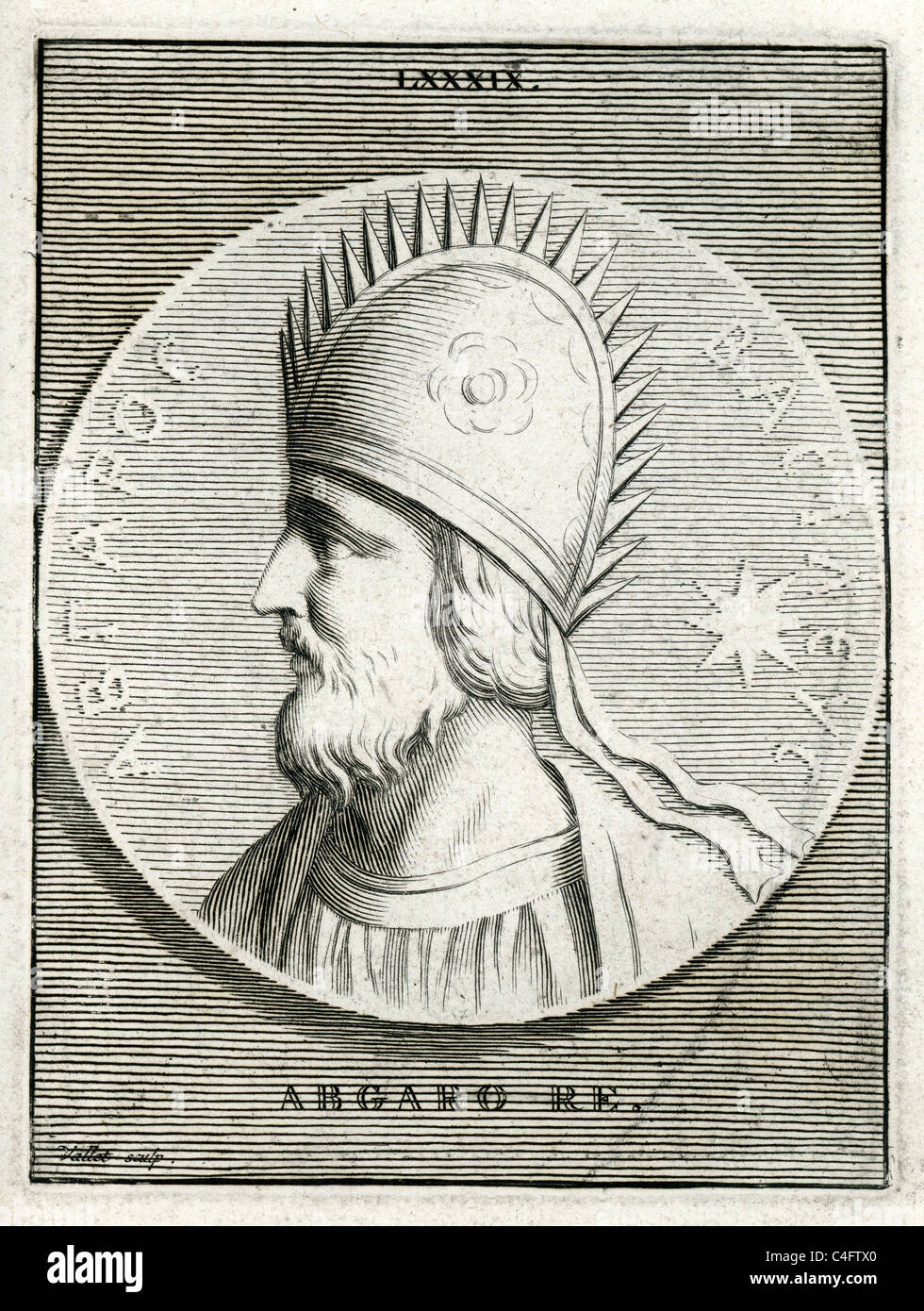 Classical portrait of Abgar V of Edessa or Abgarus V of Edessa (4 BC to AD 7 and AD 13 to 50) Stock Photohttps://www.alamy.com/image-license-details/?v=1https://www.alamy.com/stock-photo-classical-portrait-of-abgar-v-of-edessa-or-abgarus-v-of-edessa-4-bc-37228184.html
Classical portrait of Abgar V of Edessa or Abgarus V of Edessa (4 BC to AD 7 and AD 13 to 50) Stock Photohttps://www.alamy.com/image-license-details/?v=1https://www.alamy.com/stock-photo-classical-portrait-of-abgar-v-of-edessa-or-abgarus-v-of-edessa-4-bc-37228184.htmlRMC4FTX0–Classical portrait of Abgar V of Edessa or Abgarus V of Edessa (4 BC to AD 7 and AD 13 to 50)
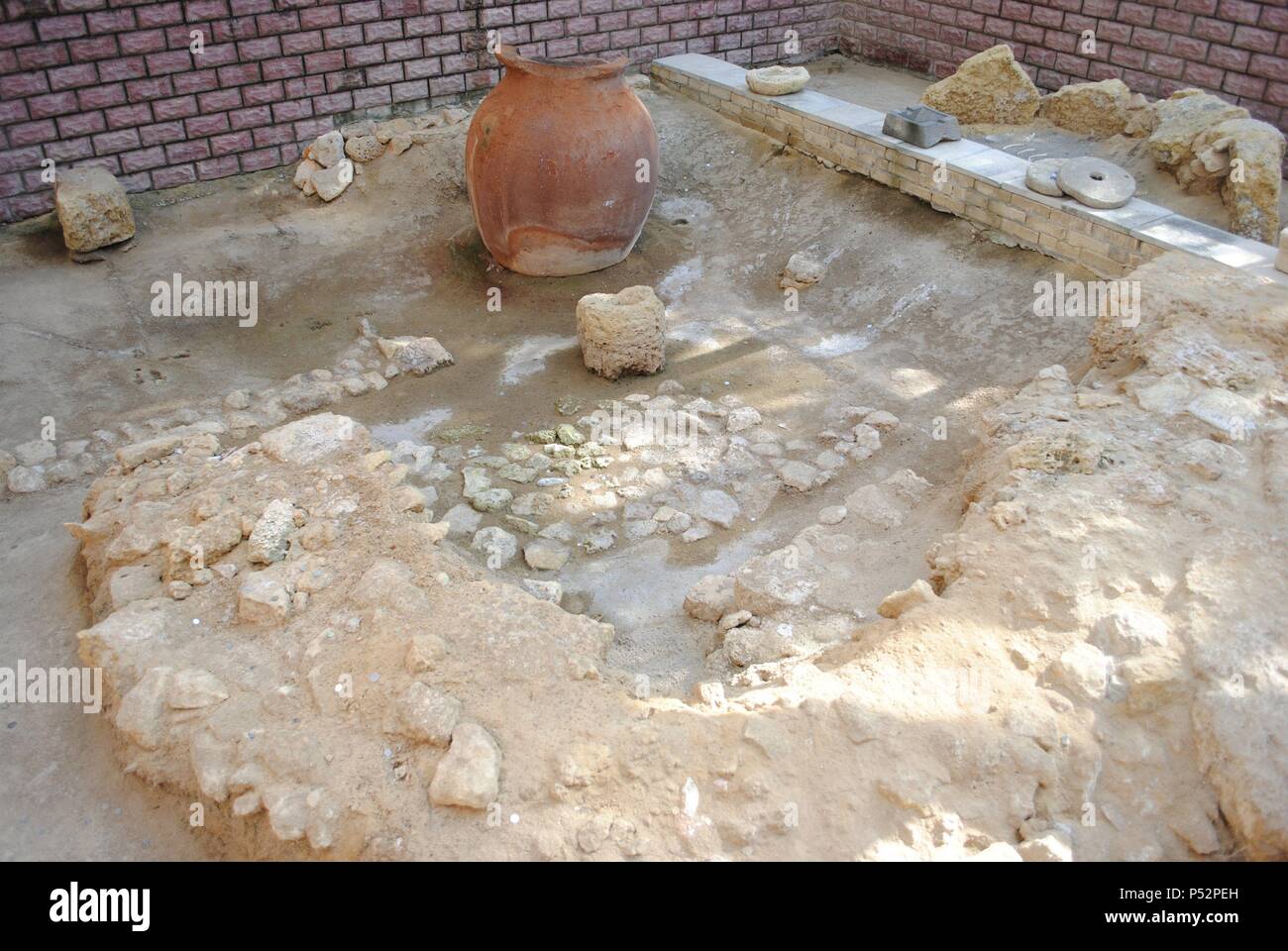 Ukraine. Autonomous Republic of Crimea. Yevpatoria. Greek ruins of ancient city, founded by the Greeks around 500 BC. Detail. Stock Photohttps://www.alamy.com/image-license-details/?v=1https://www.alamy.com/ukraine-autonomous-republic-of-crimea-yevpatoria-greek-ruins-of-ancient-city-founded-by-the-greeks-around-500-bc-detail-image209659257.html
Ukraine. Autonomous Republic of Crimea. Yevpatoria. Greek ruins of ancient city, founded by the Greeks around 500 BC. Detail. Stock Photohttps://www.alamy.com/image-license-details/?v=1https://www.alamy.com/ukraine-autonomous-republic-of-crimea-yevpatoria-greek-ruins-of-ancient-city-founded-by-the-greeks-around-500-bc-detail-image209659257.htmlRMP52PEH–Ukraine. Autonomous Republic of Crimea. Yevpatoria. Greek ruins of ancient city, founded by the Greeks around 500 BC. Detail.